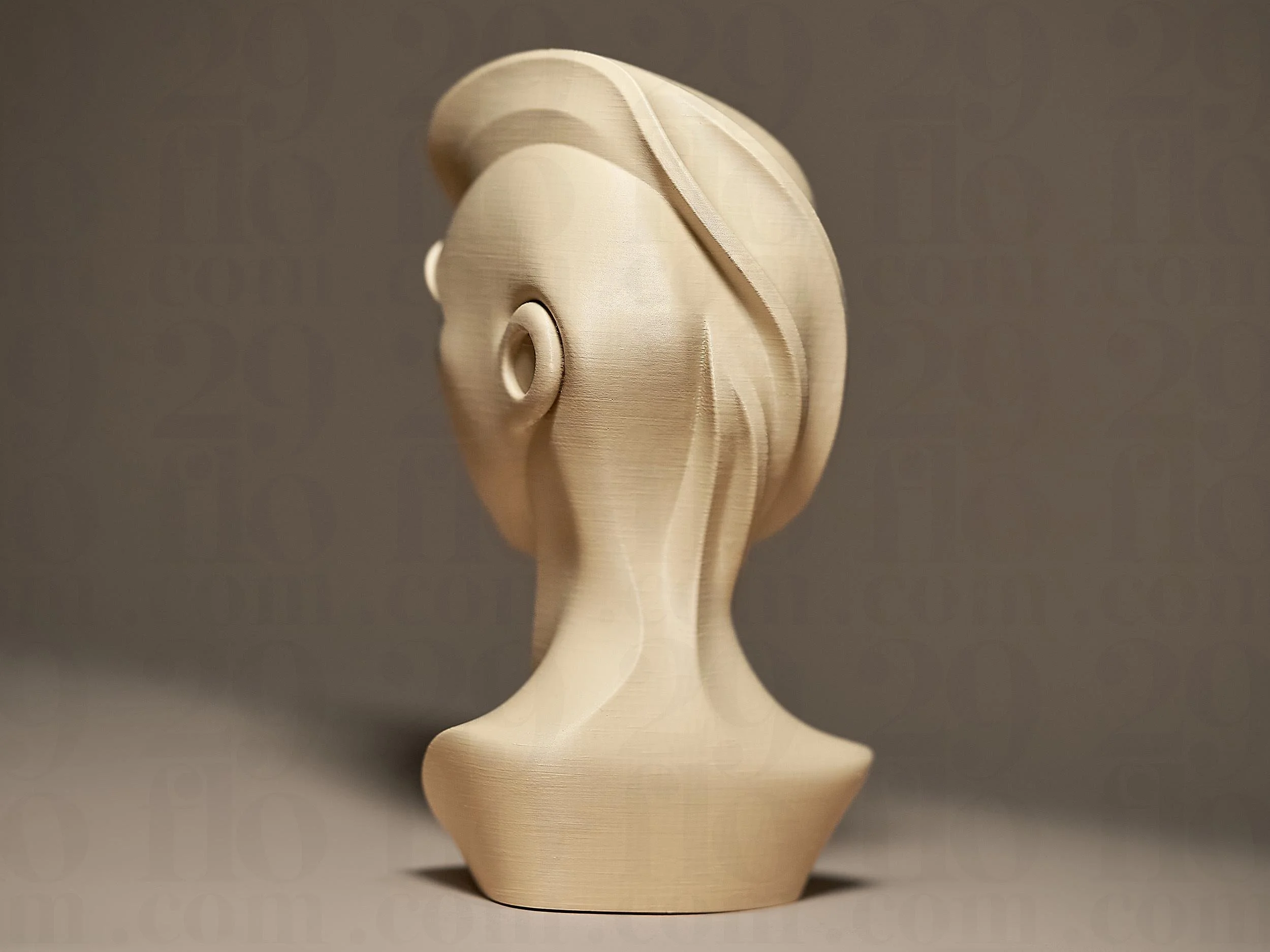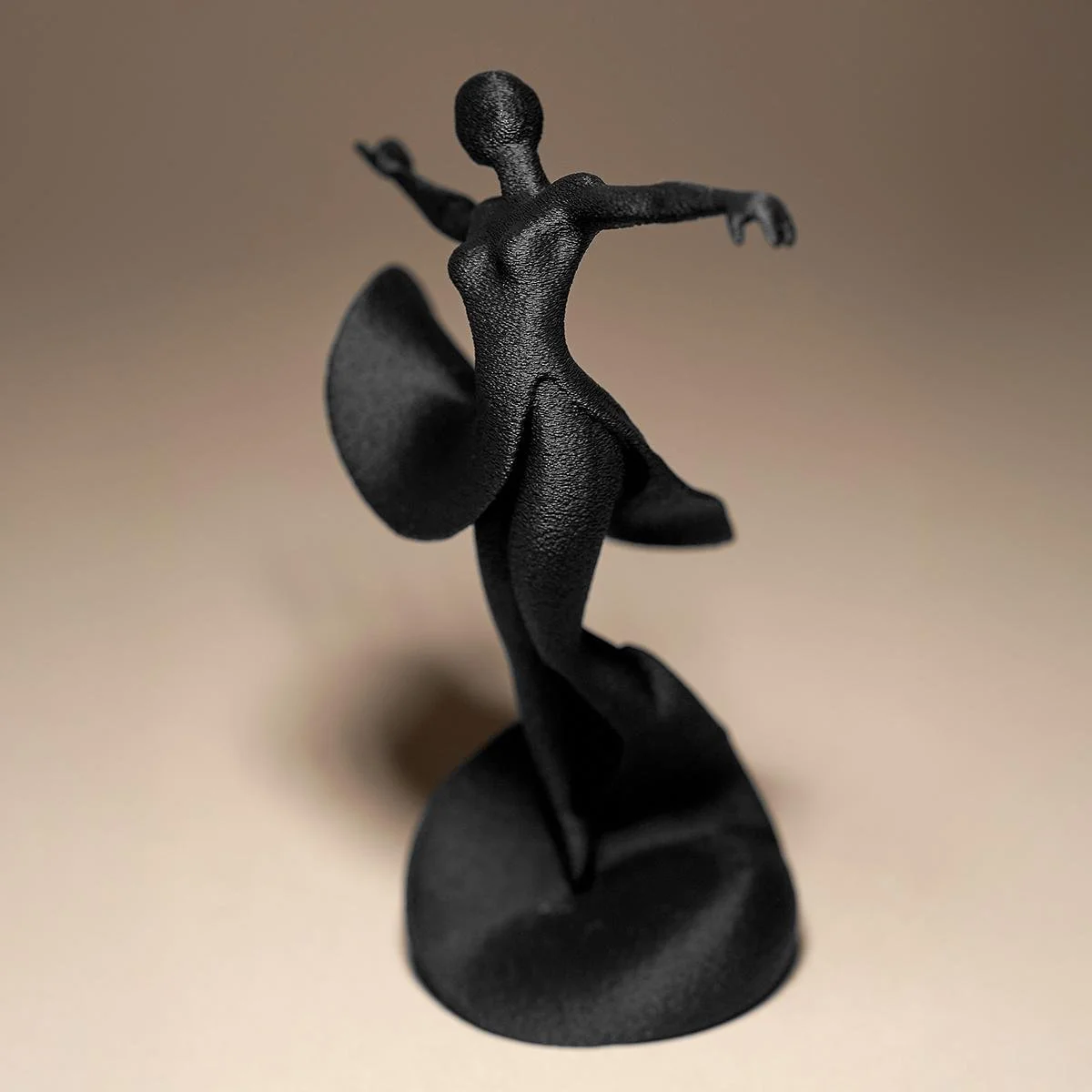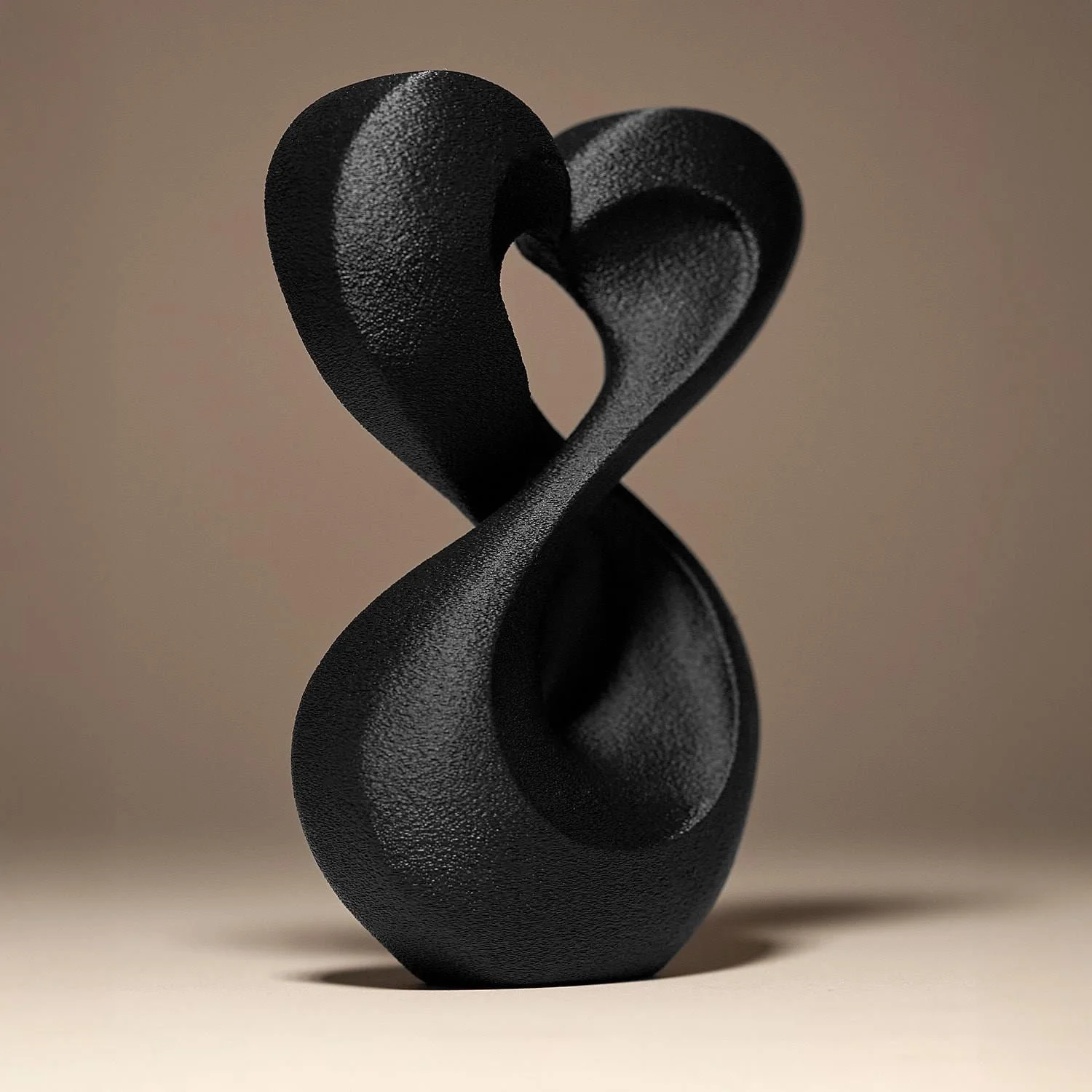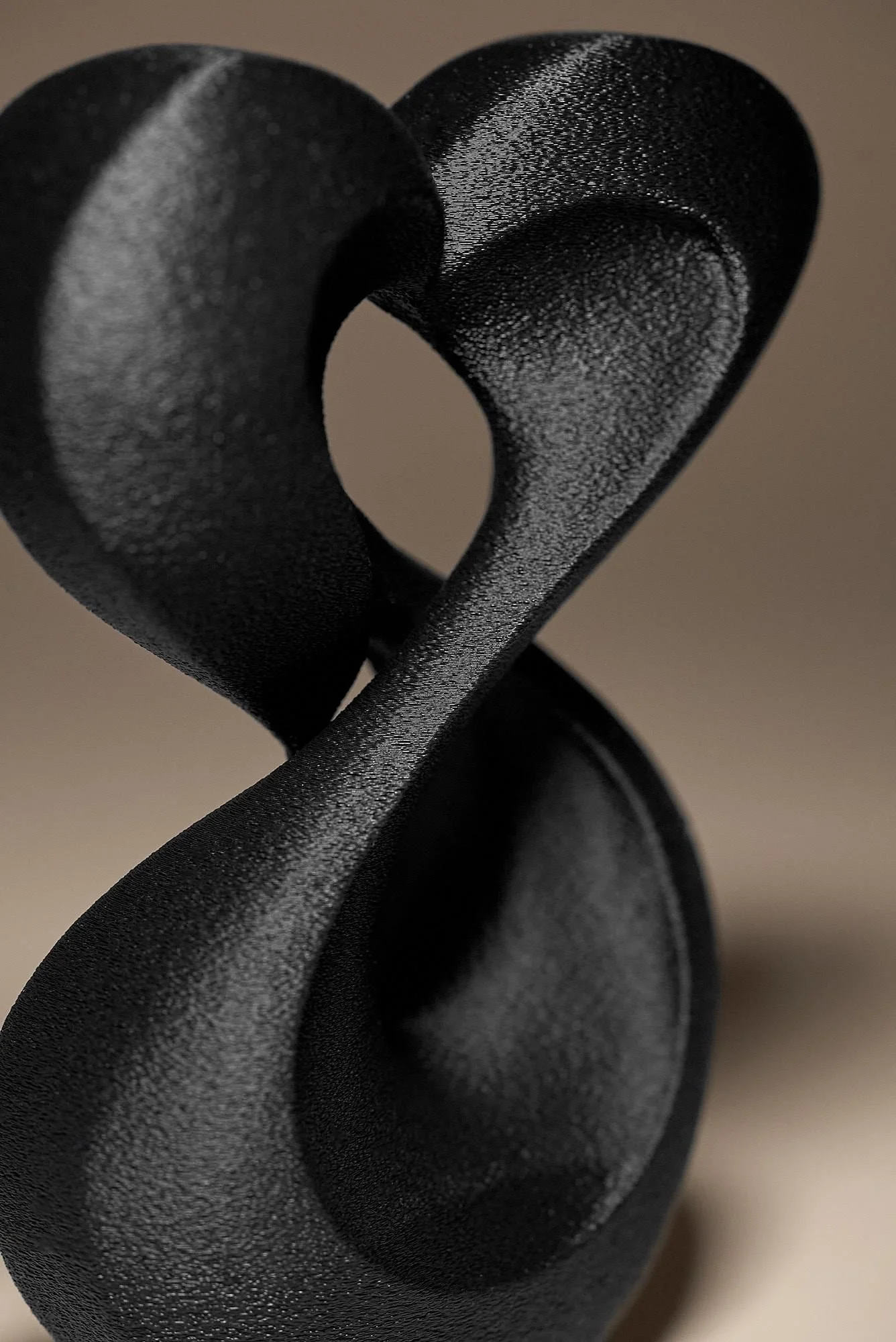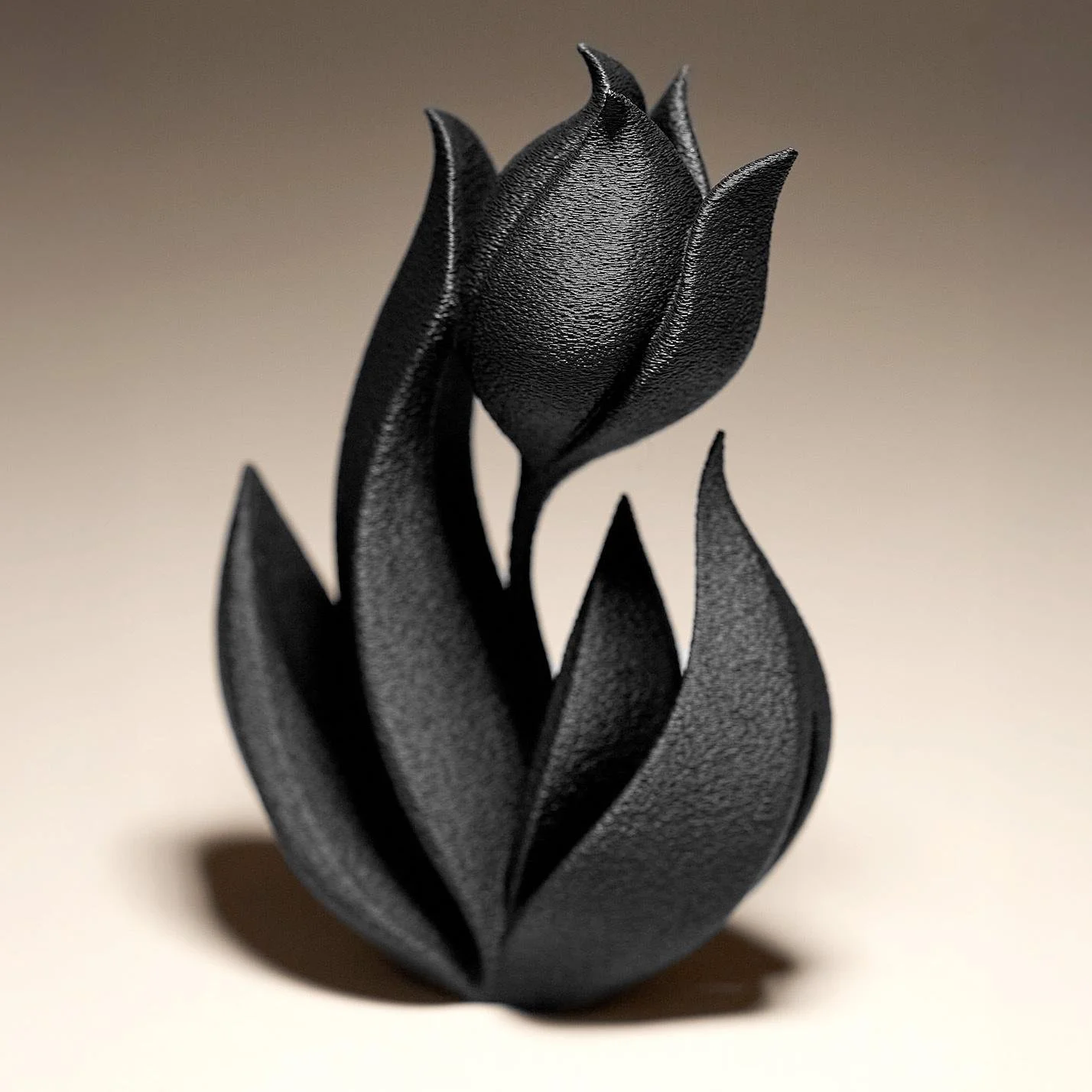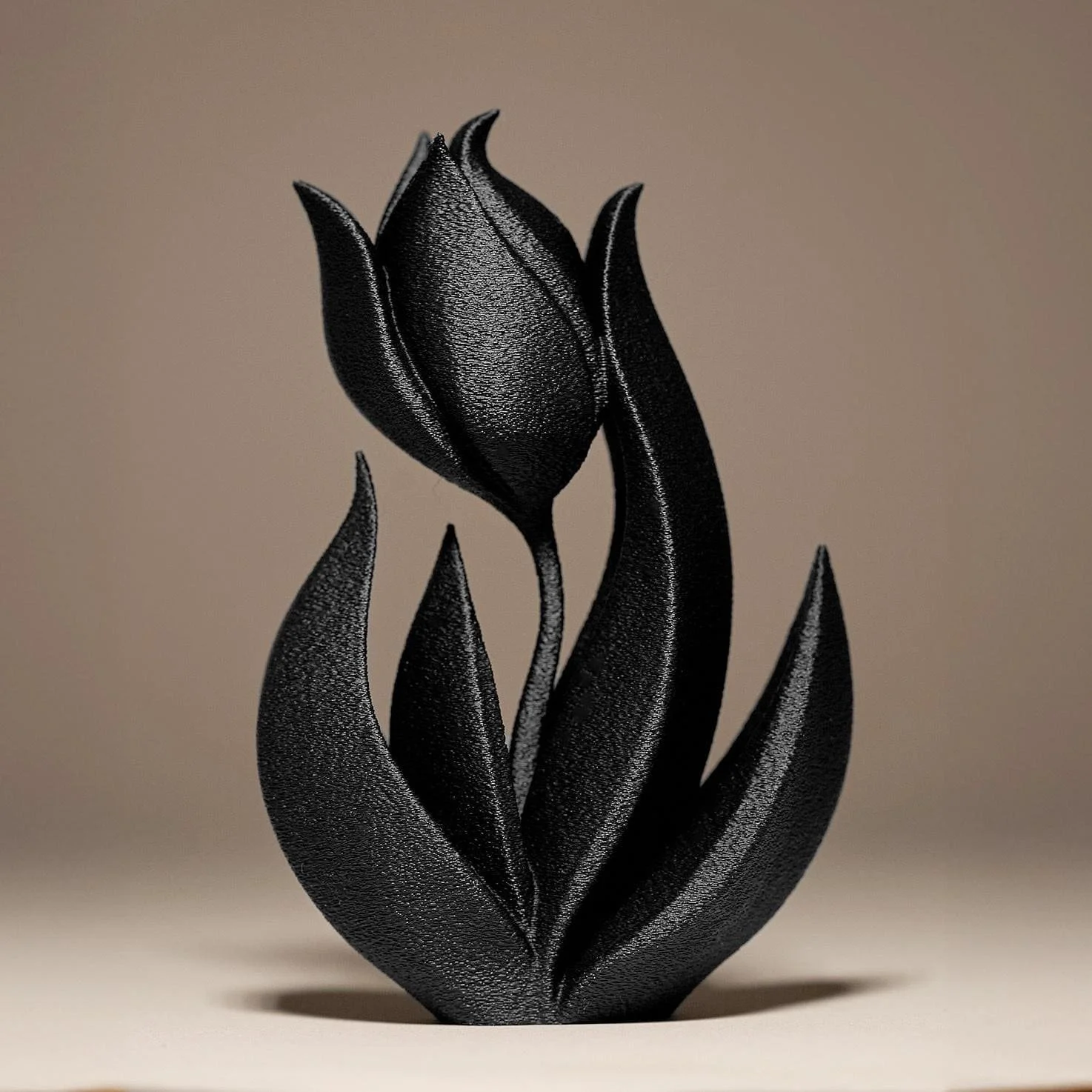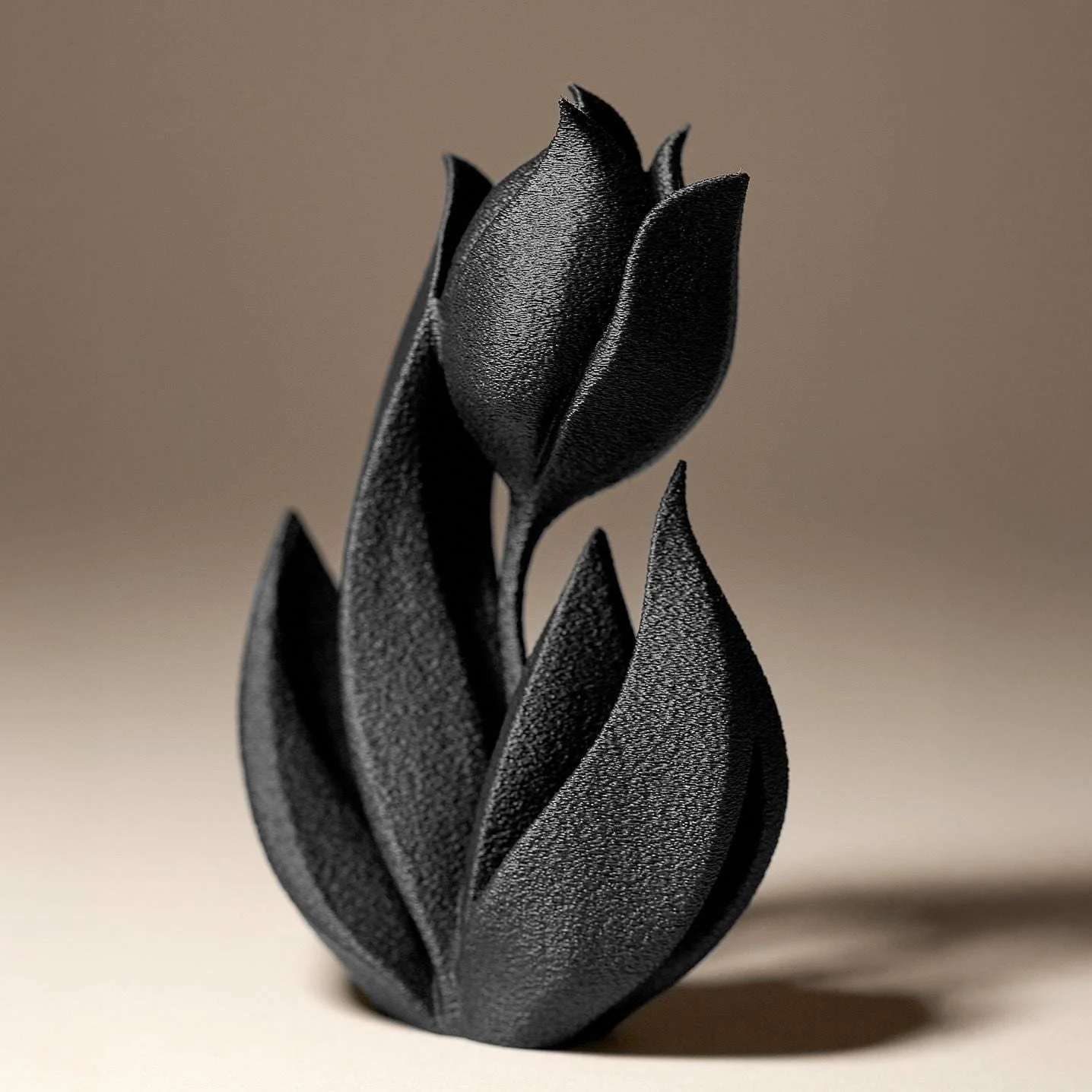All 3D Figurines 25% Off!
〰️
Discount Applies at Checkout
〰️
All 3D Figurines 25% Off! 〰️ Discount Applies at Checkout 〰️
3D Printed Figurines
3D Printed Figurines
- Animals |
- Human Form |
- Religious |
- Holidays |
- Misc. |
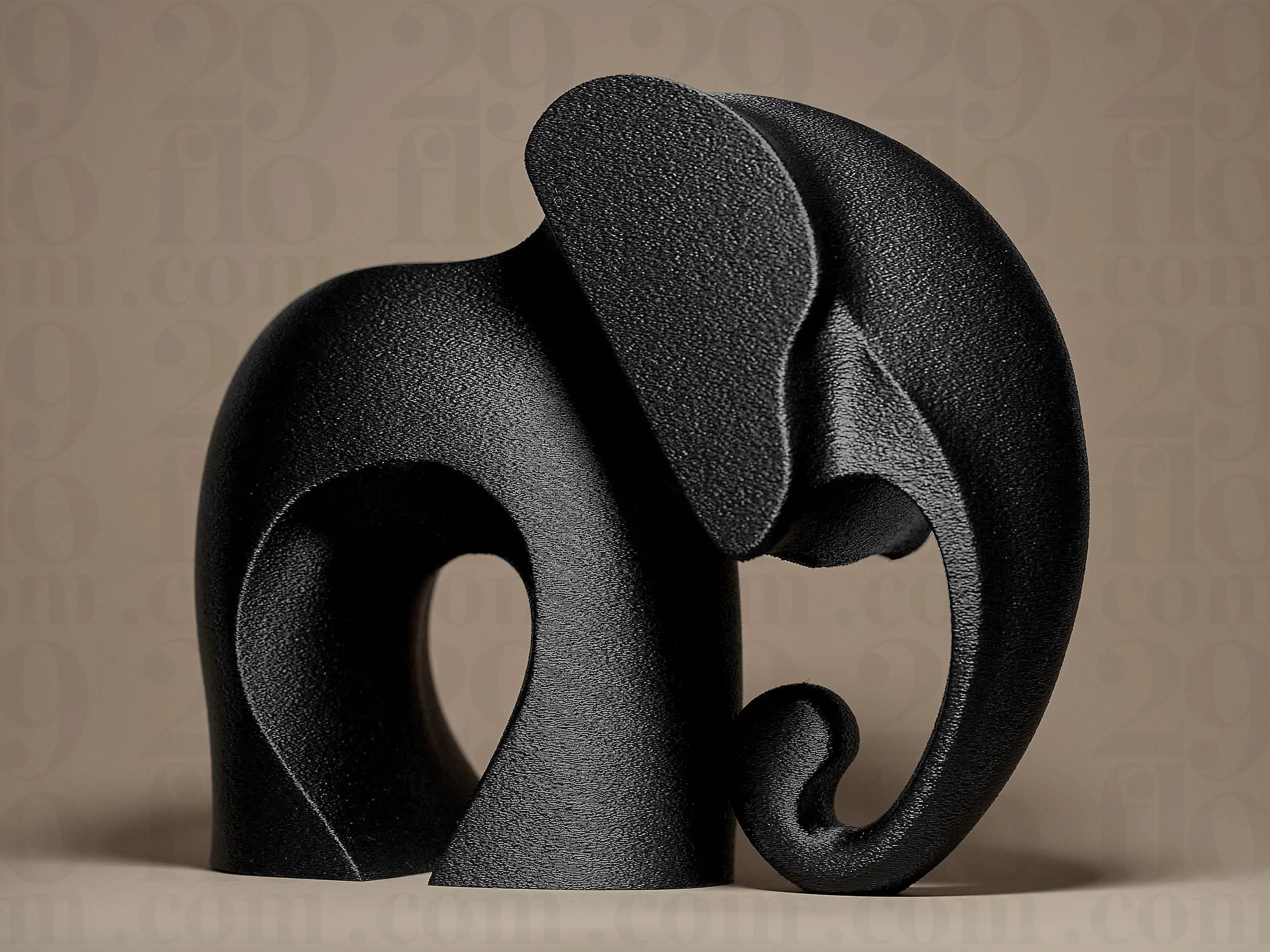


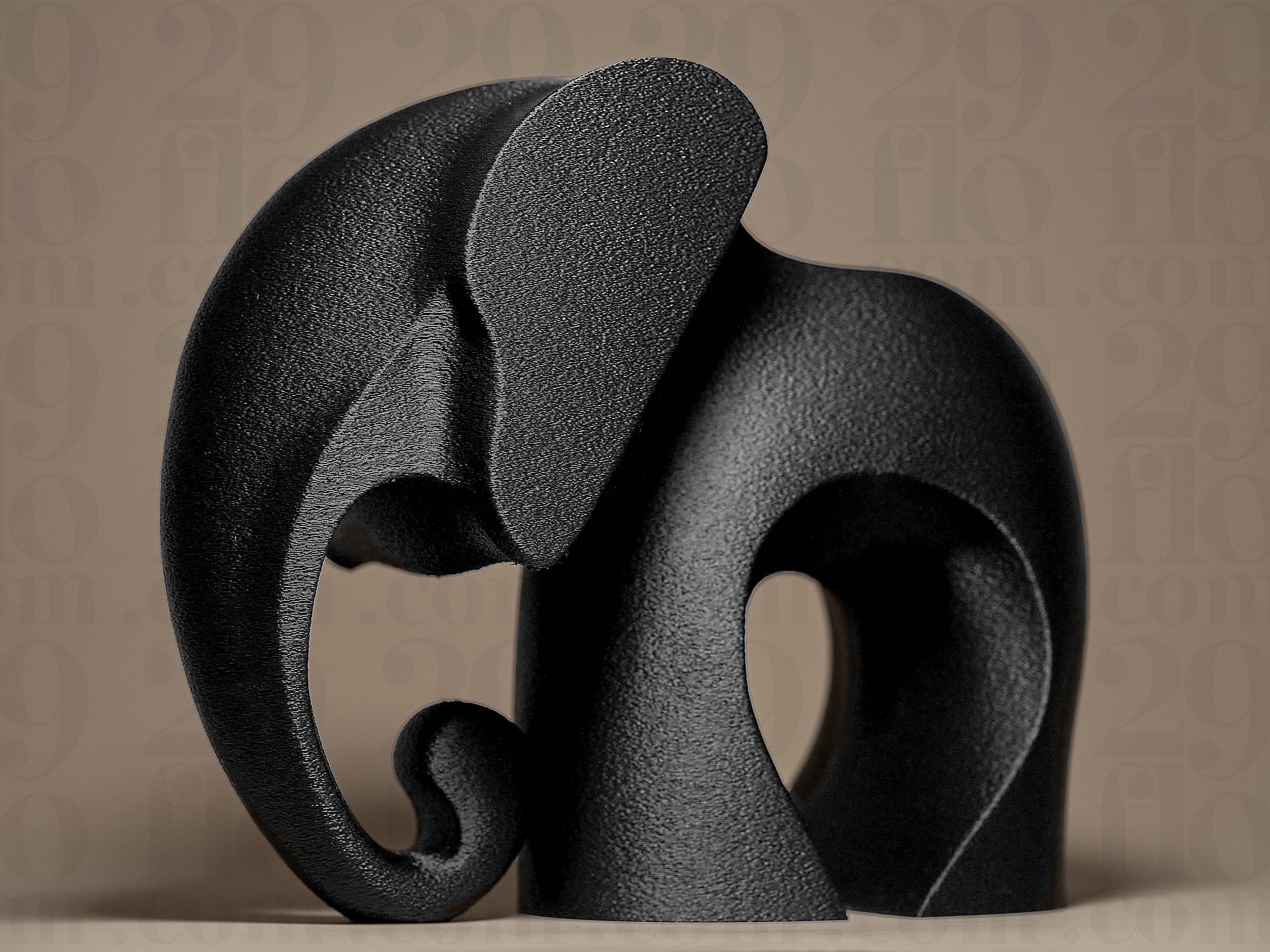
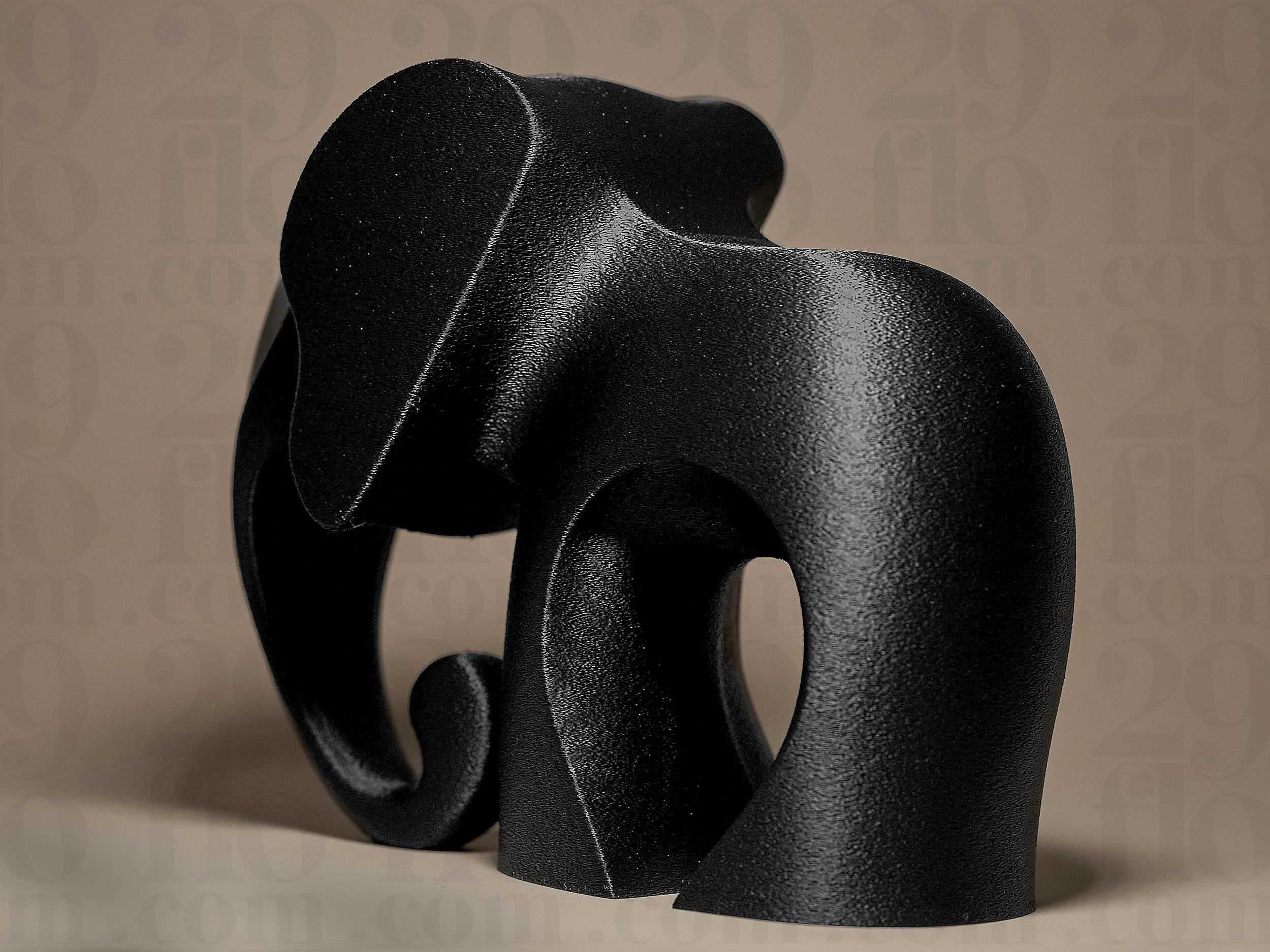
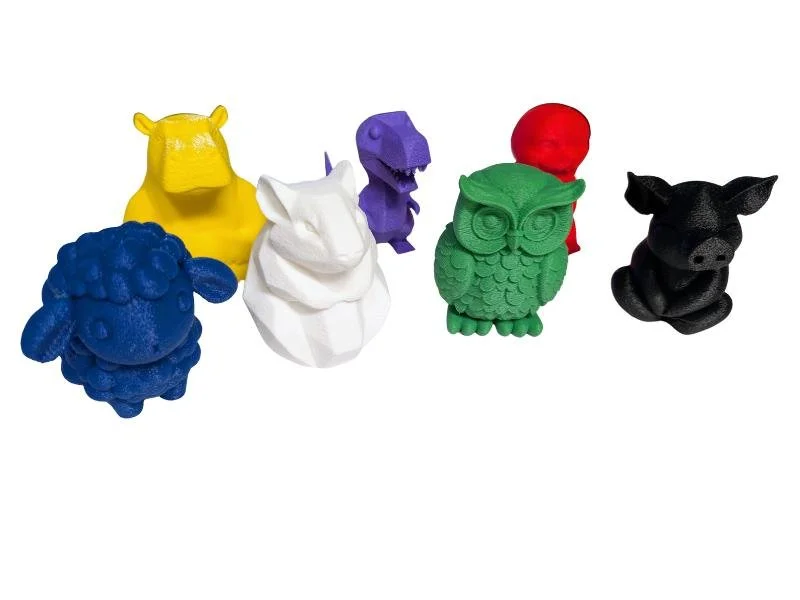
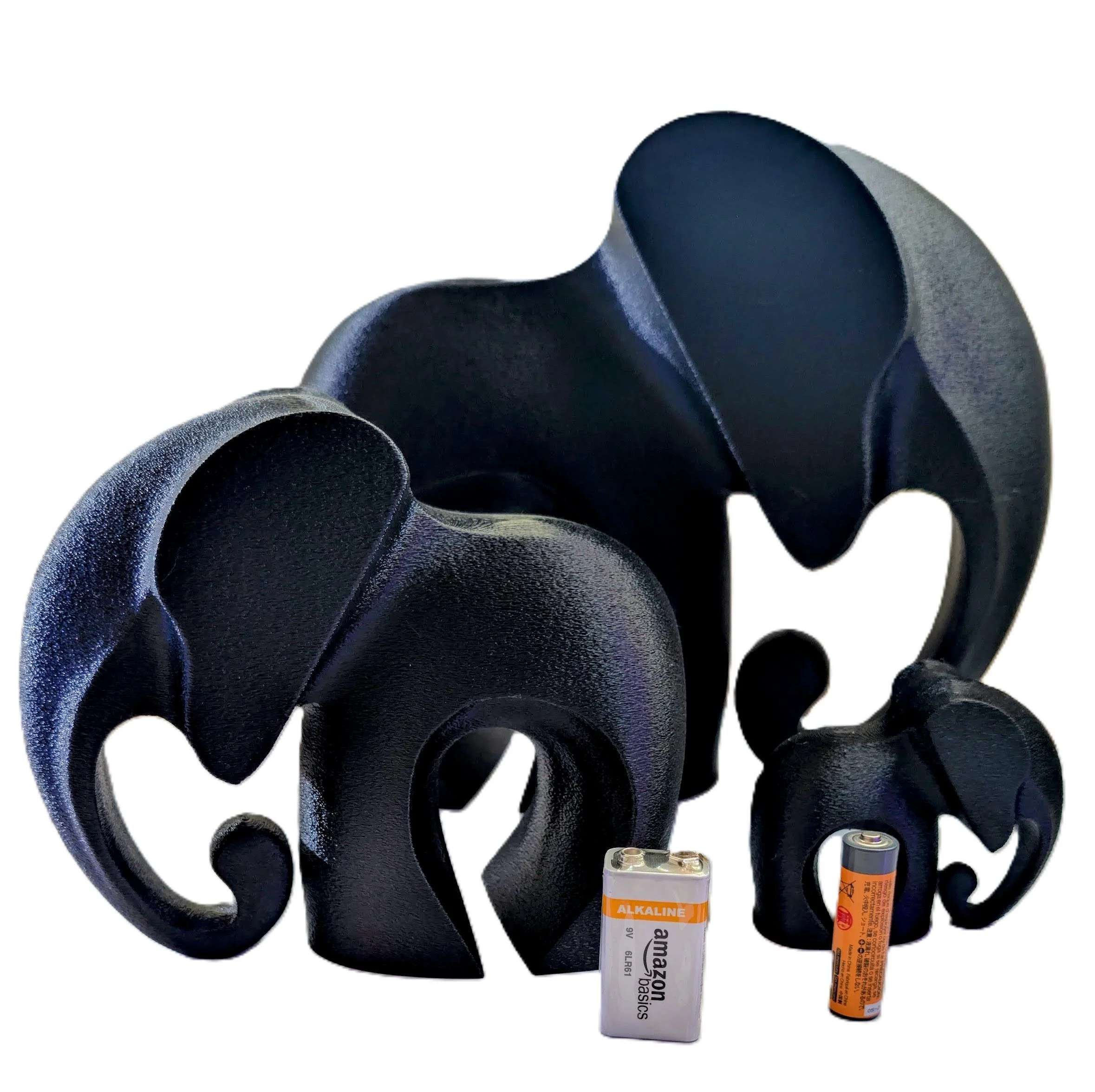
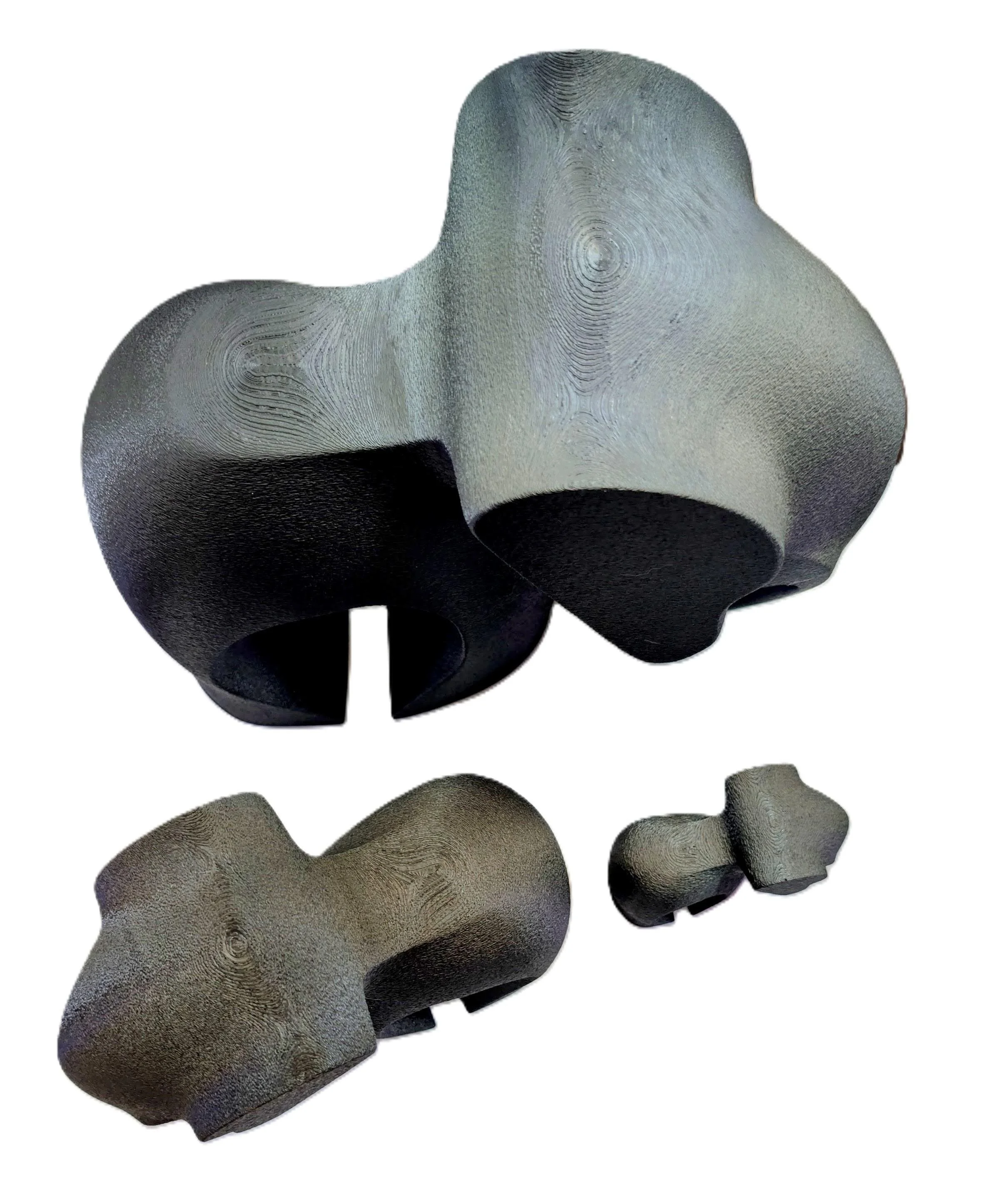
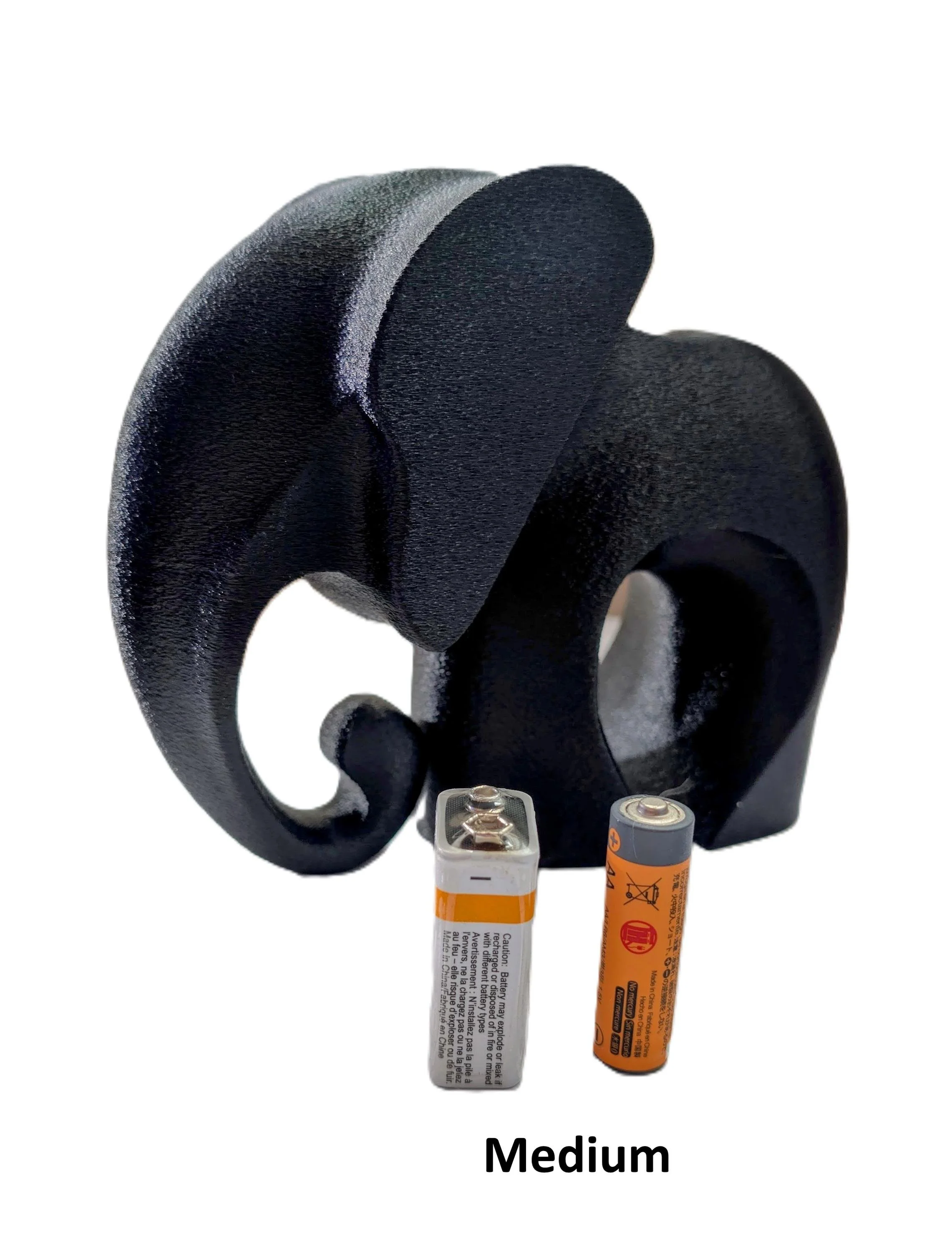
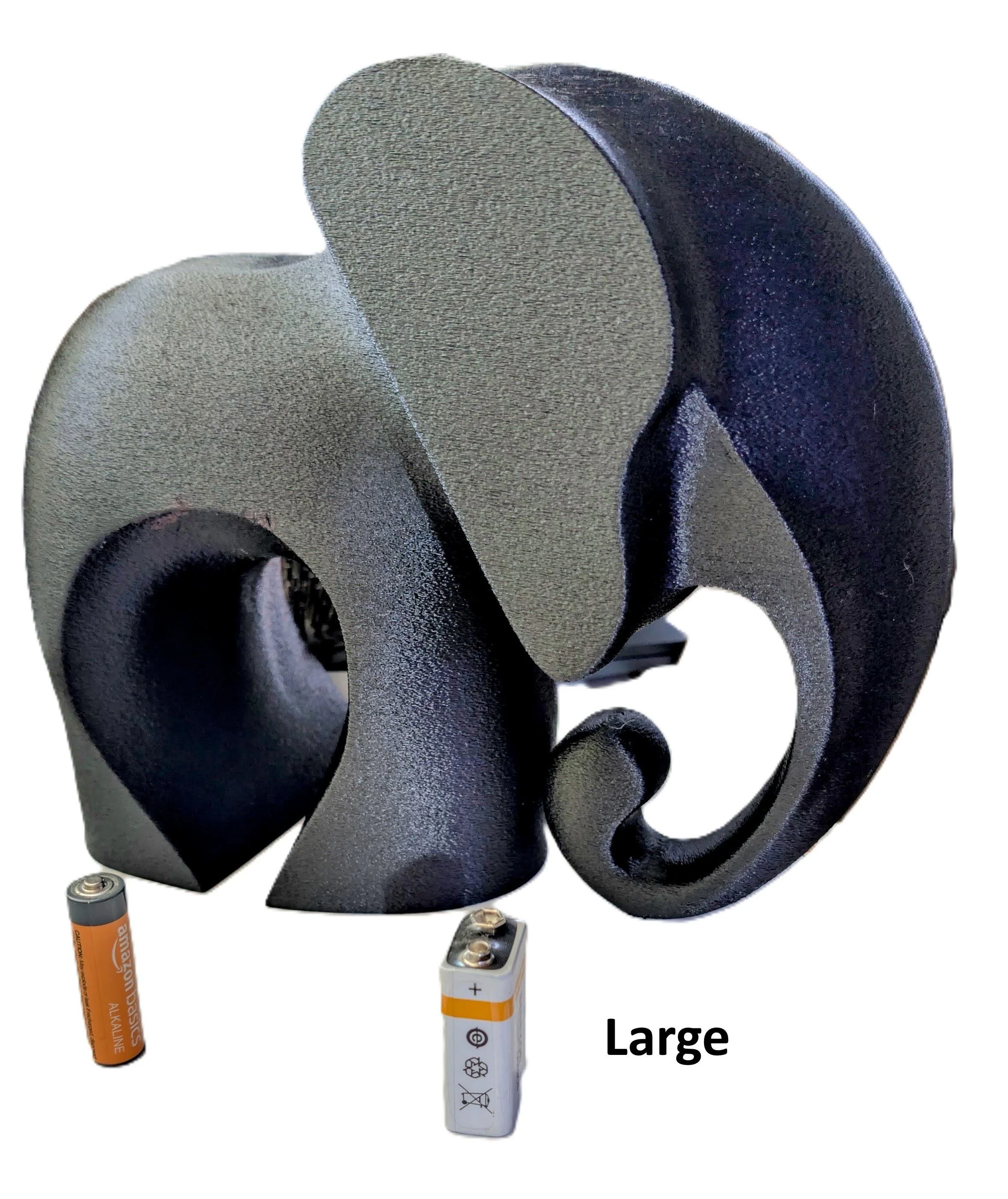
Quick View
The Elegant Elephant - Majestic Modernity • 3D Printed Plastic Figurine
from $22.00



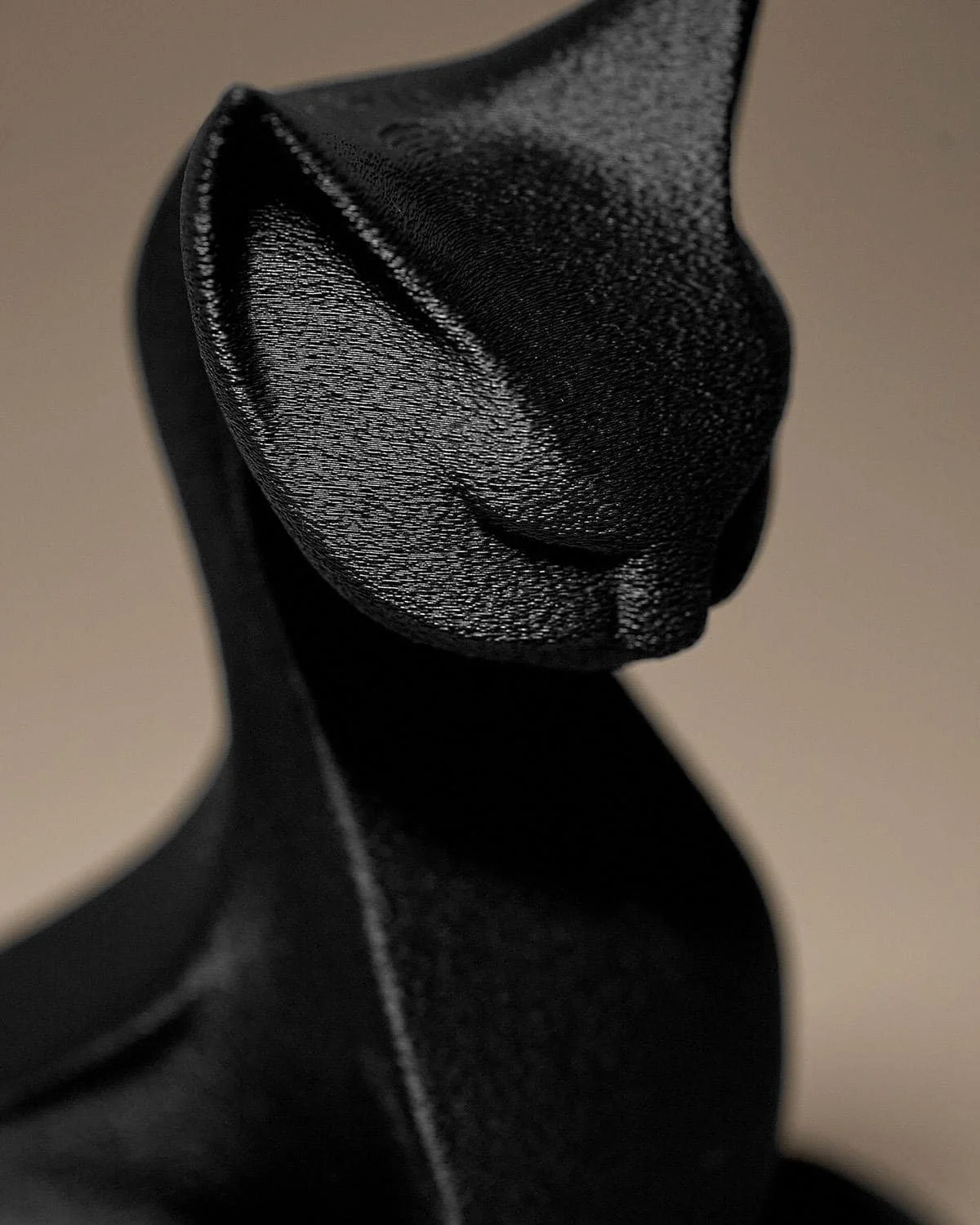
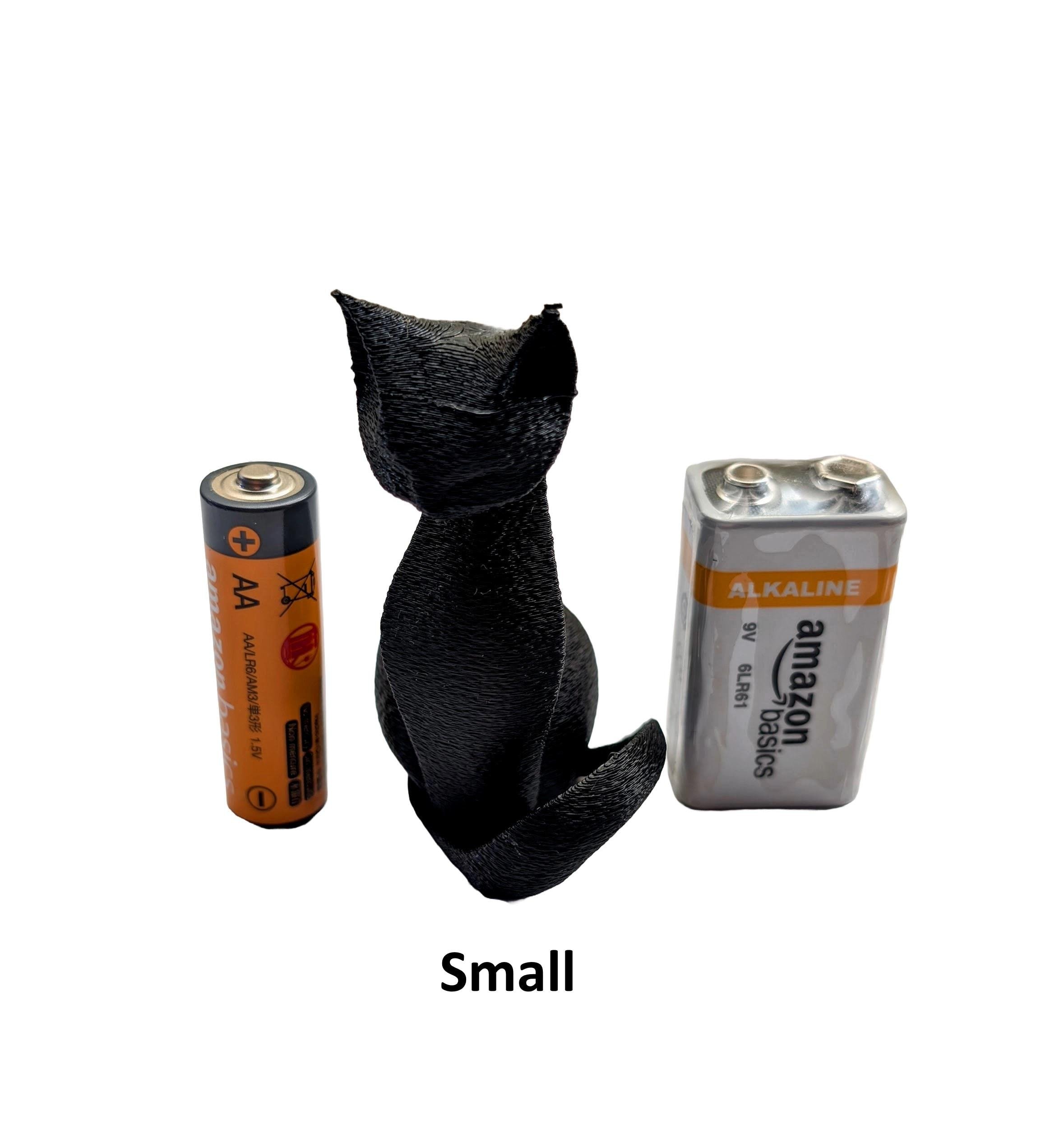
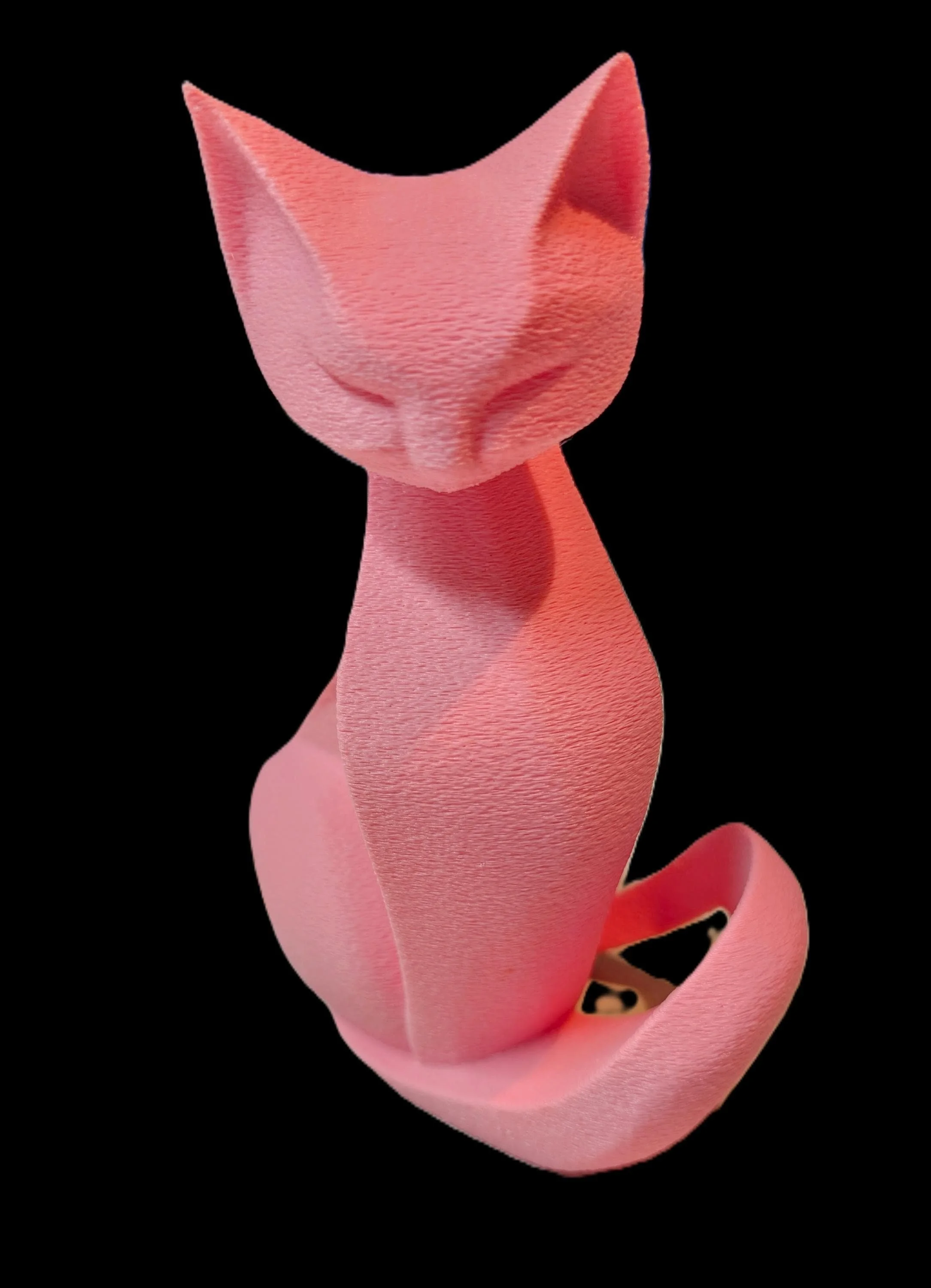
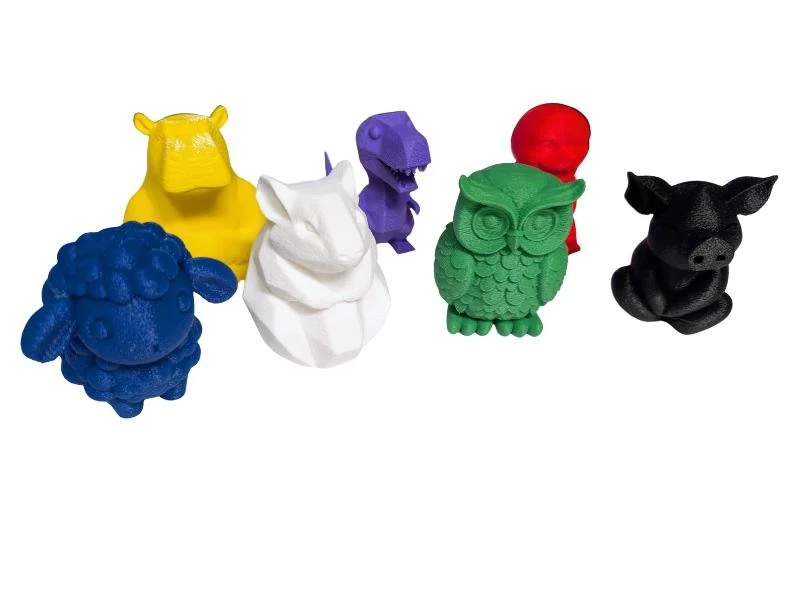
Quick View
The Contemplative Cat - Silent Silhouette • 3D Printed Plastic Figurine
from $20.00

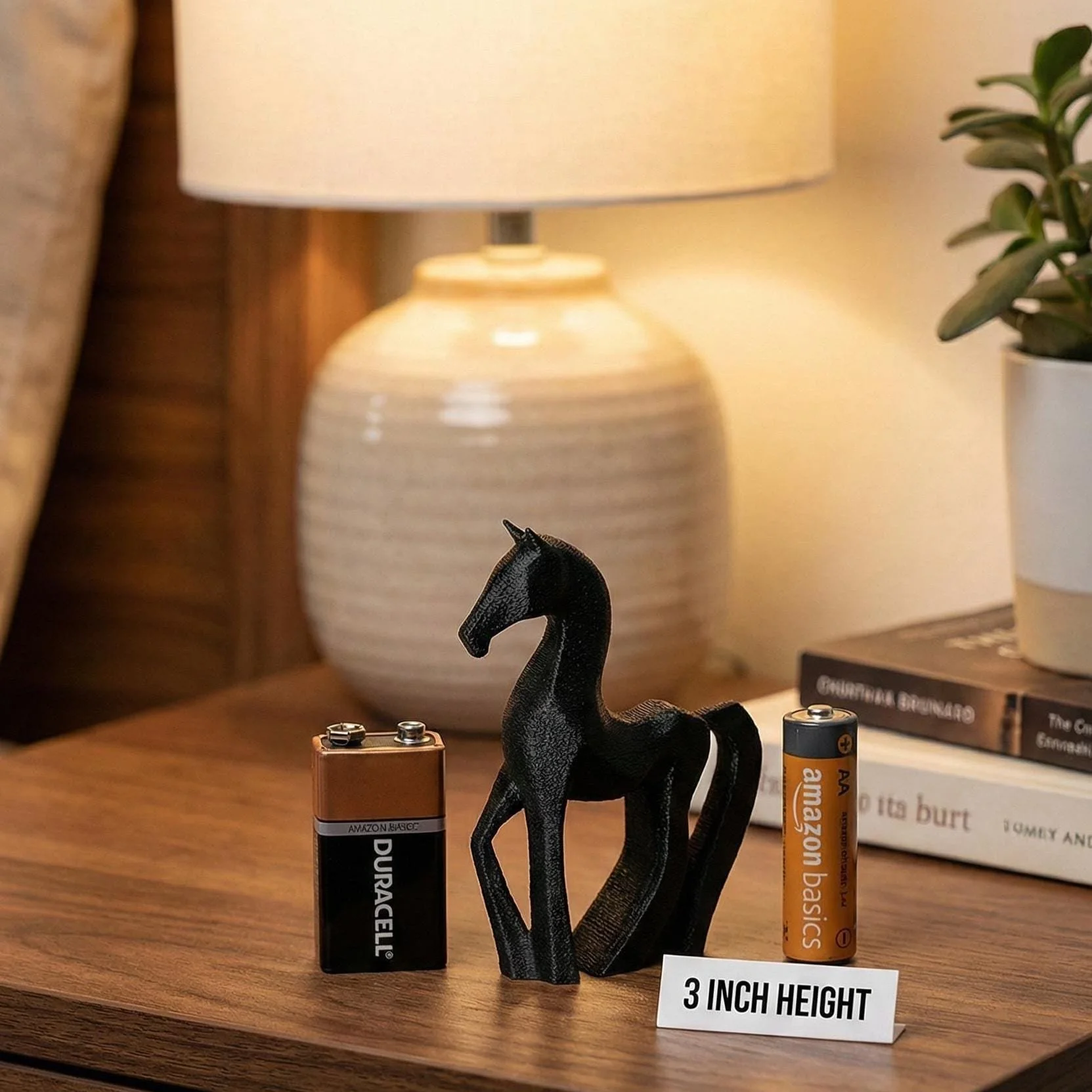



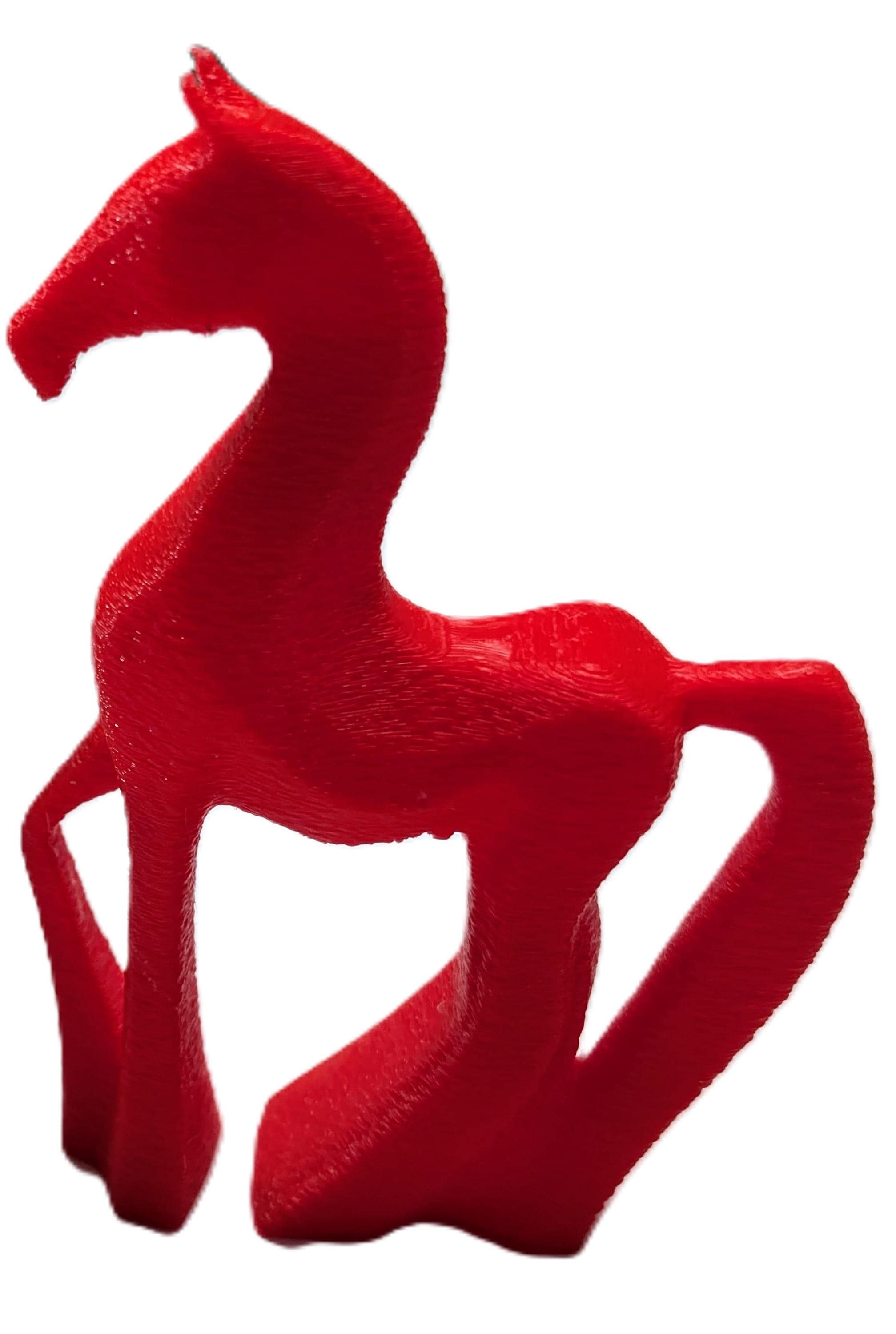

Quick View
The Harmonious Horse - Sculpted Steed • 3D Printed Plastic Figurine
from $20.00
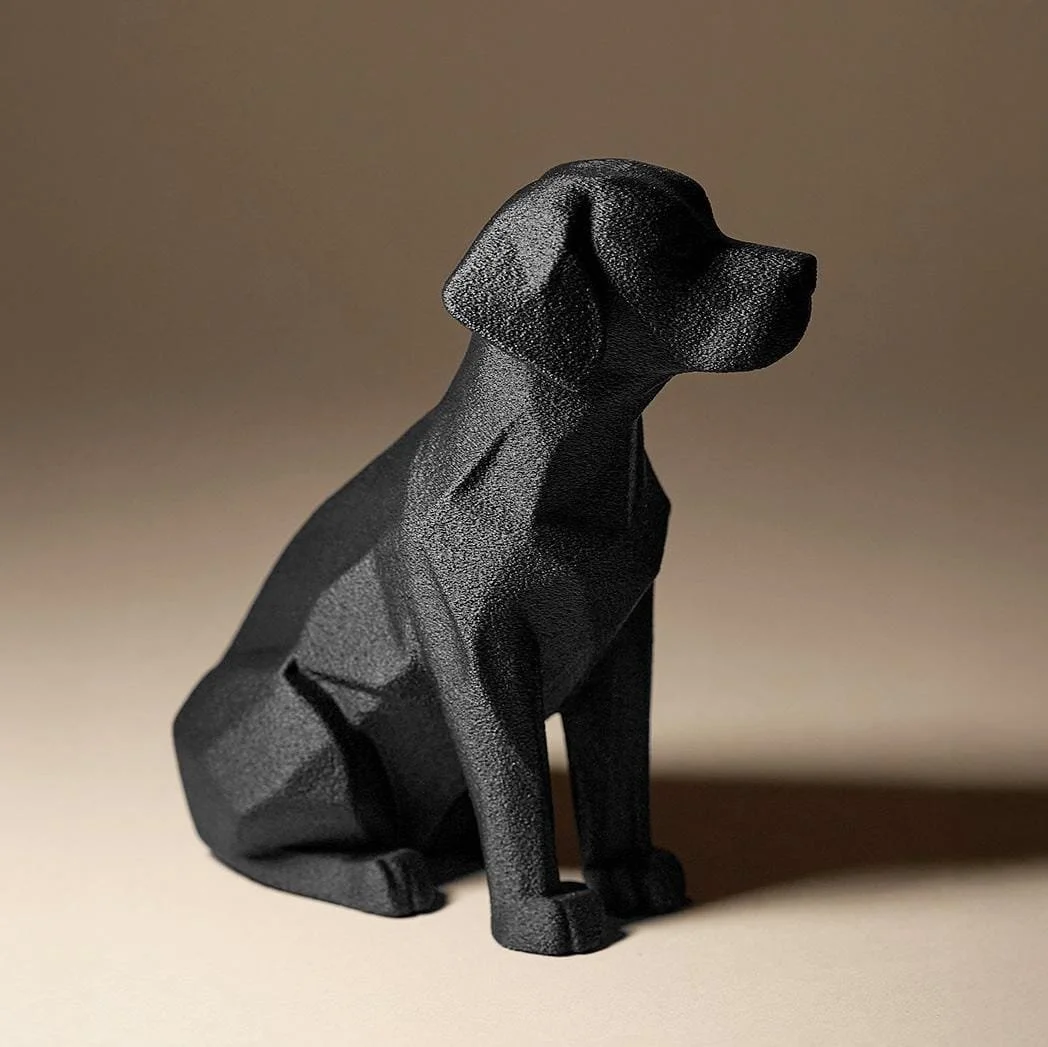
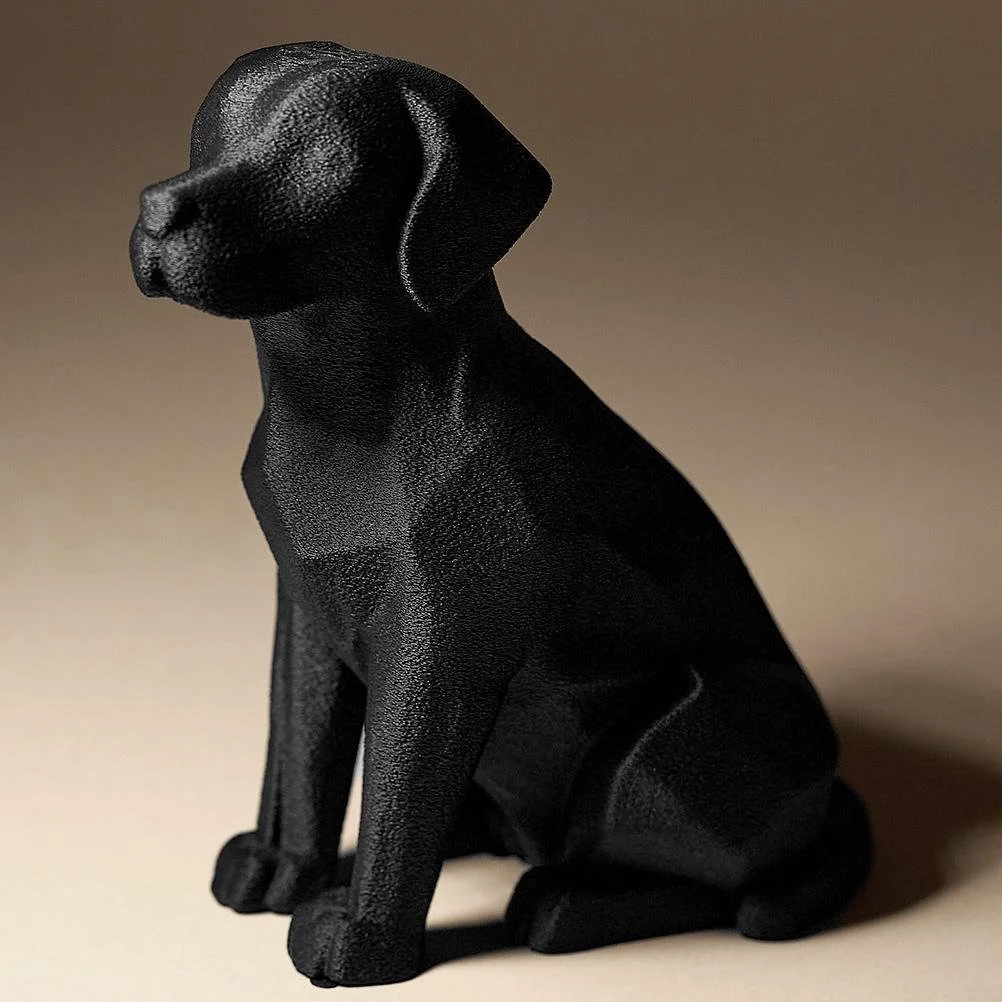


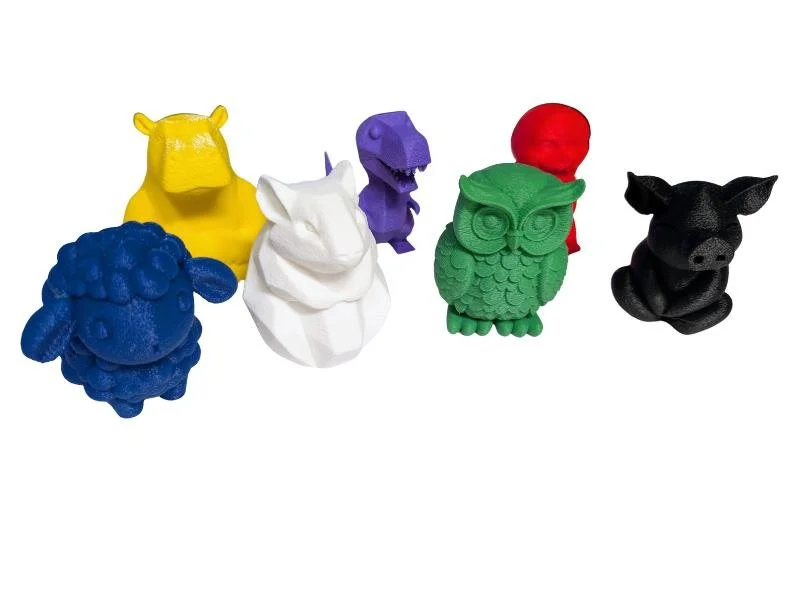
Quick View
The Dignified Dog - A Noble Companion • 3D Printed Plastic Figurine
from $22.00





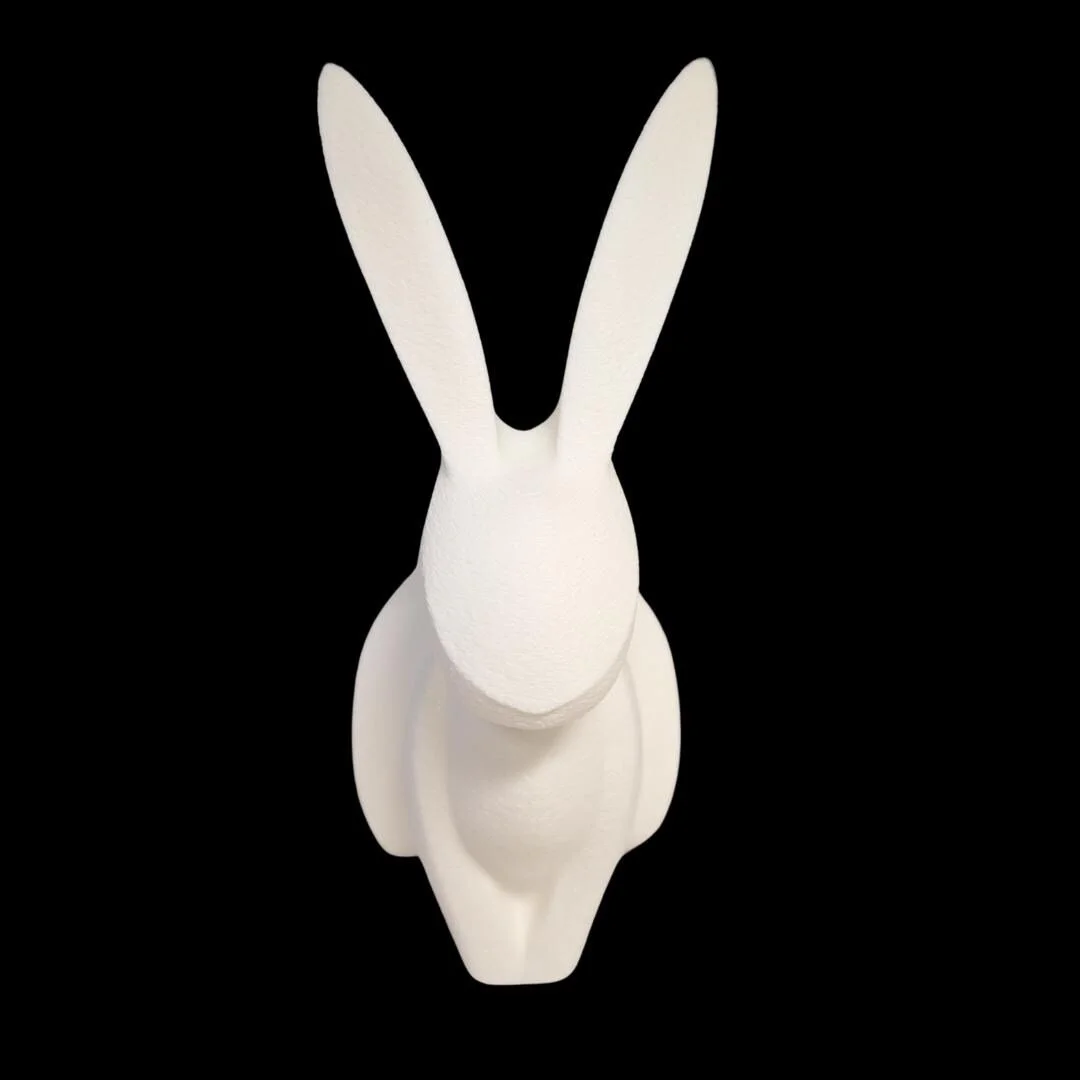

Quick View
The Poised Rabbit - Quiet Companion • 3D Printed Plastic Figurine
from $20.00

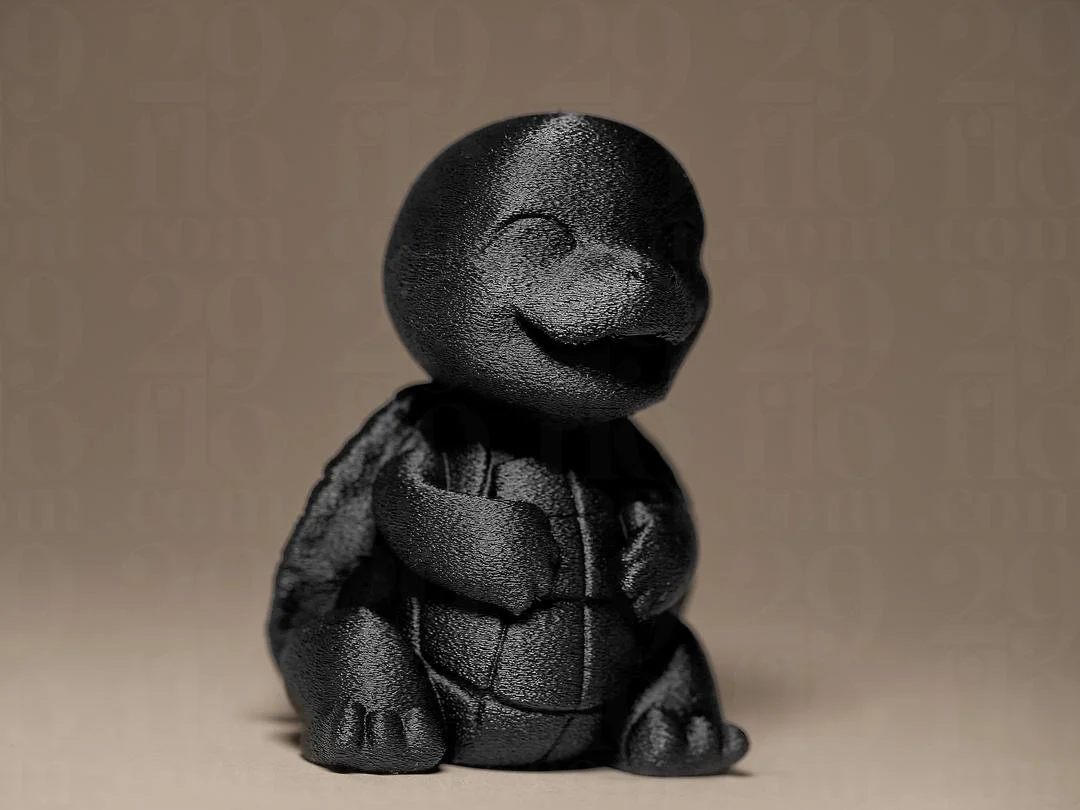


Quick View
The Tranquil Turtle - Peaceful Pal • 3D Printed Plastic Figurine
from $22.00

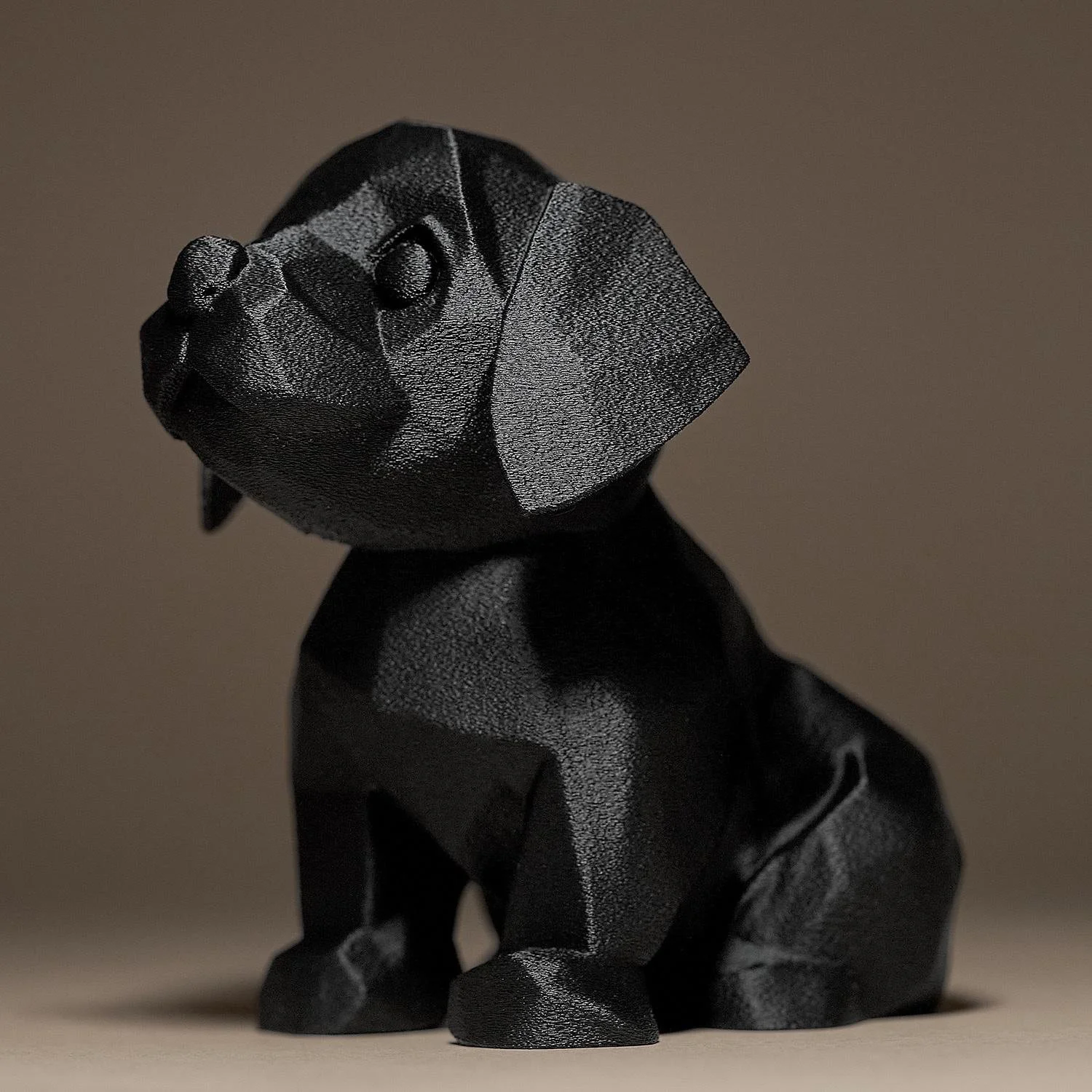

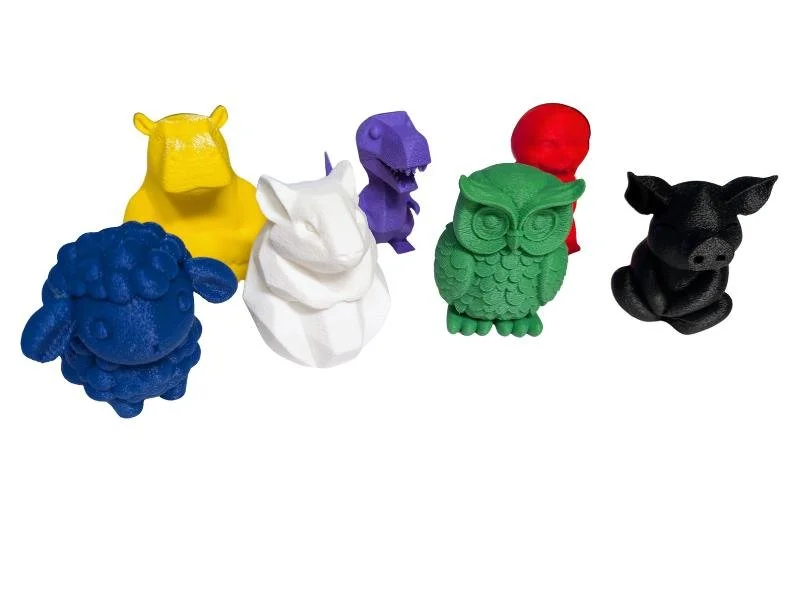
Quick View
The Precious Puppy - Polygonal Pal • 3D Printed Plastic Figurine
from $22.00



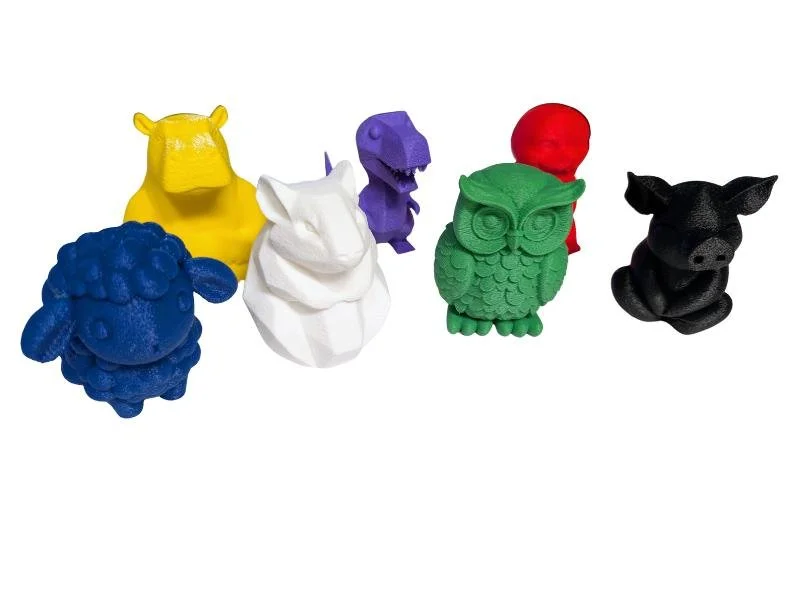
Quick View
The Beguiling Bunny - Quiet Companion • 3D Printed Plastic Figurine
from $20.00


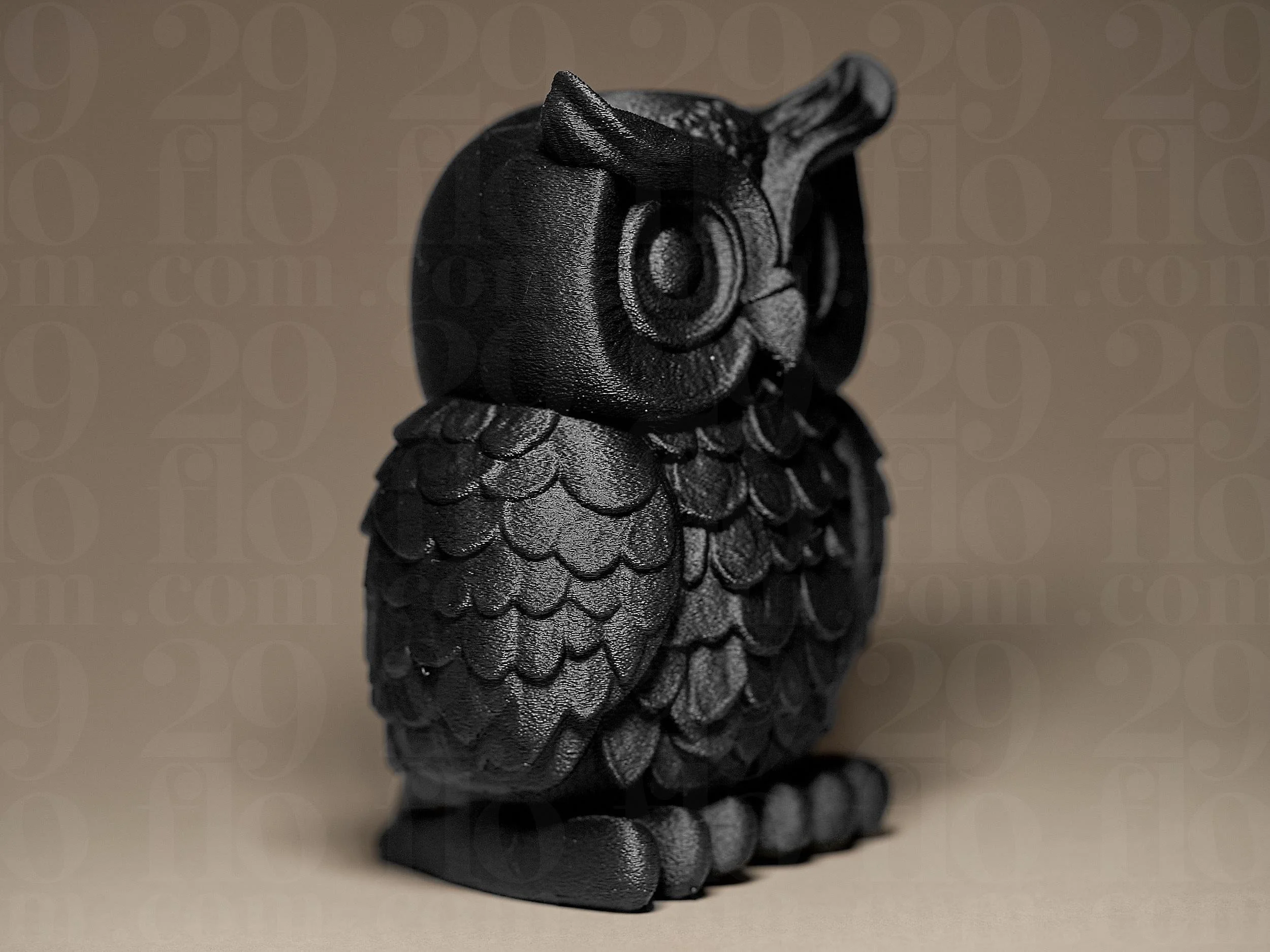

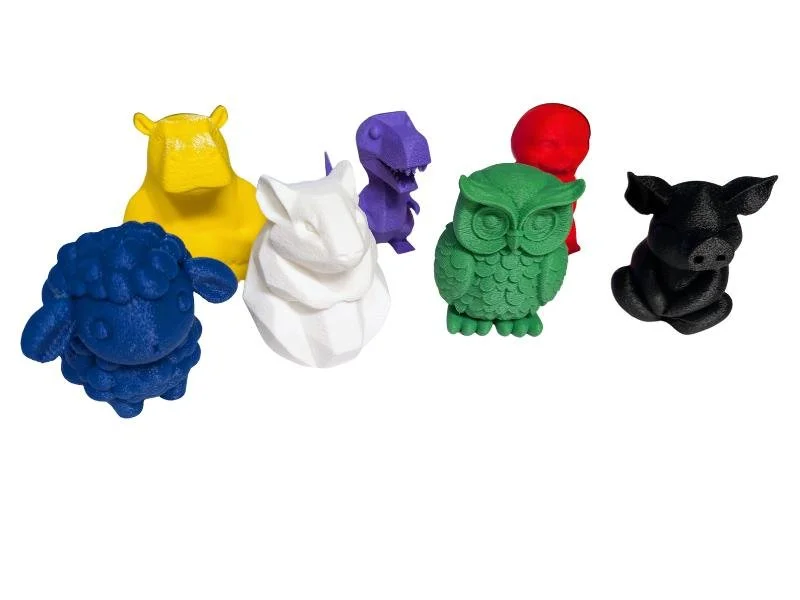
Quick View
The Ornate Owl - Wise Watcher • 3D Printed Plastic Figurine
from $22.00



Quick View
The Coiled Cobra - Serpentine Sanctuary • 3D Printed Plastic Figurine
from $32.00

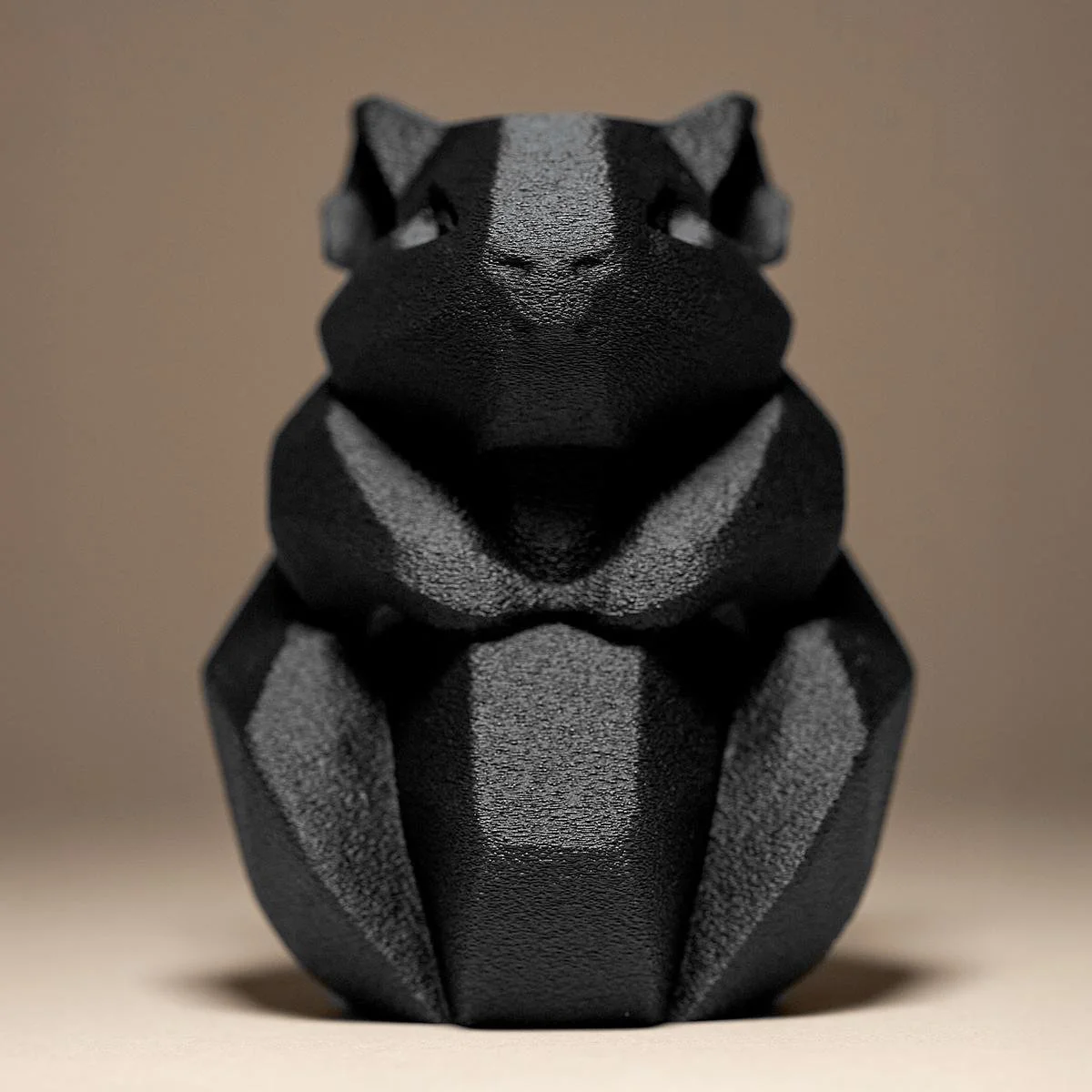
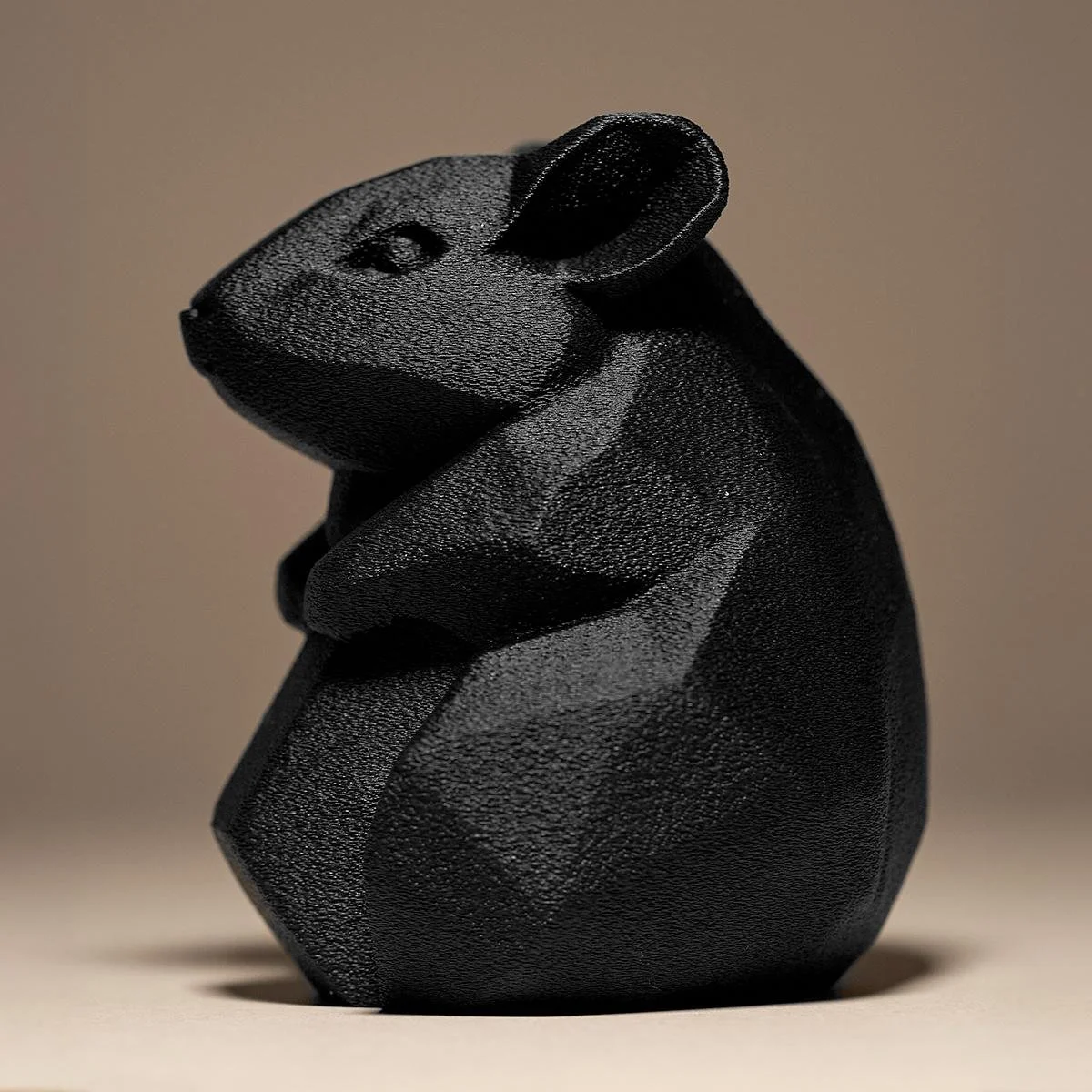
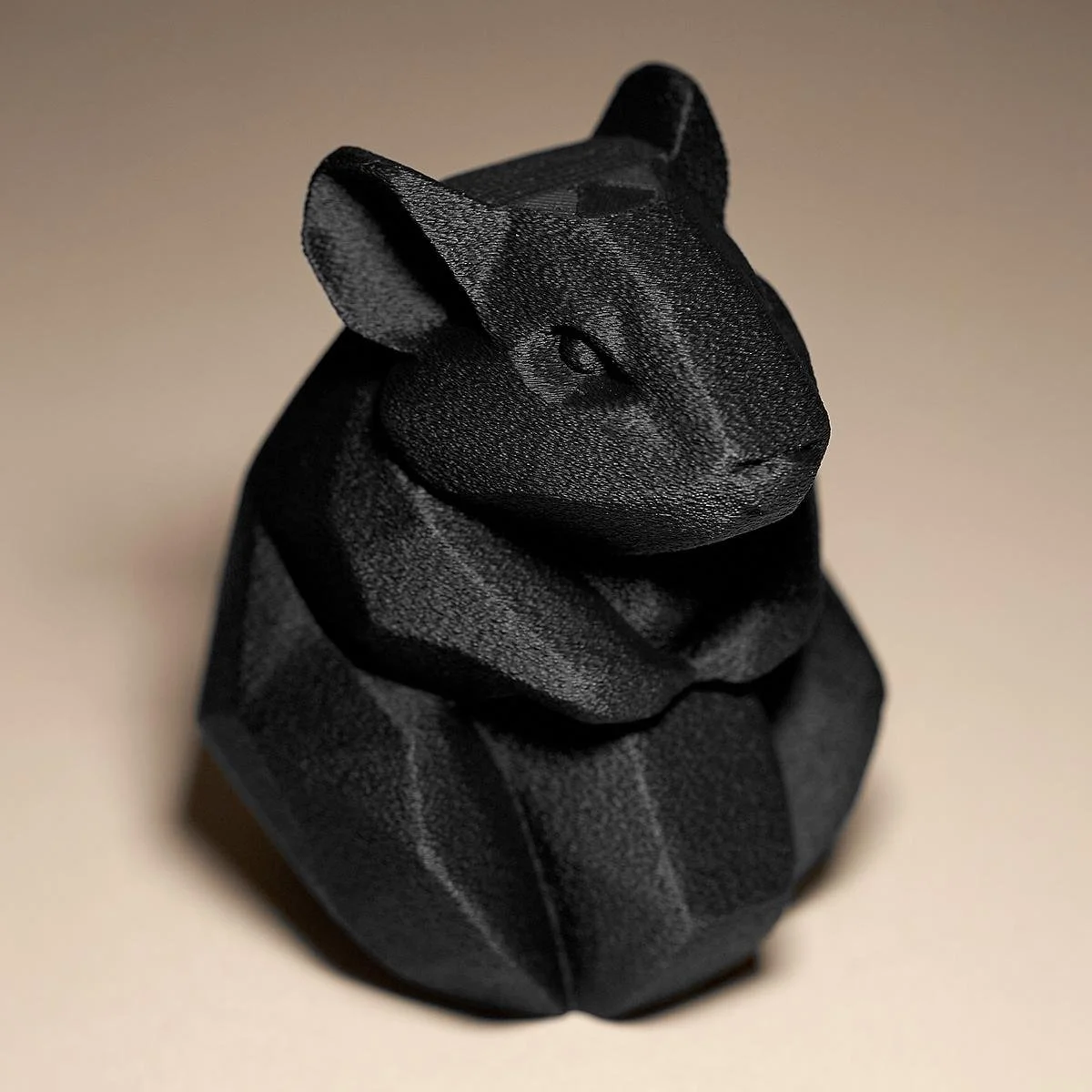
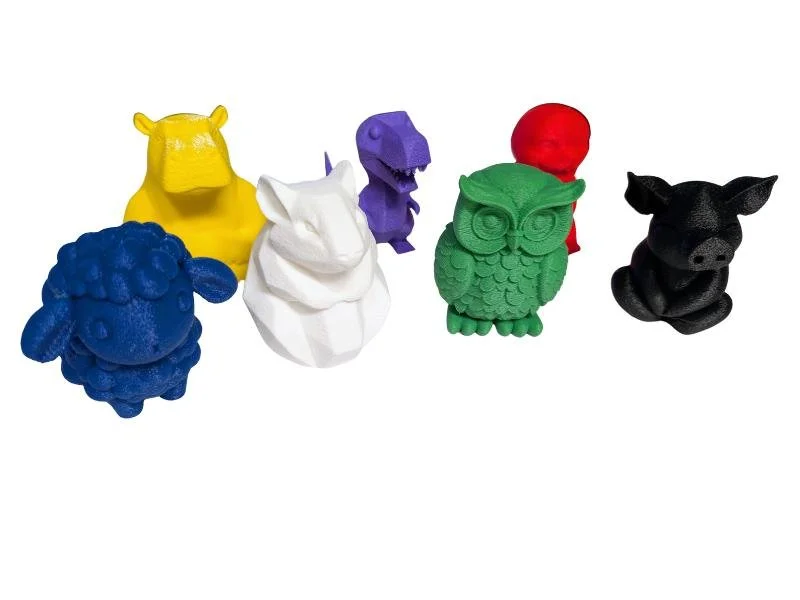
Quick View
The Hardy Hamster - Geometric Gem • 3D Printed Plastic Figurine
from $22.00
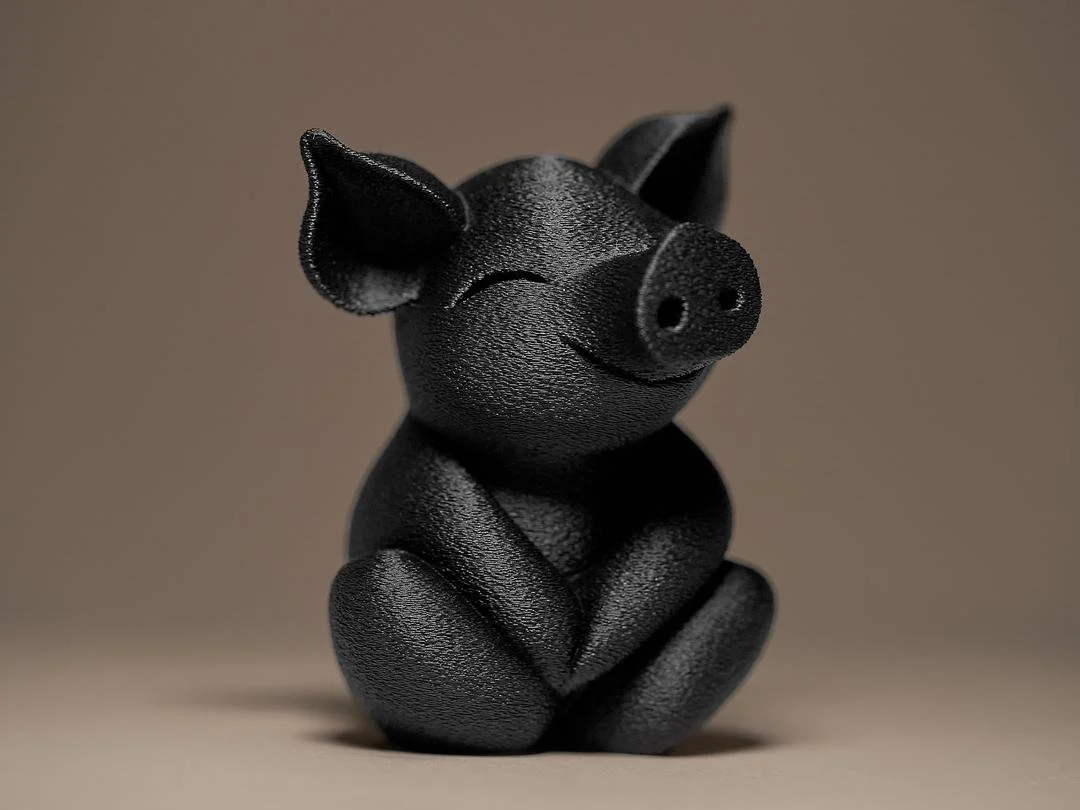
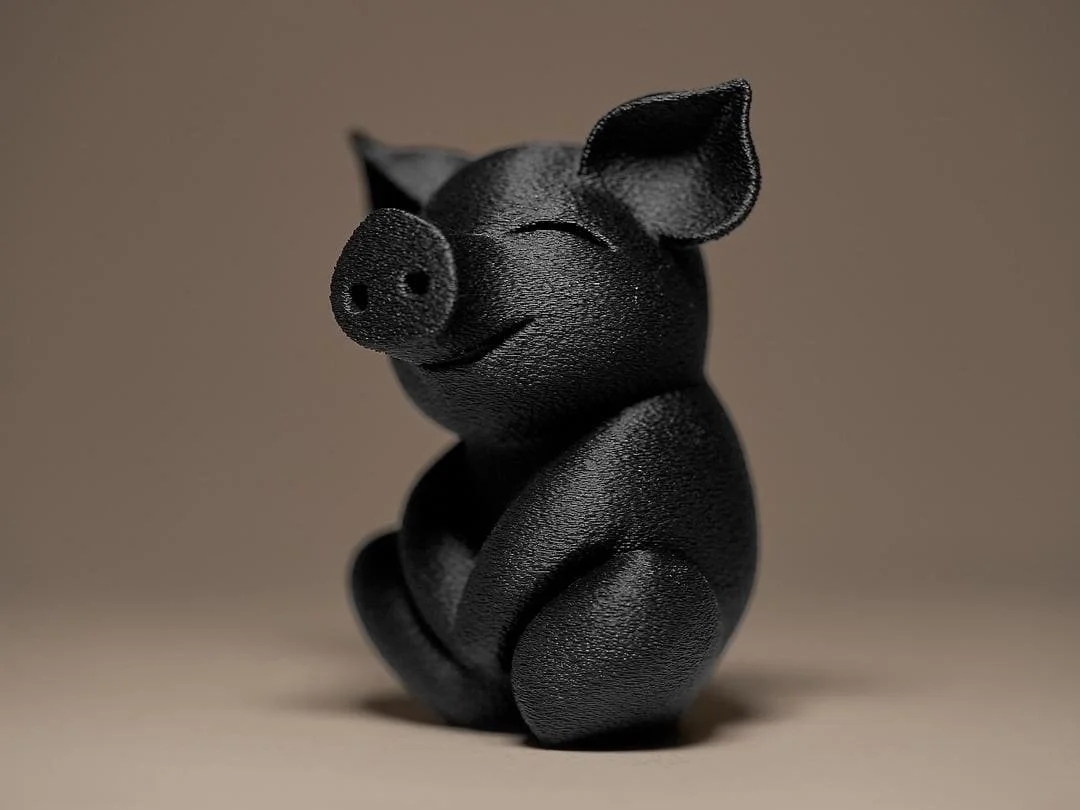
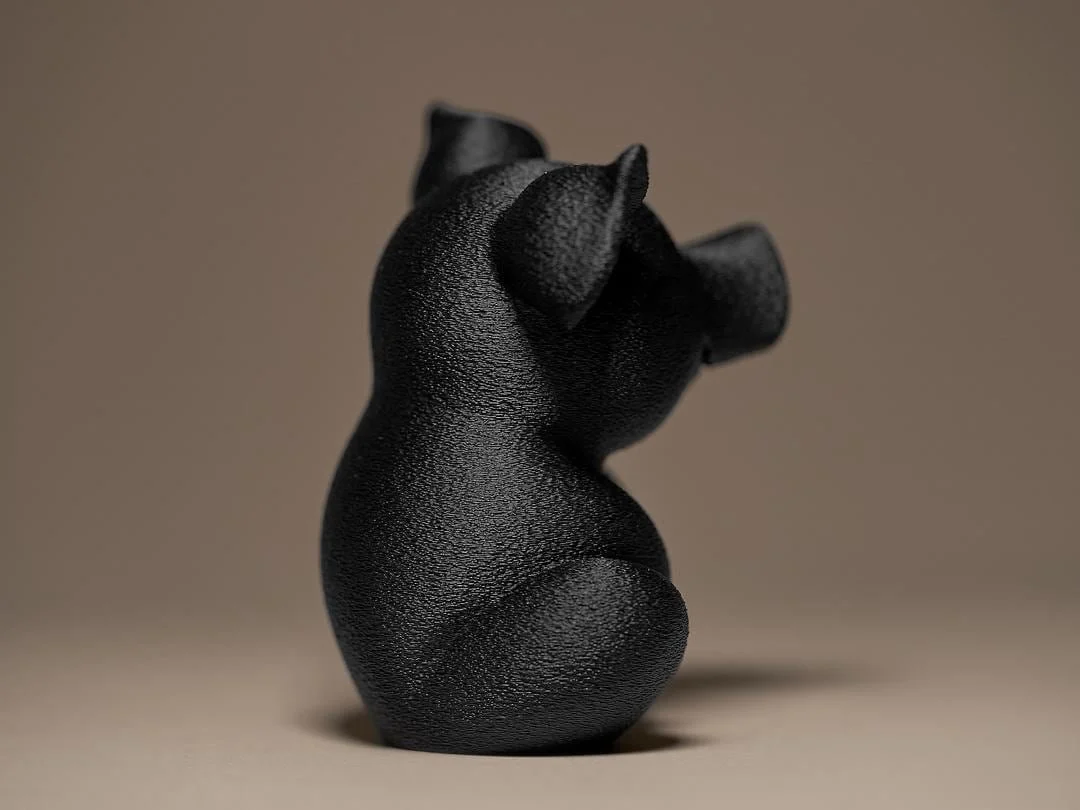

Quick View
The Playful Piglet - Cheerful Character • 3D Printed Plastic Figurine
from $22.00

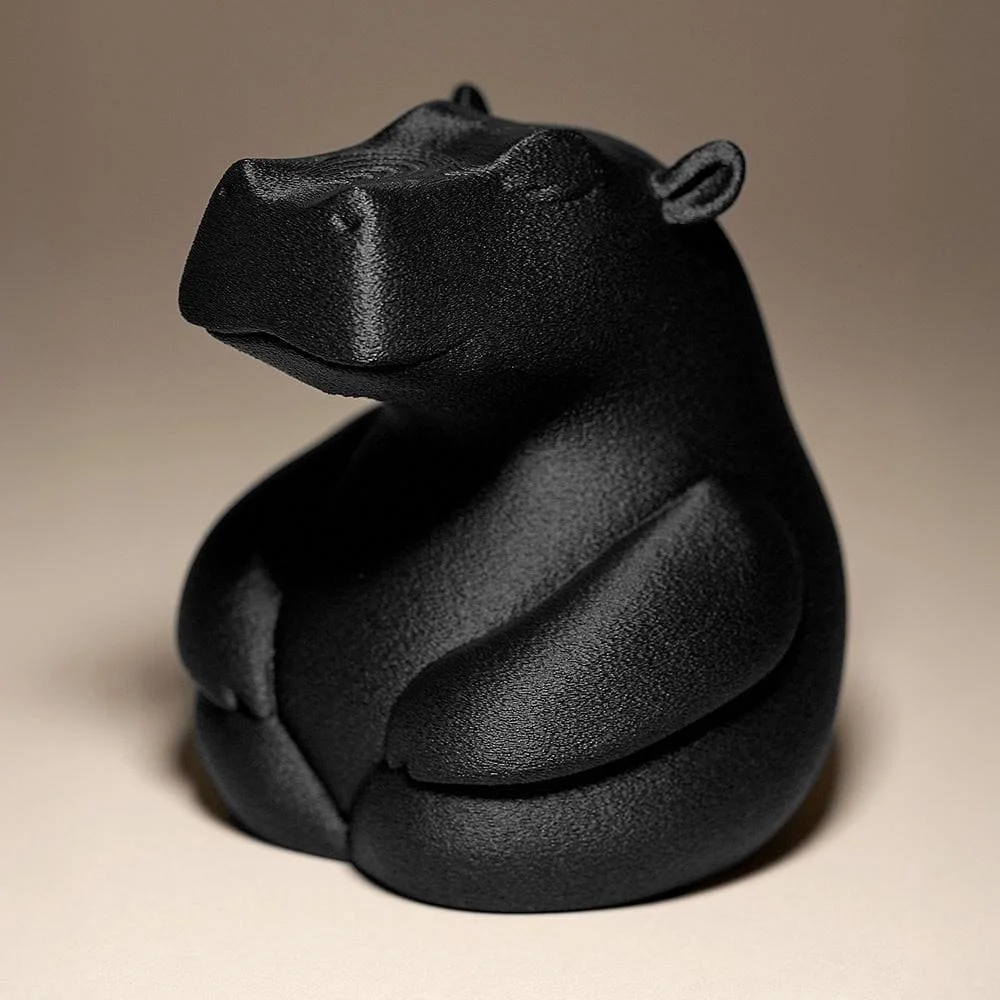
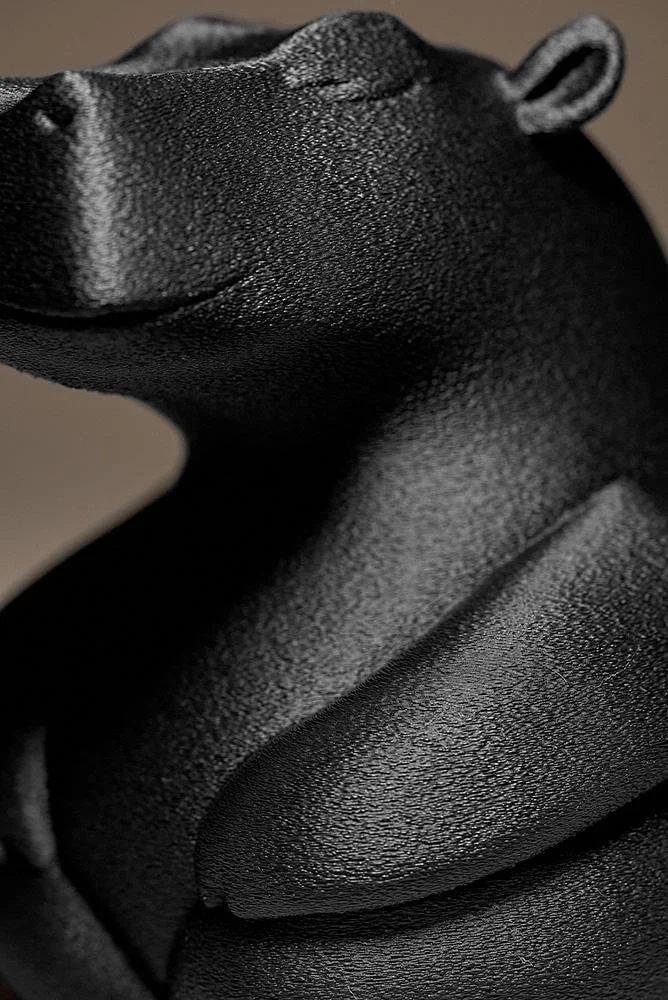

Quick View
The Happy Hippo - Meditative Moment • 3D Printed Plastic Figurine
from $22.00
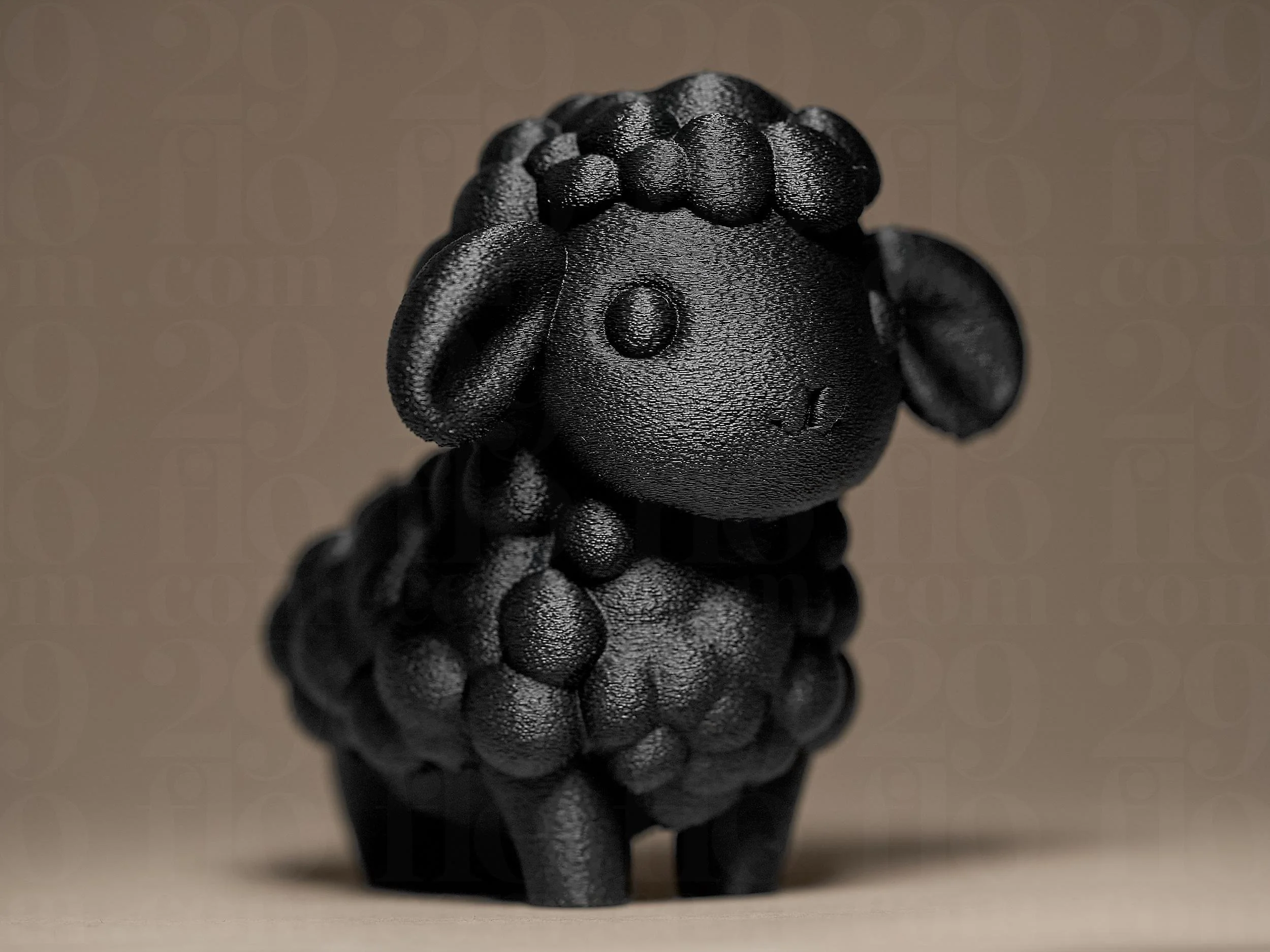
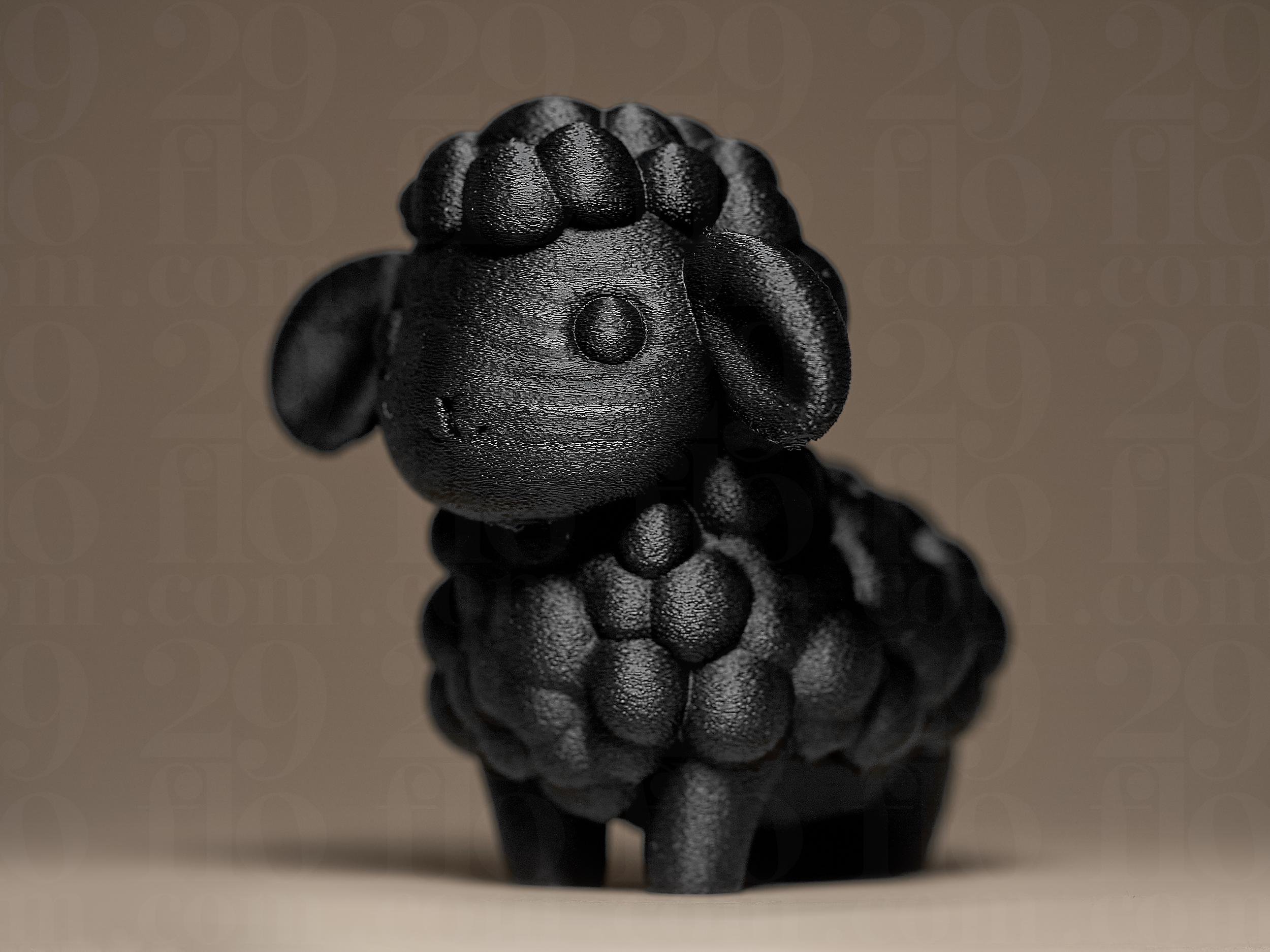
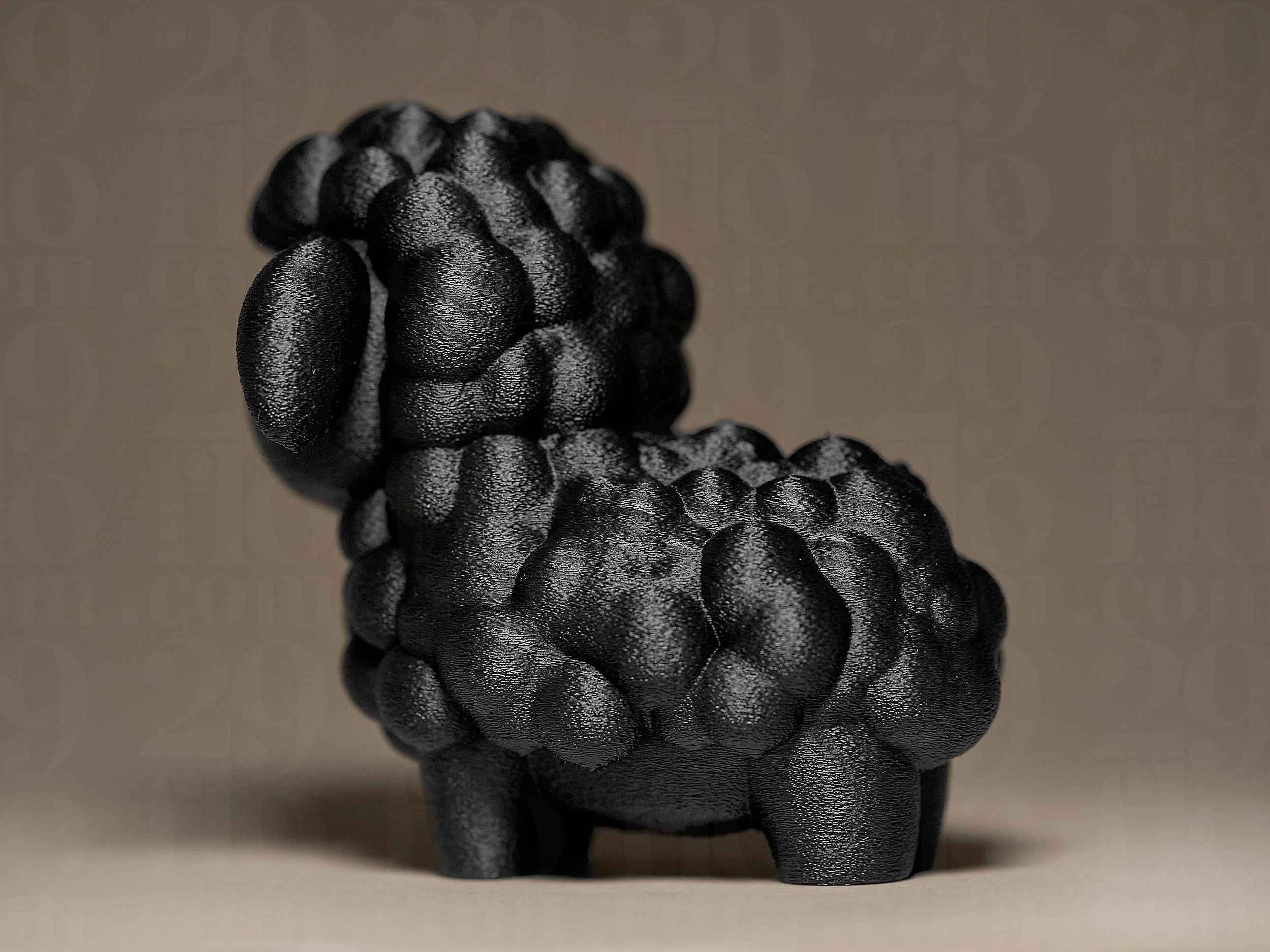
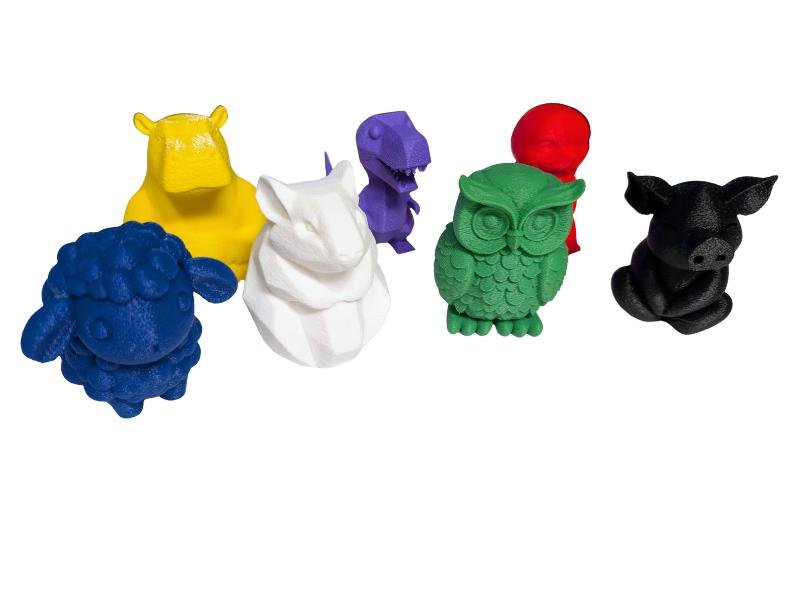
Quick View
The Lovely Lamb - Fleecy Friend • 3D Printed Plastic Figurine
from $22.00
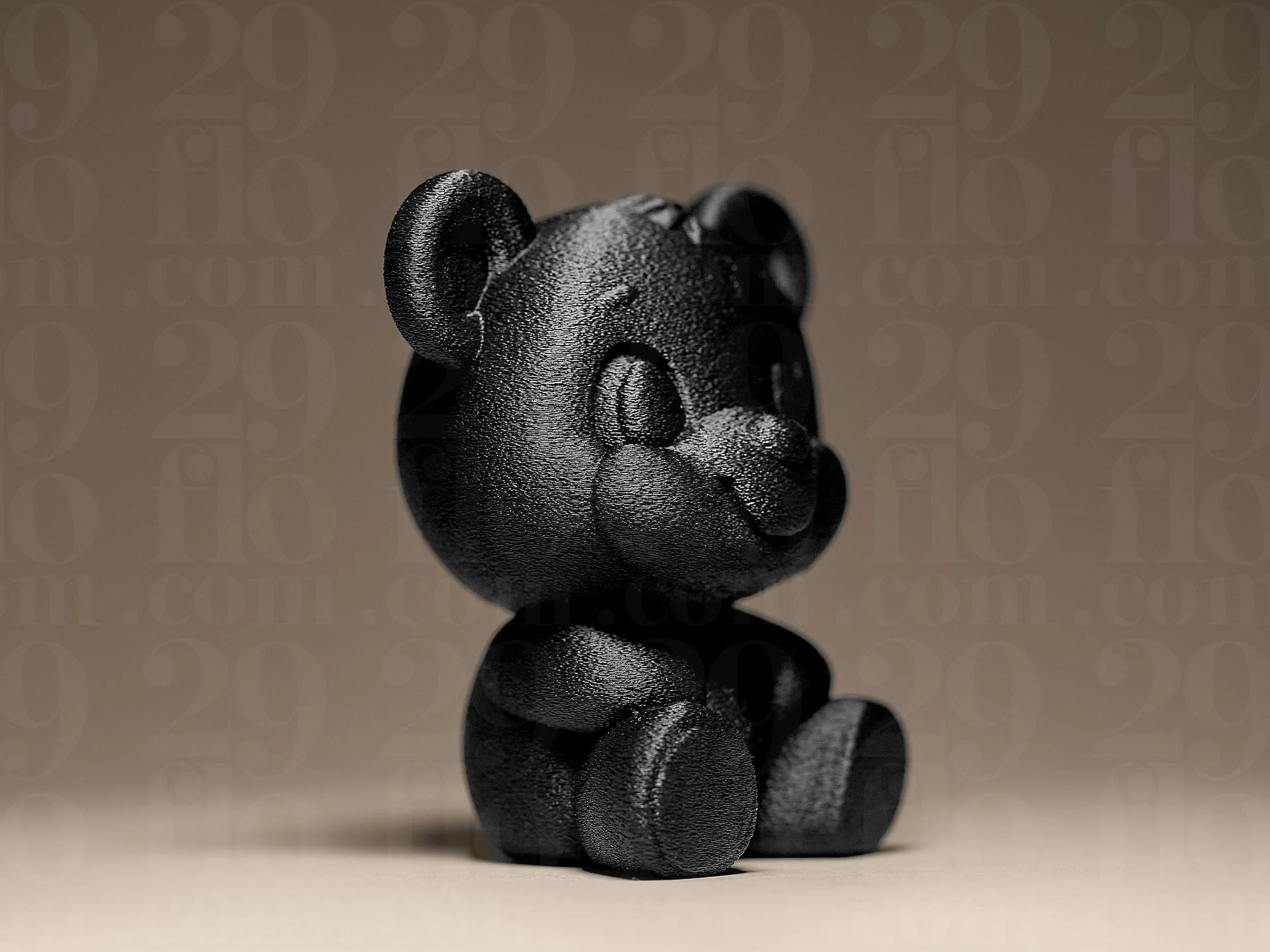
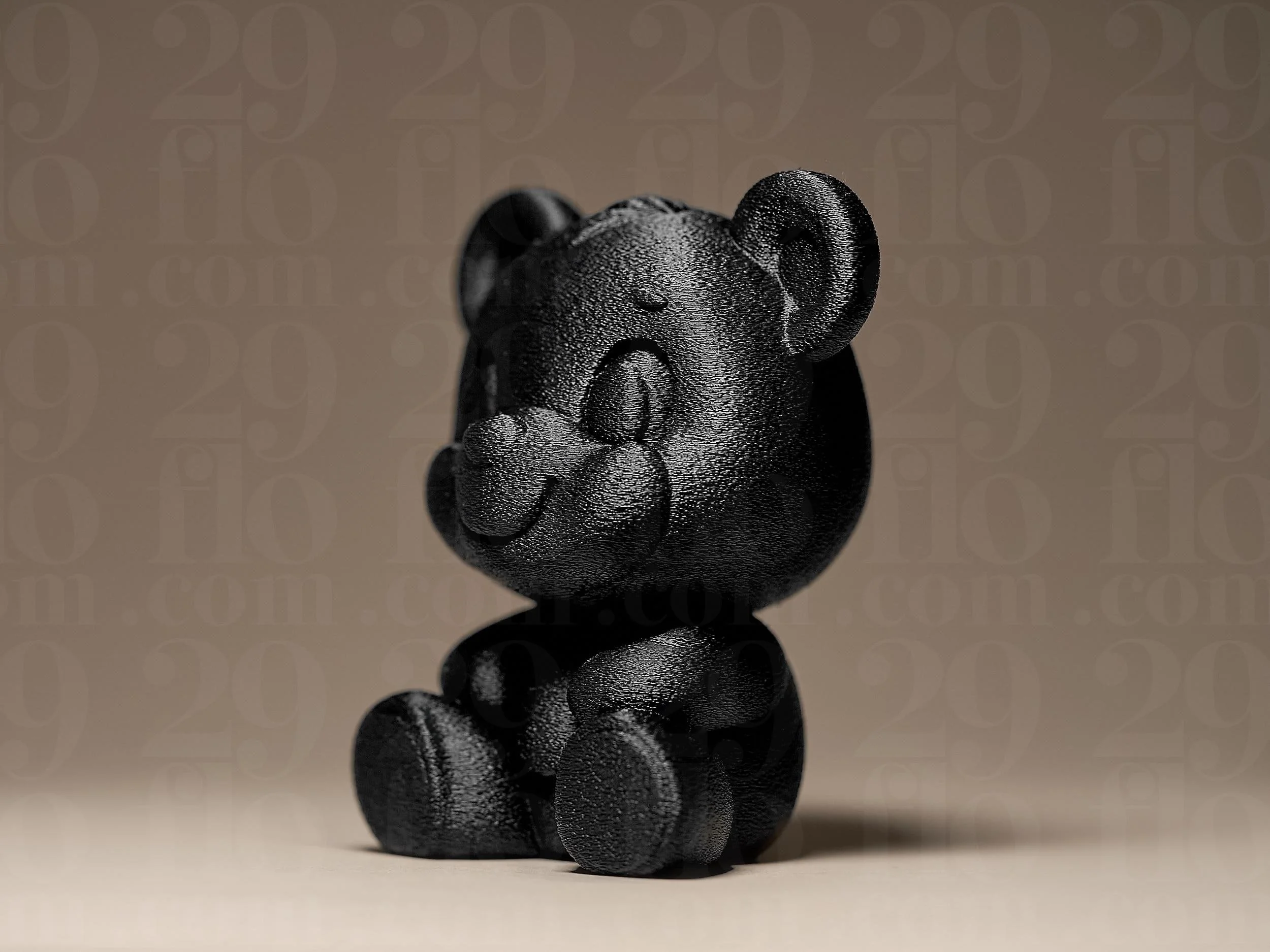
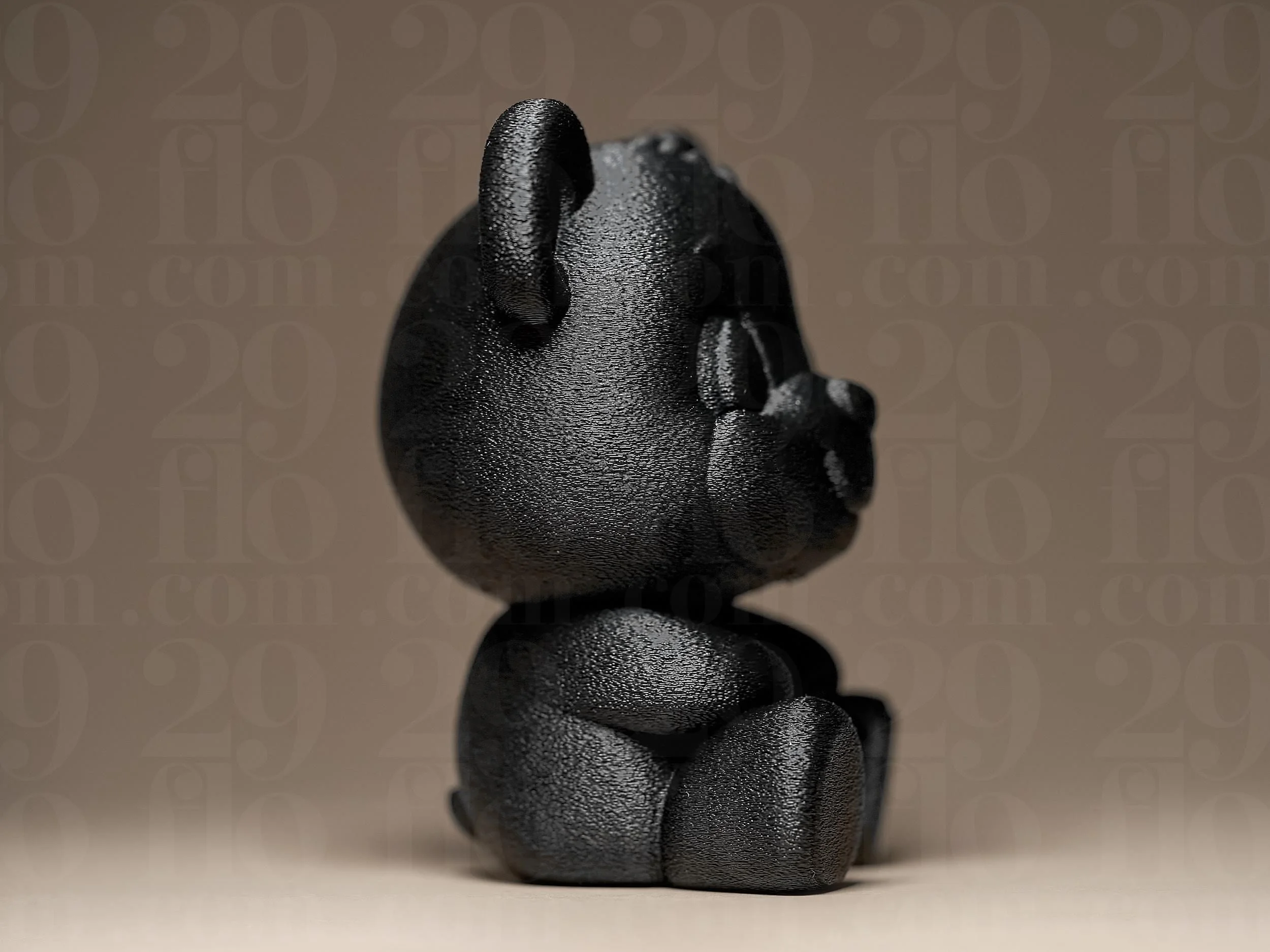

Quick View
The Blissful Bear - Beaming Buddy • 3D Printed Plastic Figurine
from $22.00
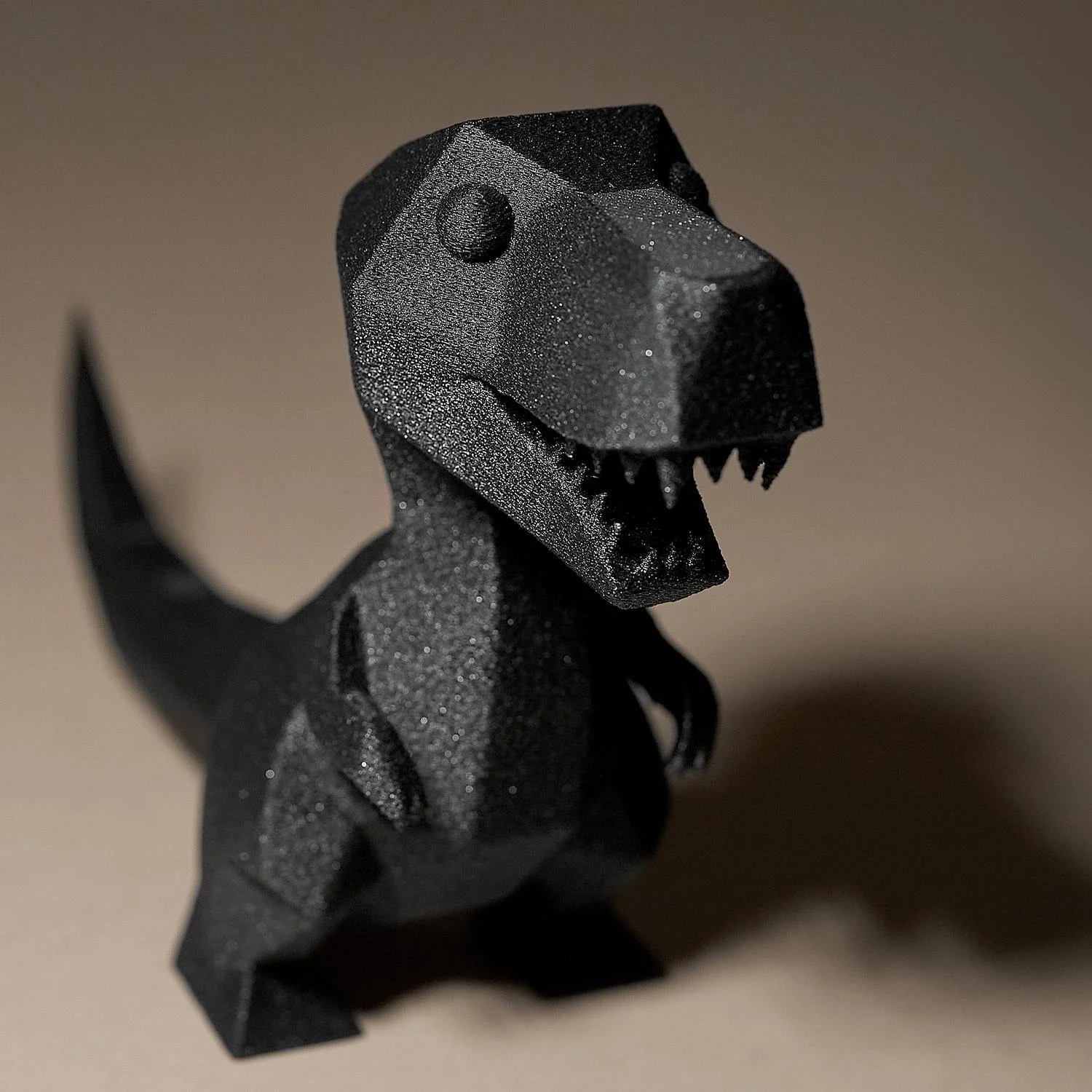
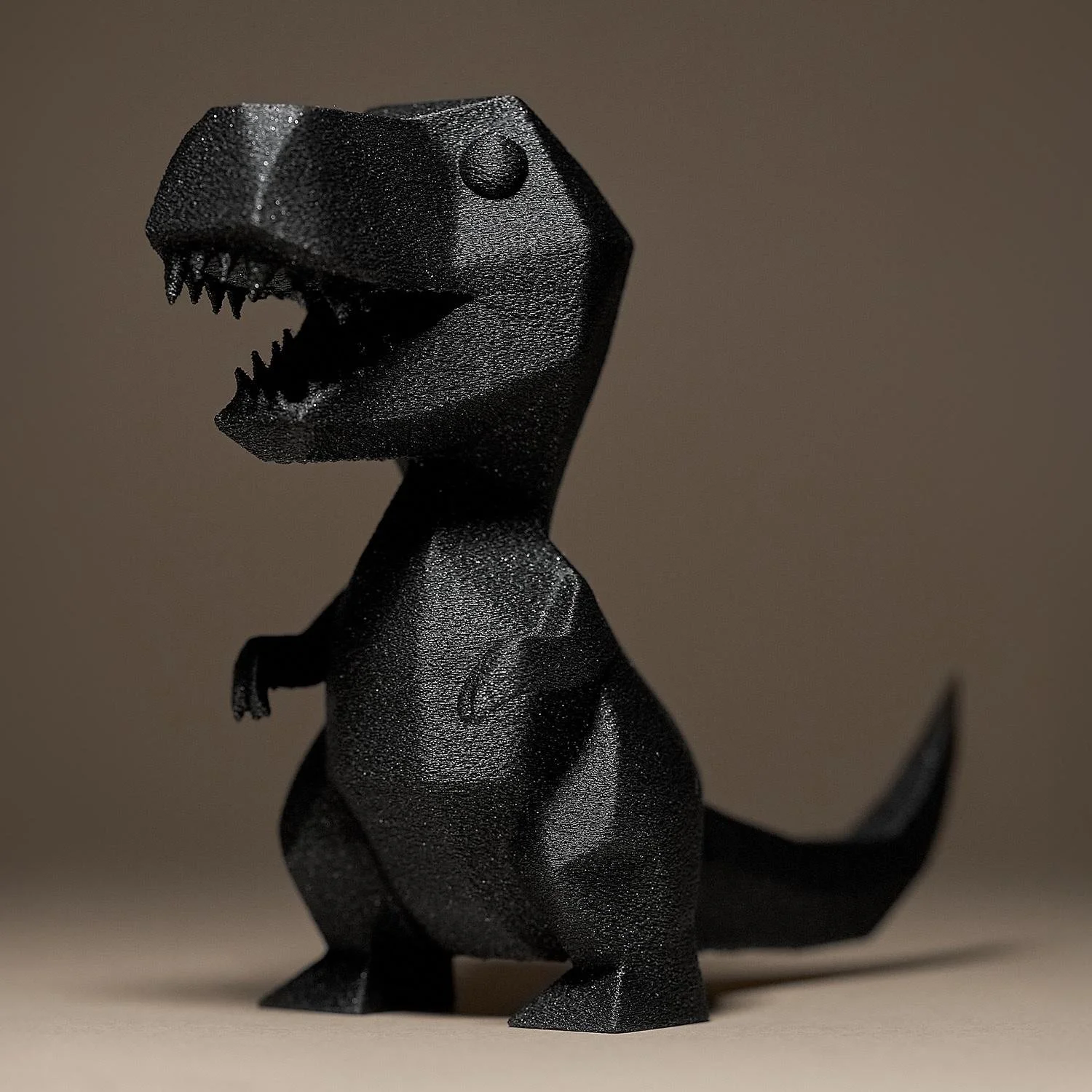


Quick View
The Terrific T-Rex - Prehistoric Pal • 3D Printed Plastic Figurine
from $22.00

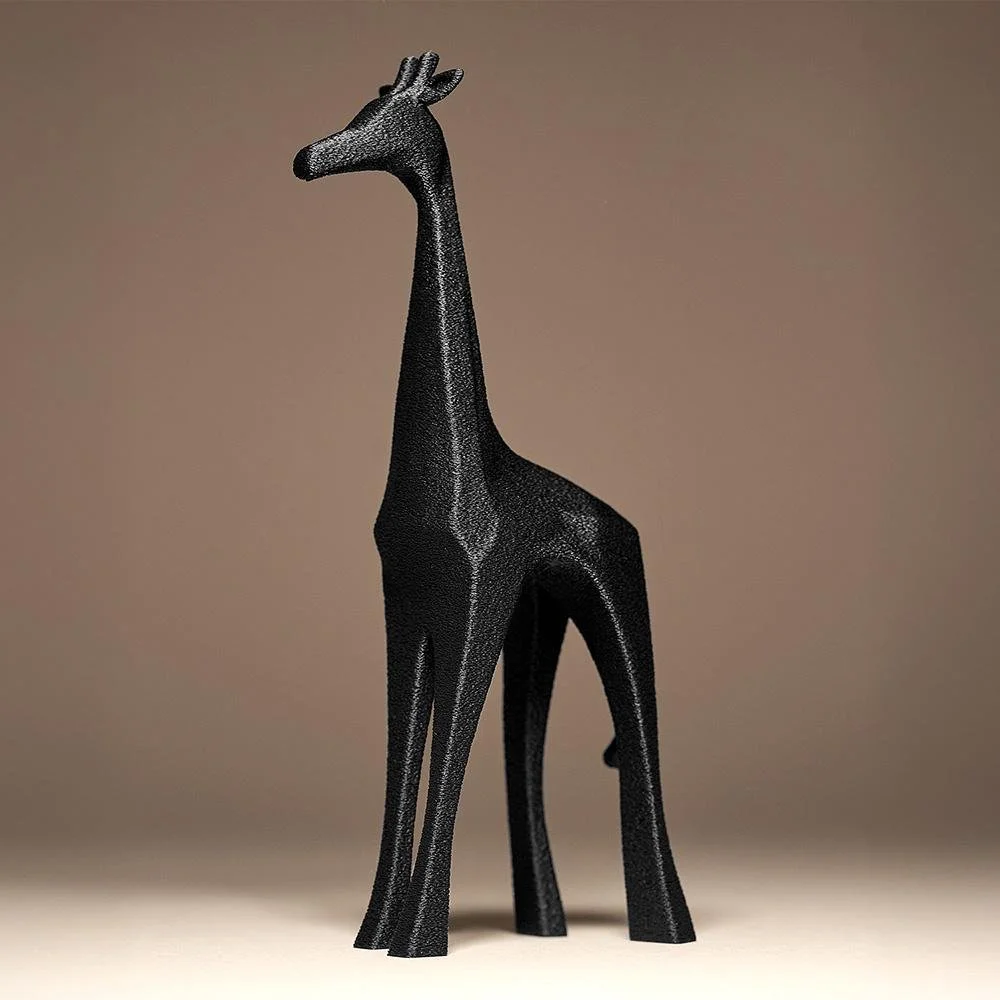


Quick View
The Graceful Giraffe - Serene Savannah Sentinel • 3D Printed Plastic Figurine
from $22.00





Quick View
The Graceful Form - Serene Silhouette • 3D Printed Plastic Figurine
from $20.00



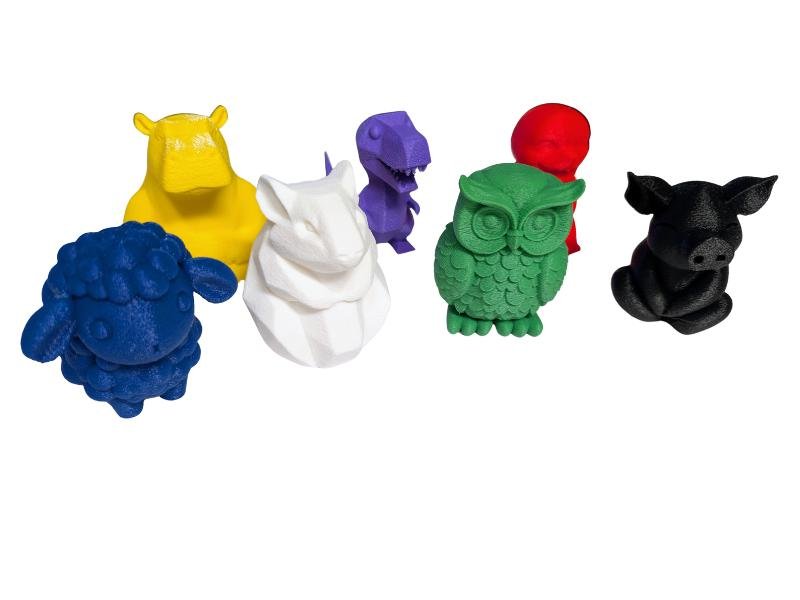
Quick View
The Dignified Doberman - Silent Sentinel • 3D Printed Plastic Figurine
from $20.00

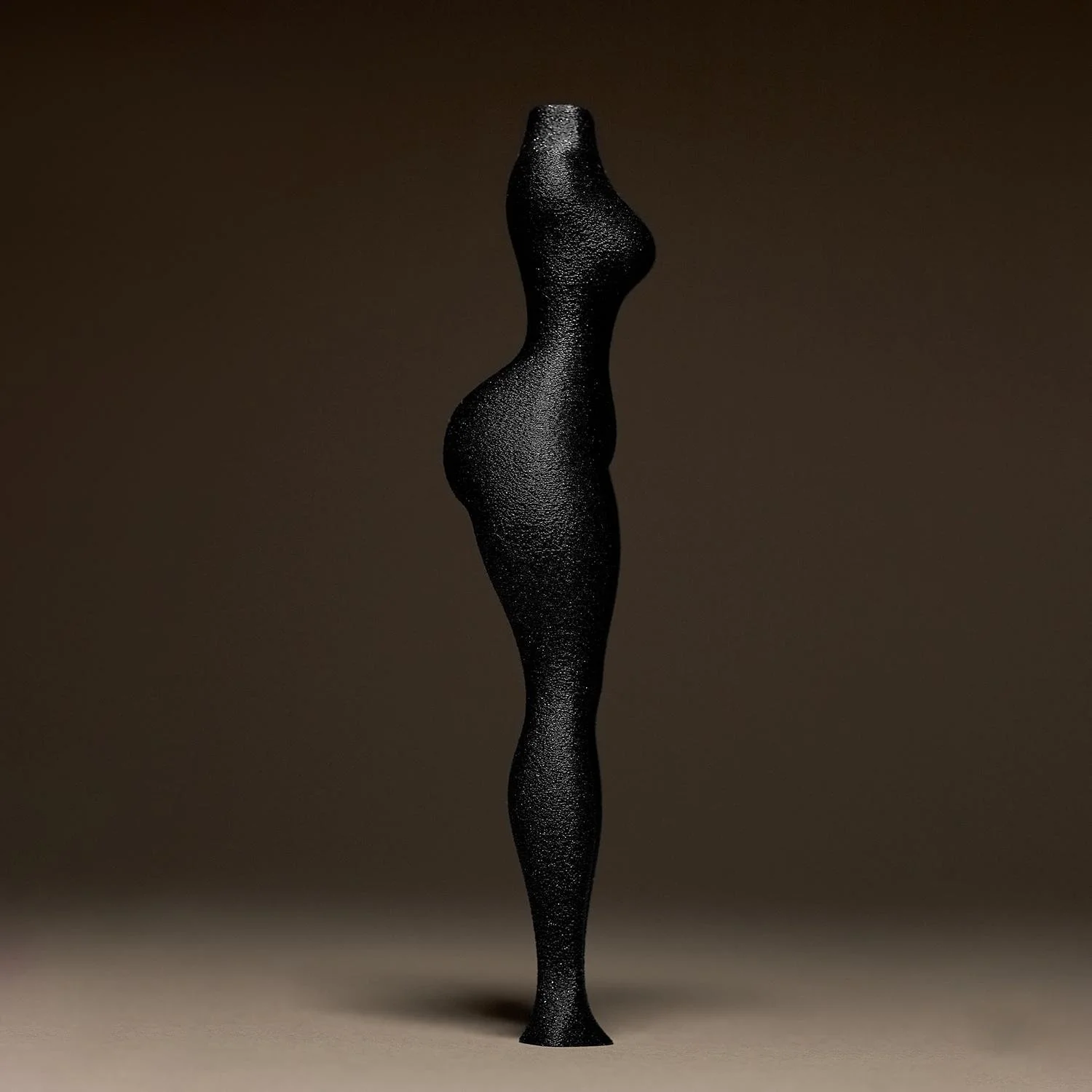
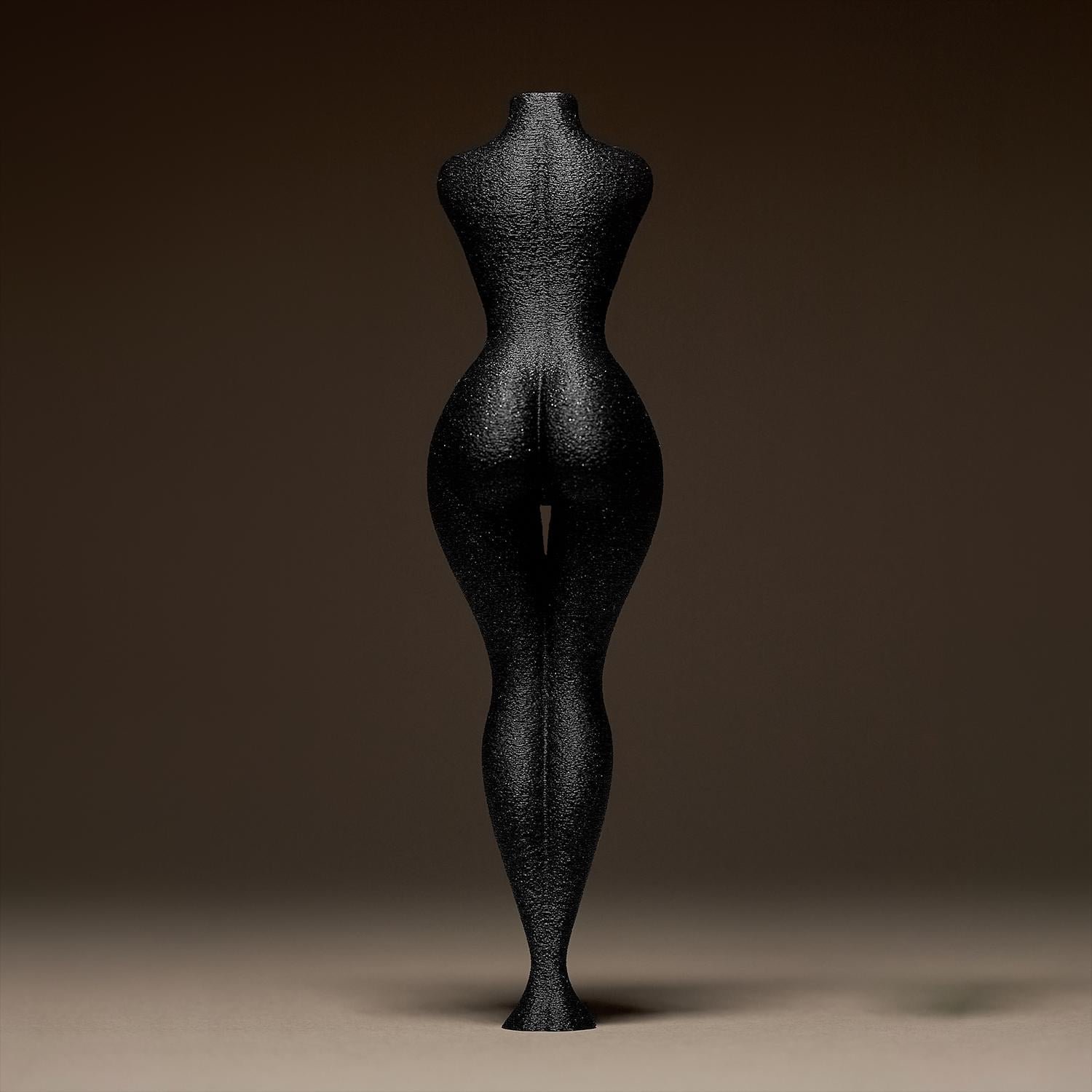

Quick View
The Feminine Form - Silent Silhouette • 3D Printed Plastic Figurine
from $20.00

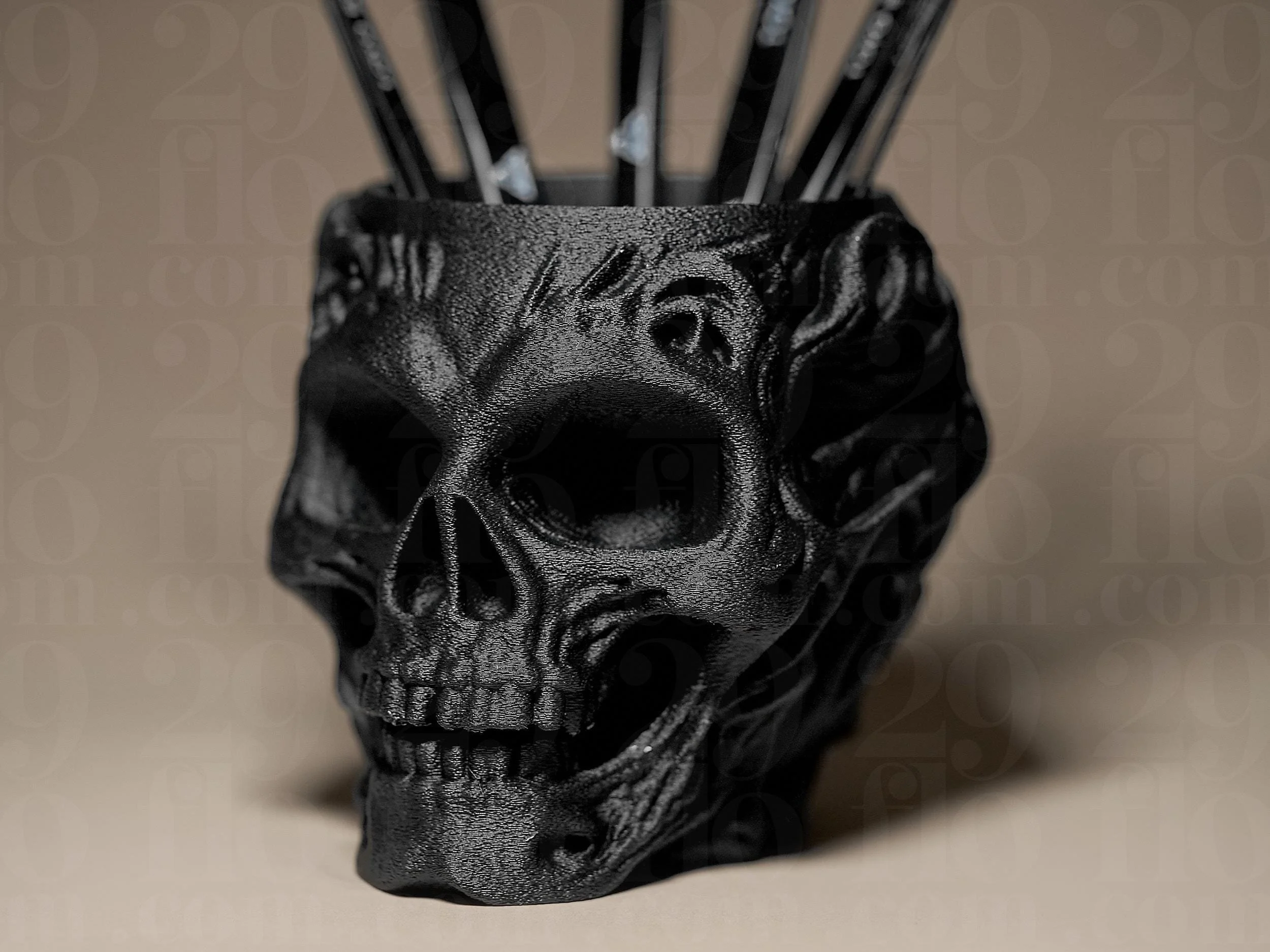




Quick View
The Sinister Skull - Sculpted Holder • 3D Printed Plastic Figurine
$28.00
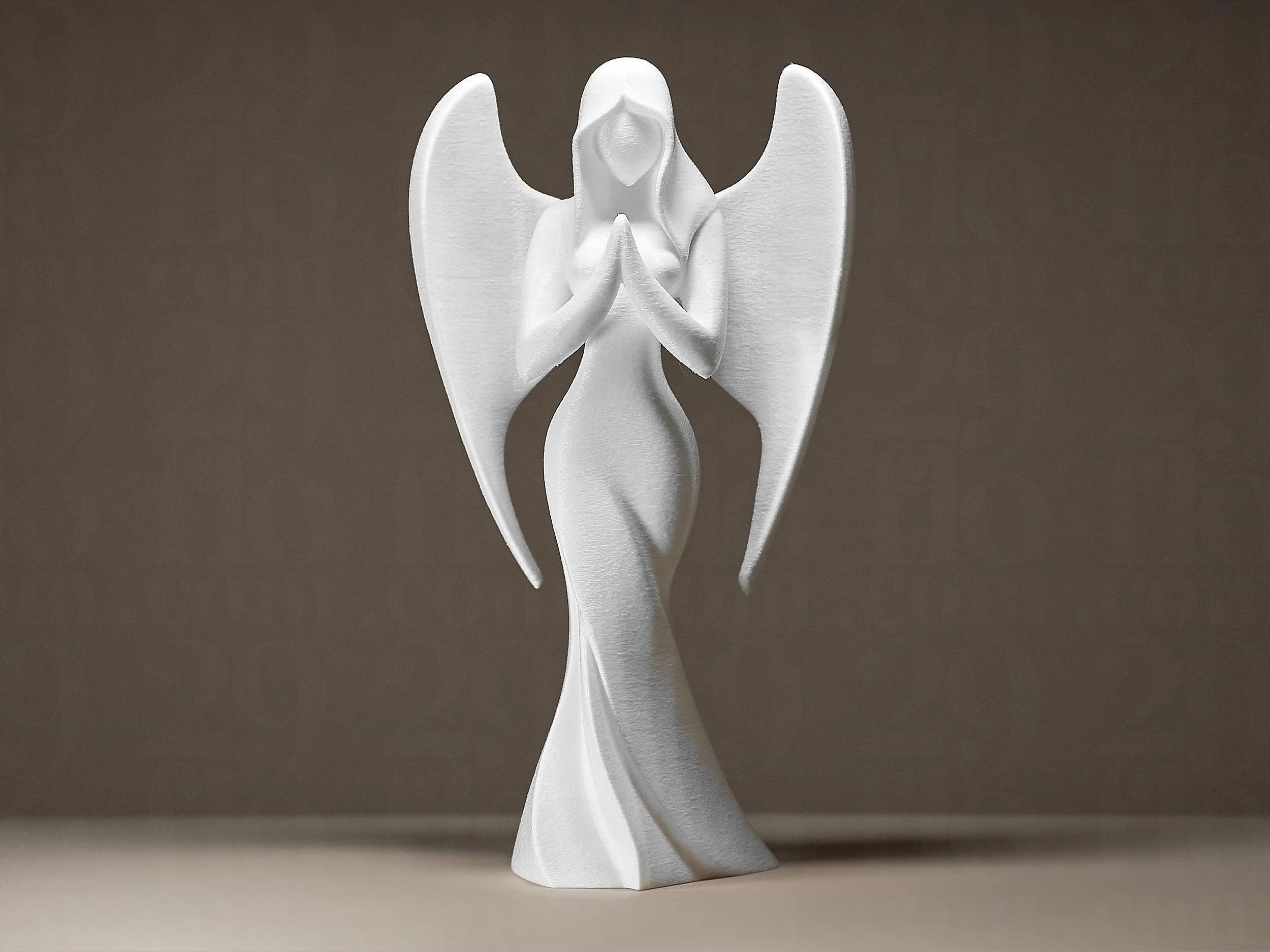



Quick View
The Contemplative Angel - Serene Spirit • 3D Printed Plastic Figurine
from $22.00
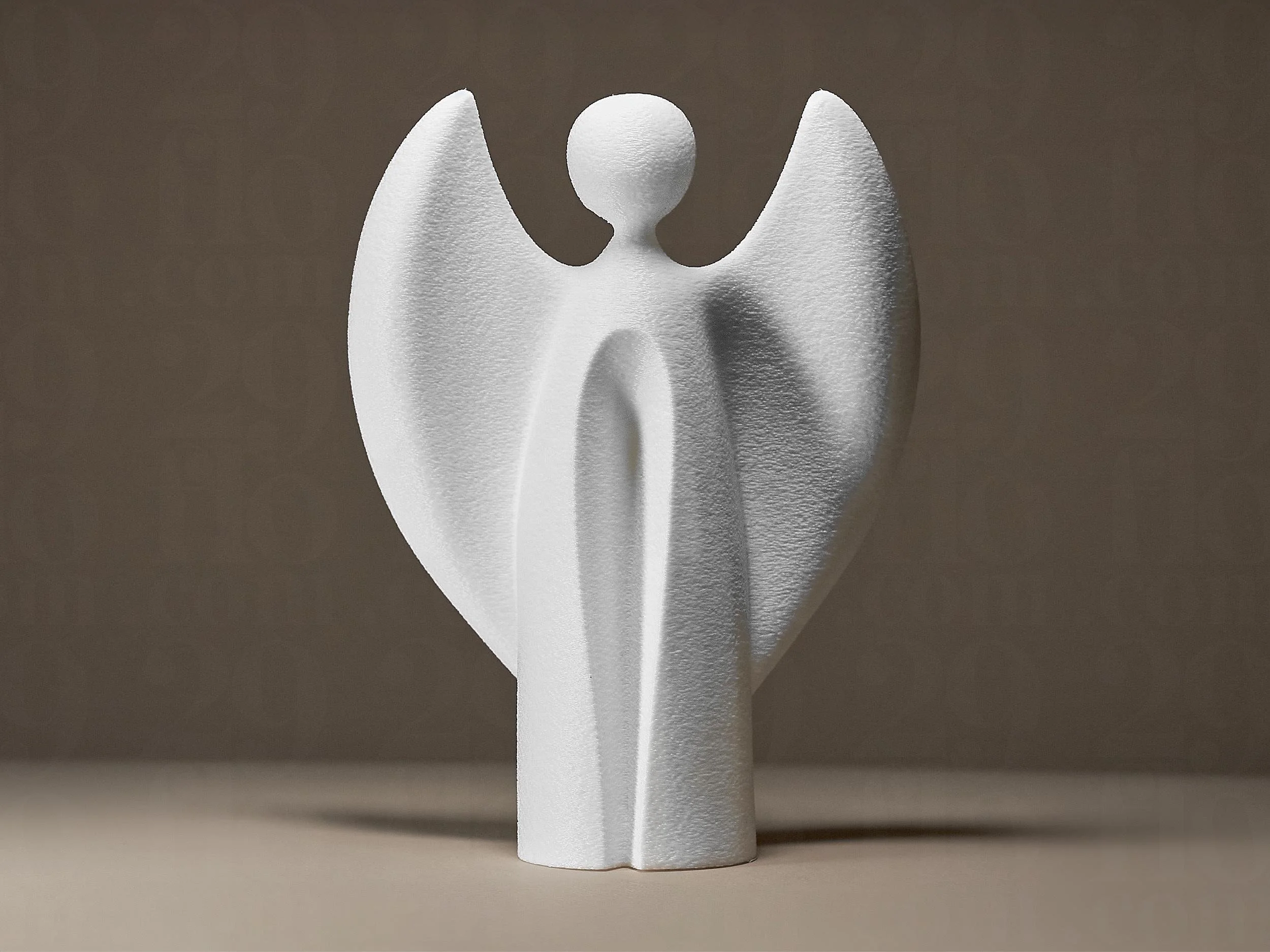



Quick View
The Serene Angel - Sentinel Spirit • 3D Printed Plastic Figurine
from $20.00


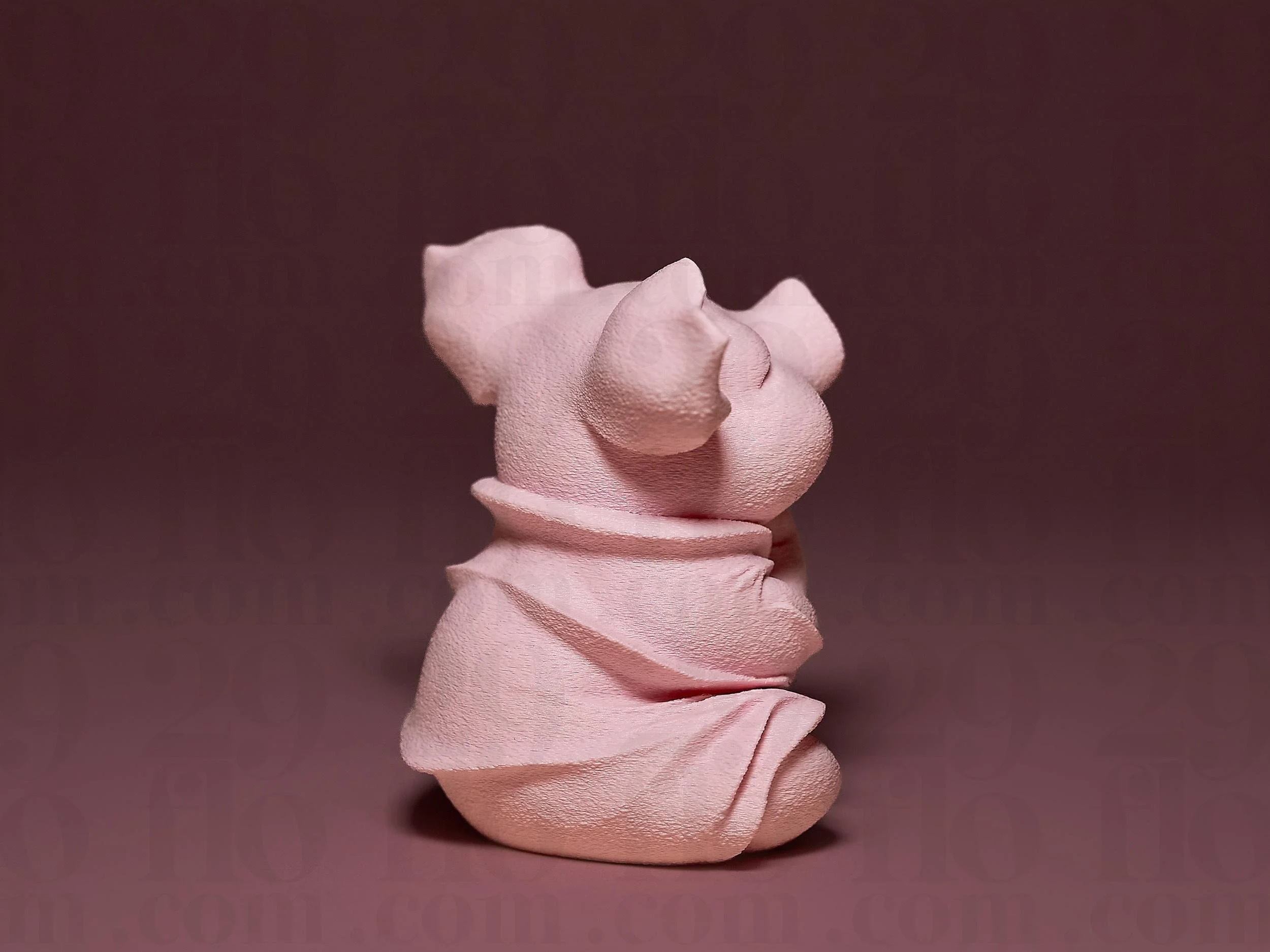


Quick View
The Peaceful Piglet - Serene Swine • 3D Printed Plastic Figurine
from $22.00


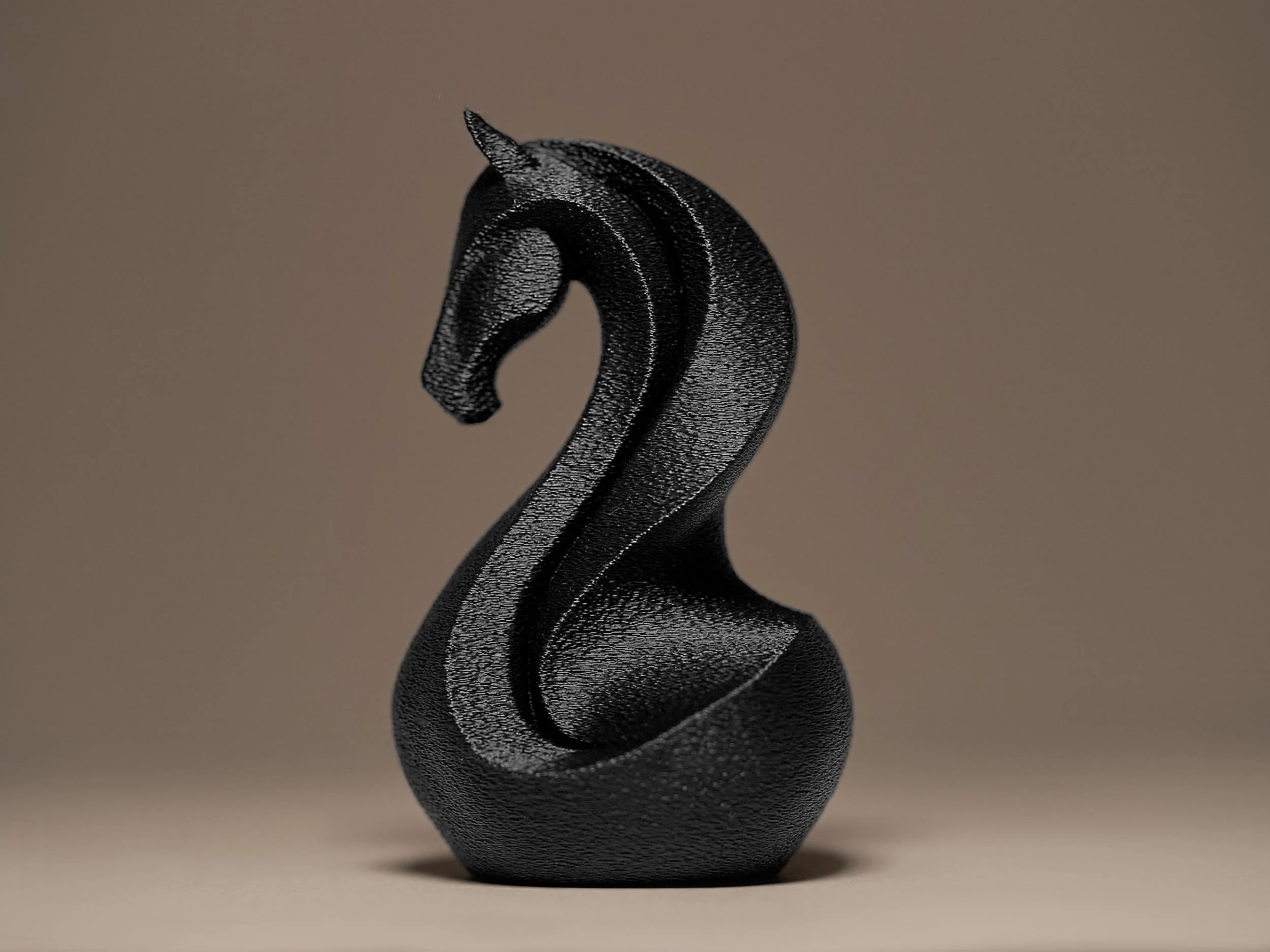

Quick View
The Stalwart Steed - Noble Knight • 3D Printed Plastic Figurine
from $20.00




Quick View
The Prancing Stallion - Geometric Grace • 3D Printed Plastic Figurine
from $22.00
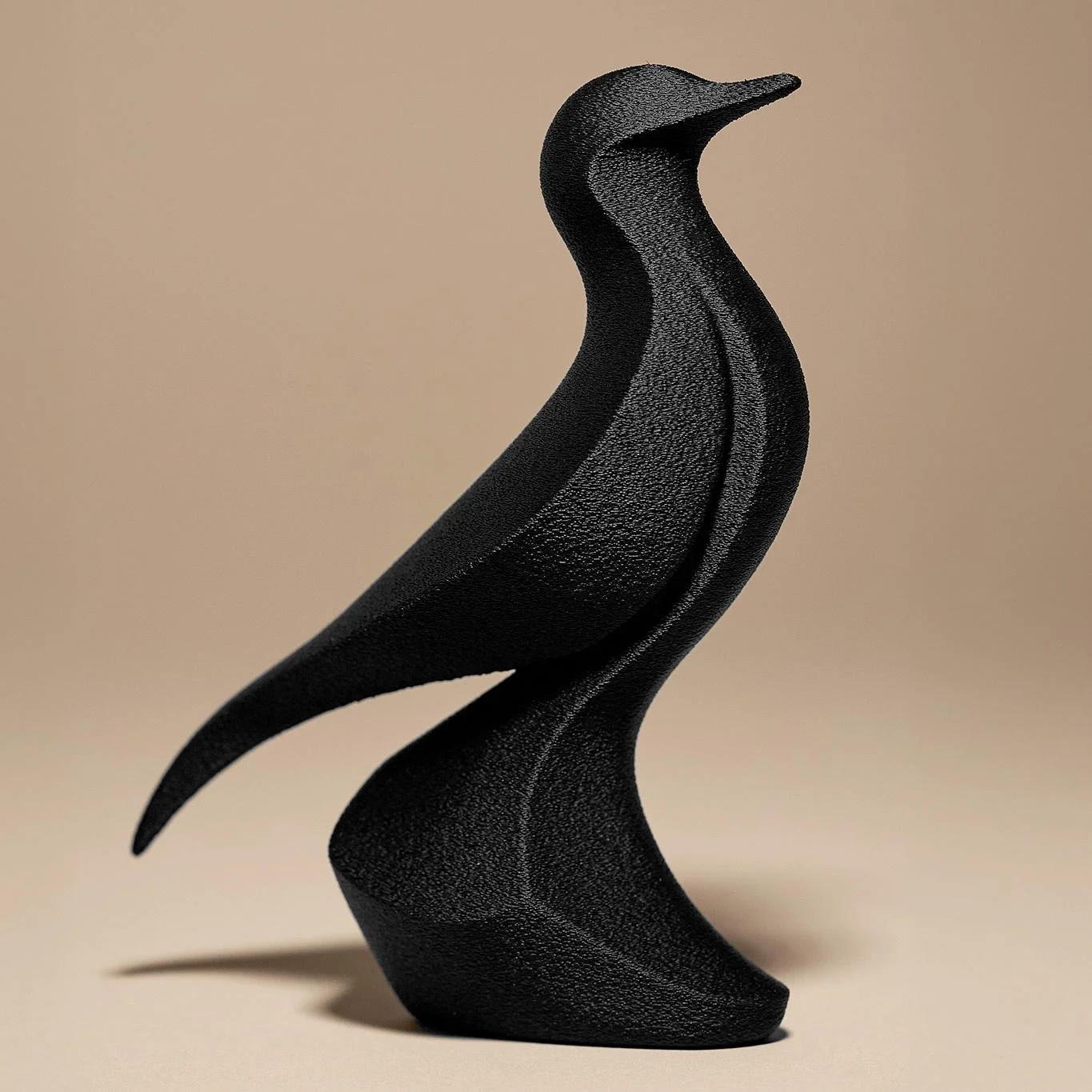
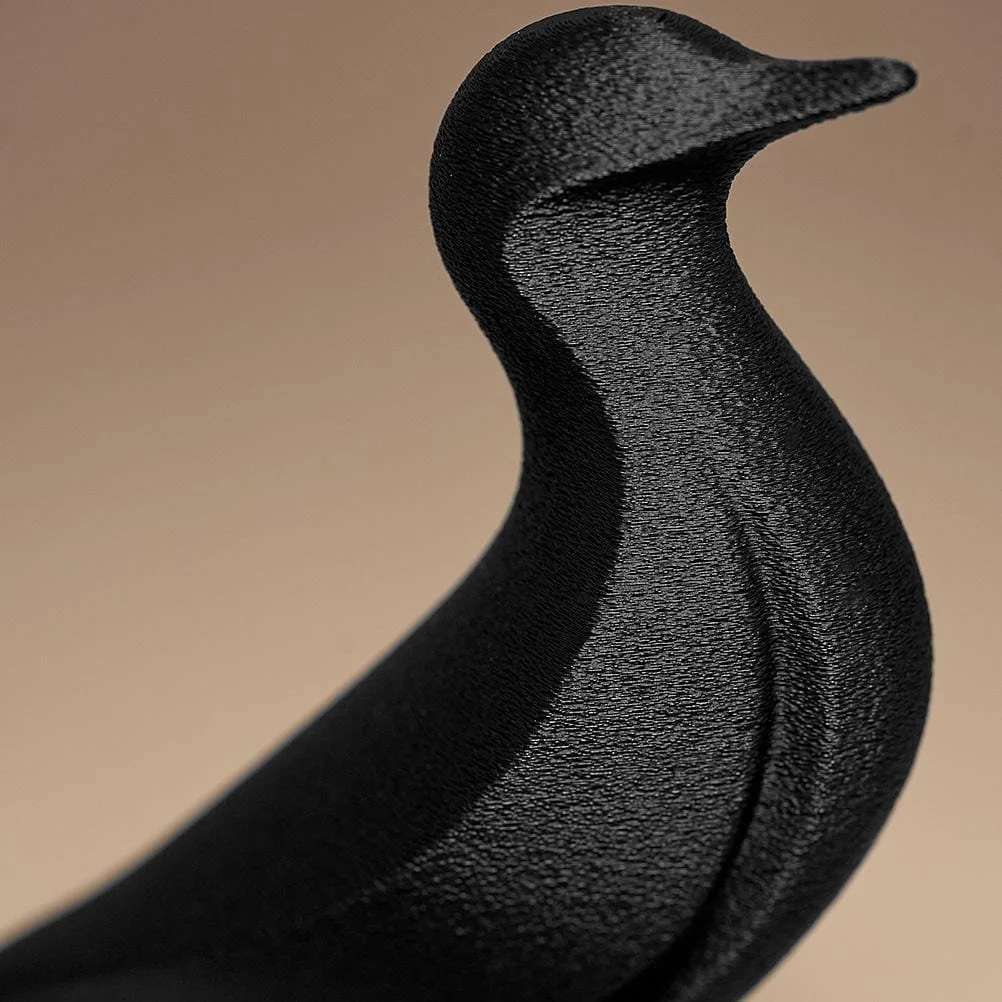


Quick View
The Sleek Seabird - Slender Silhouette • 3D Printed Plastic Figurine
from $20.00

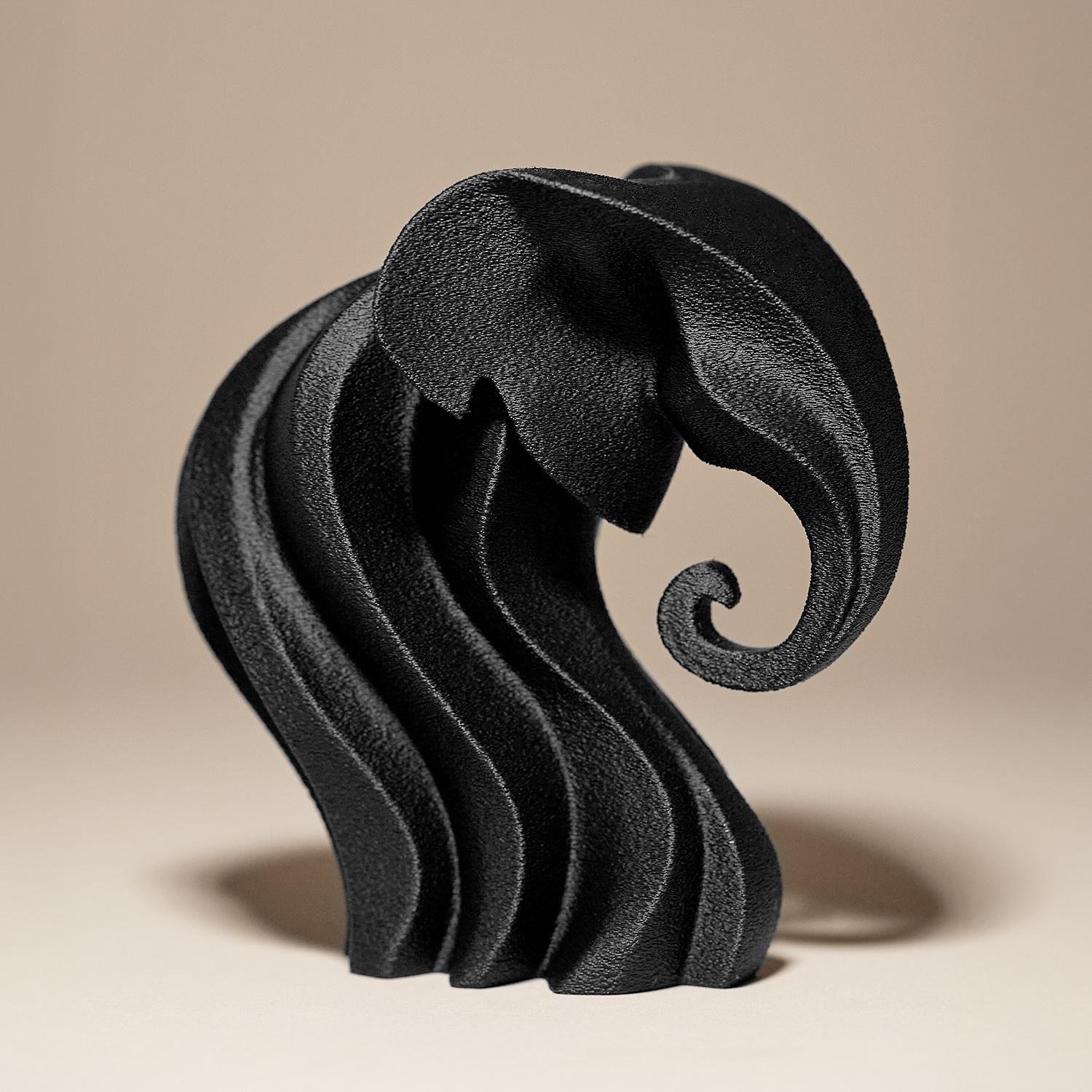

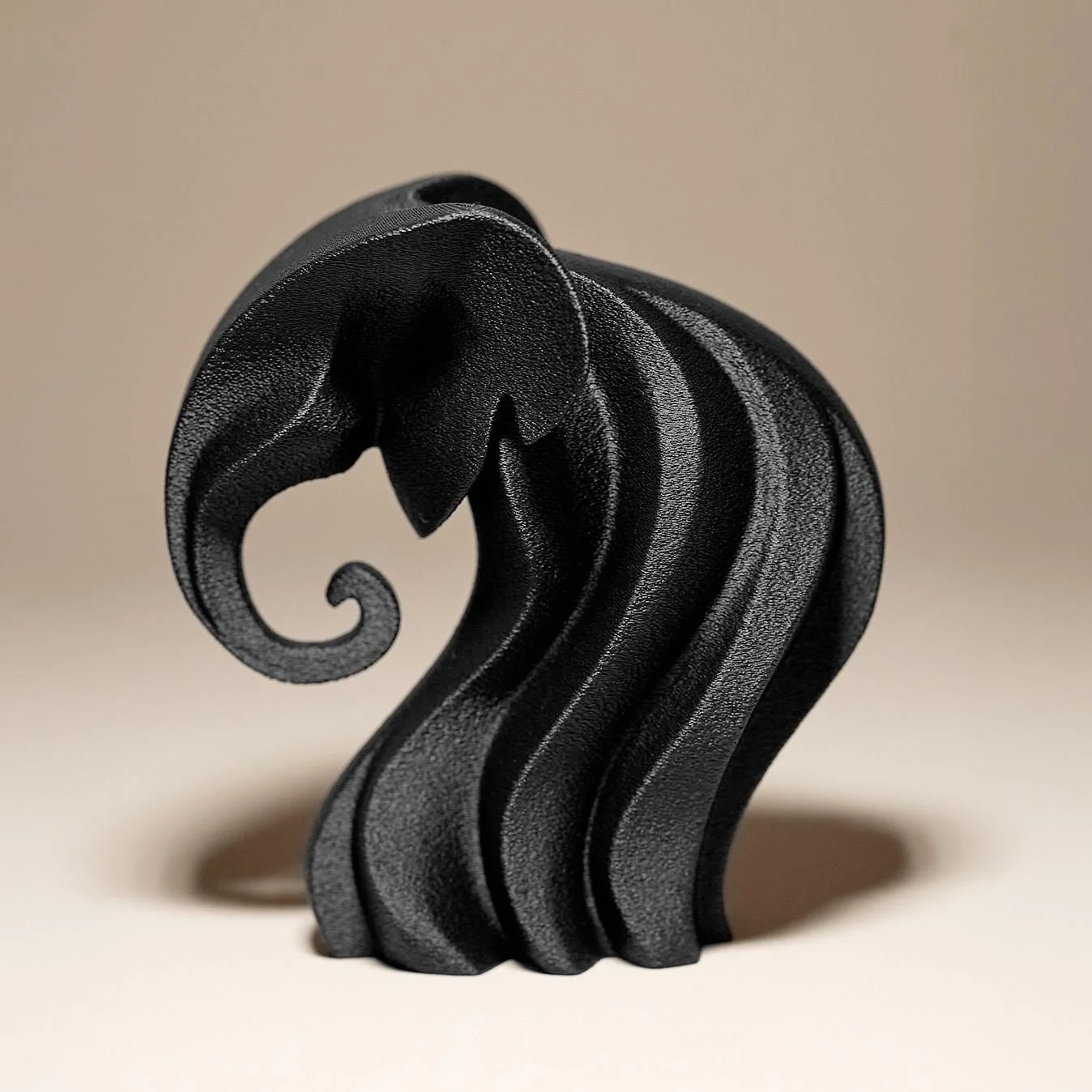
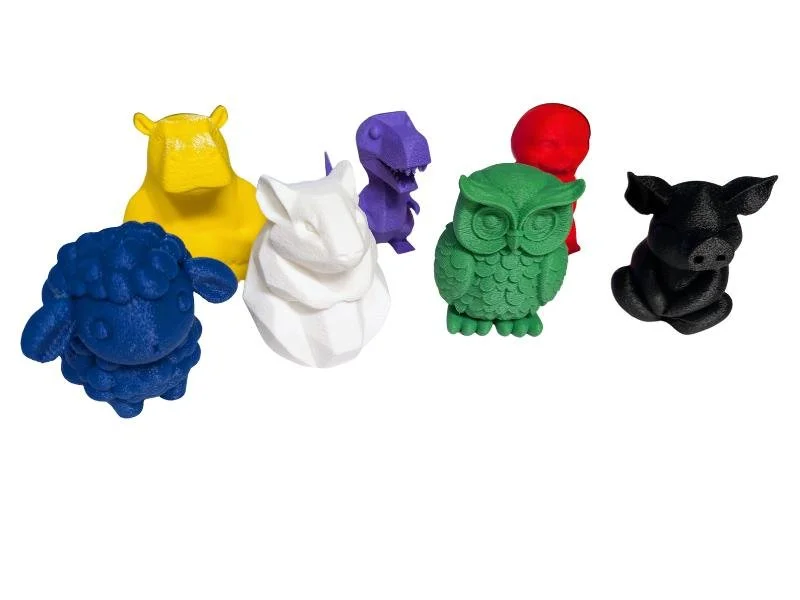
Quick View
The Majestic Mammoth - Flowing Form • 3D Printed Plastic Figurine
from $22.00
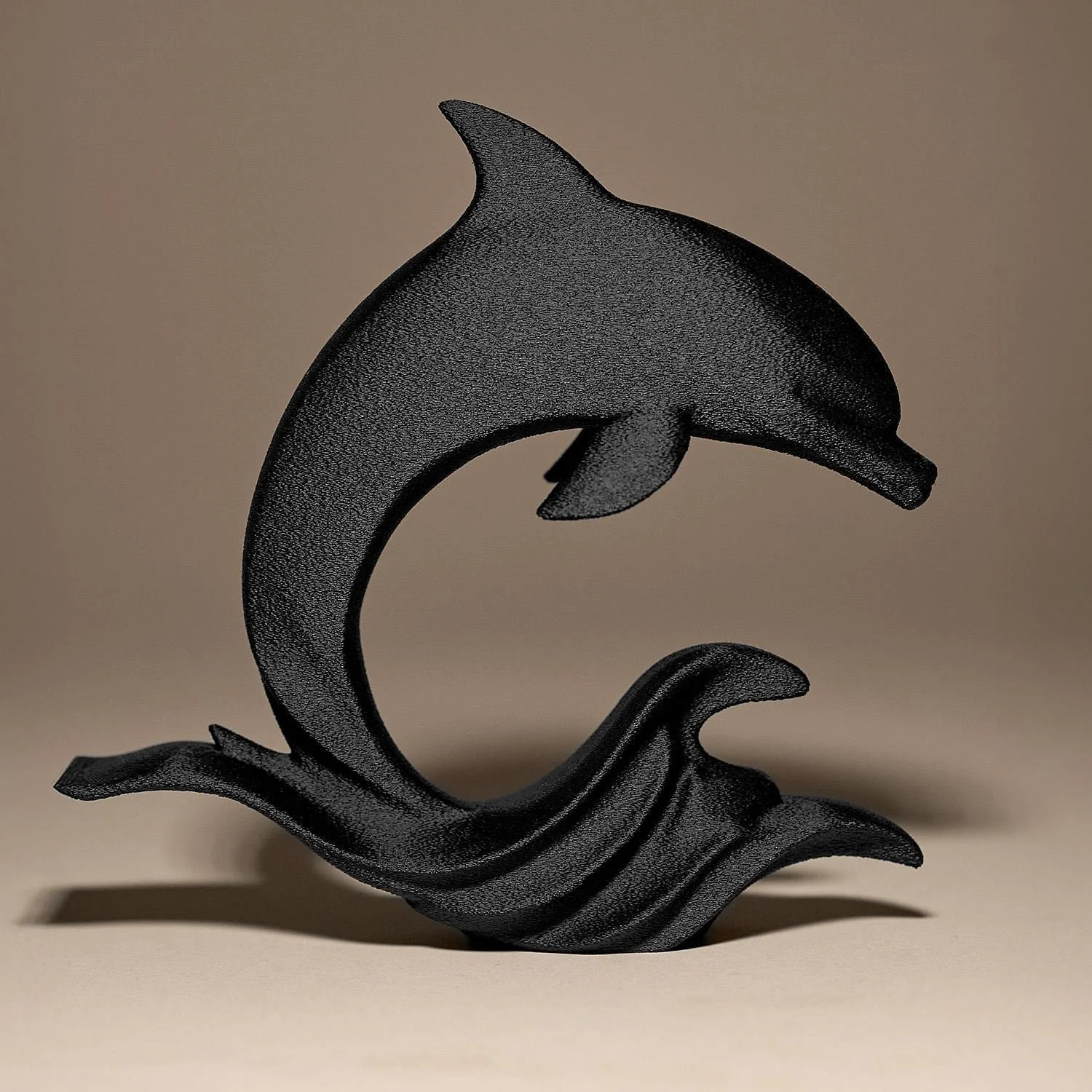



Quick View
The Dynamic Dolphin - Leaping Legend • 3D Printed Plastic Figurine
from $22.00

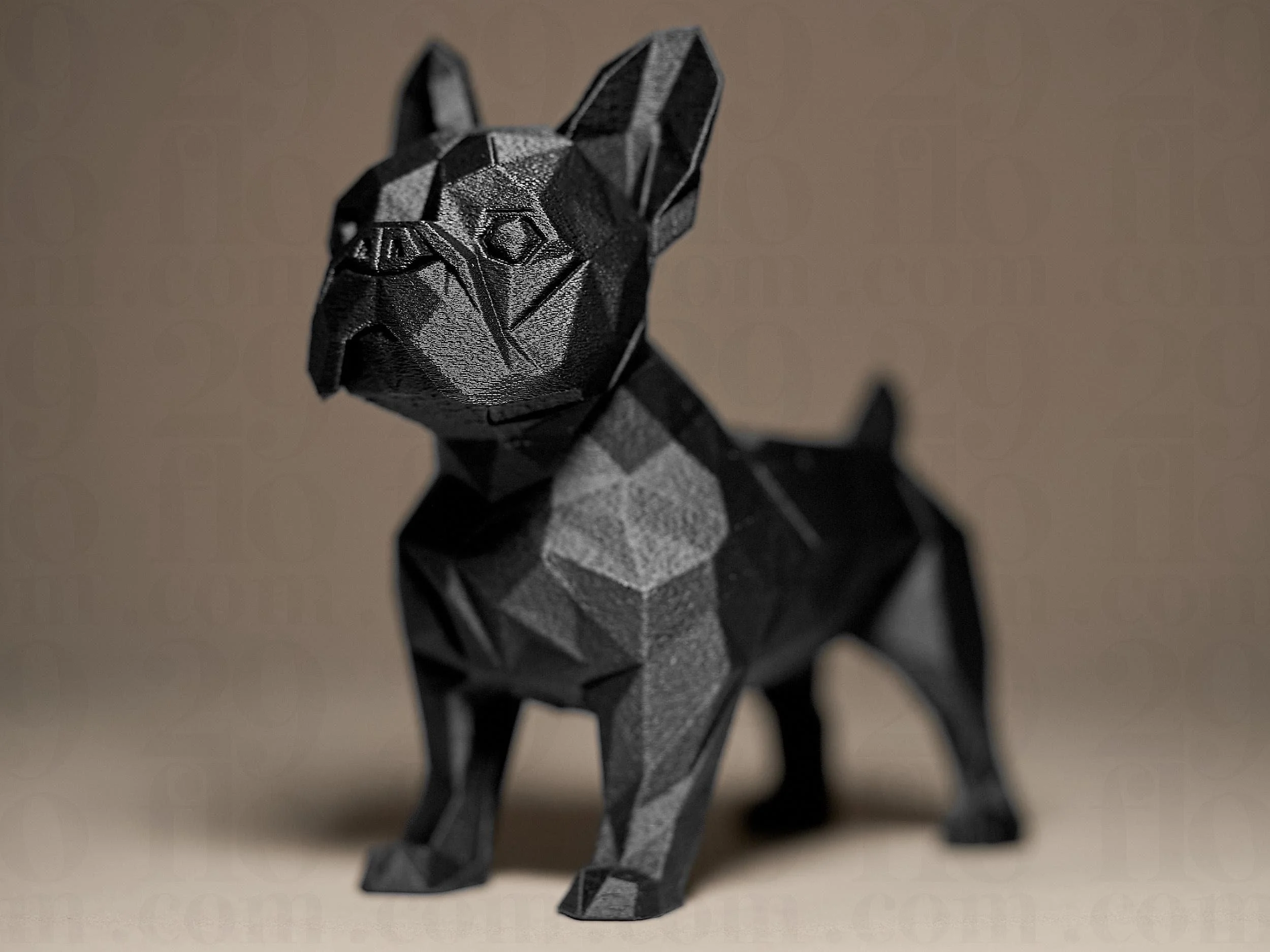




Quick View
The Faceted Frenchie - Geometric Guardian • 3D Printed Plastic Figurine
from $20.00

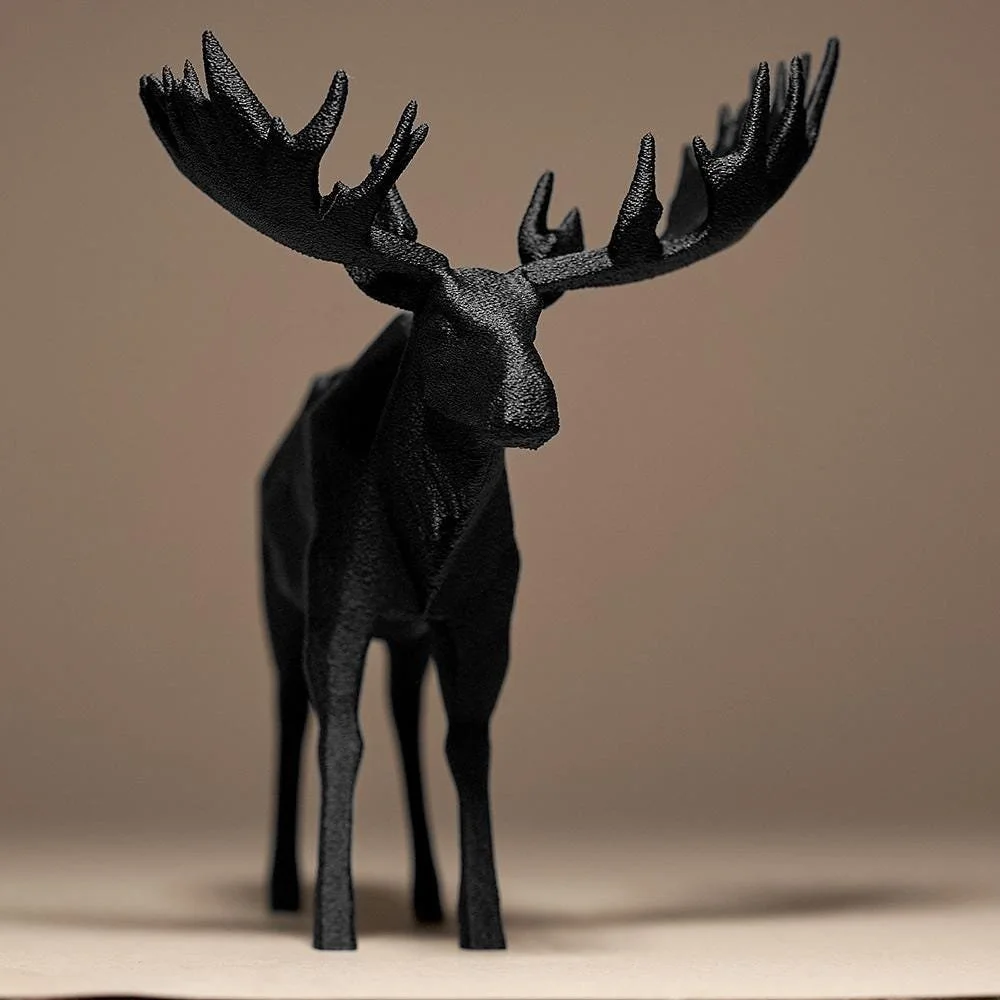
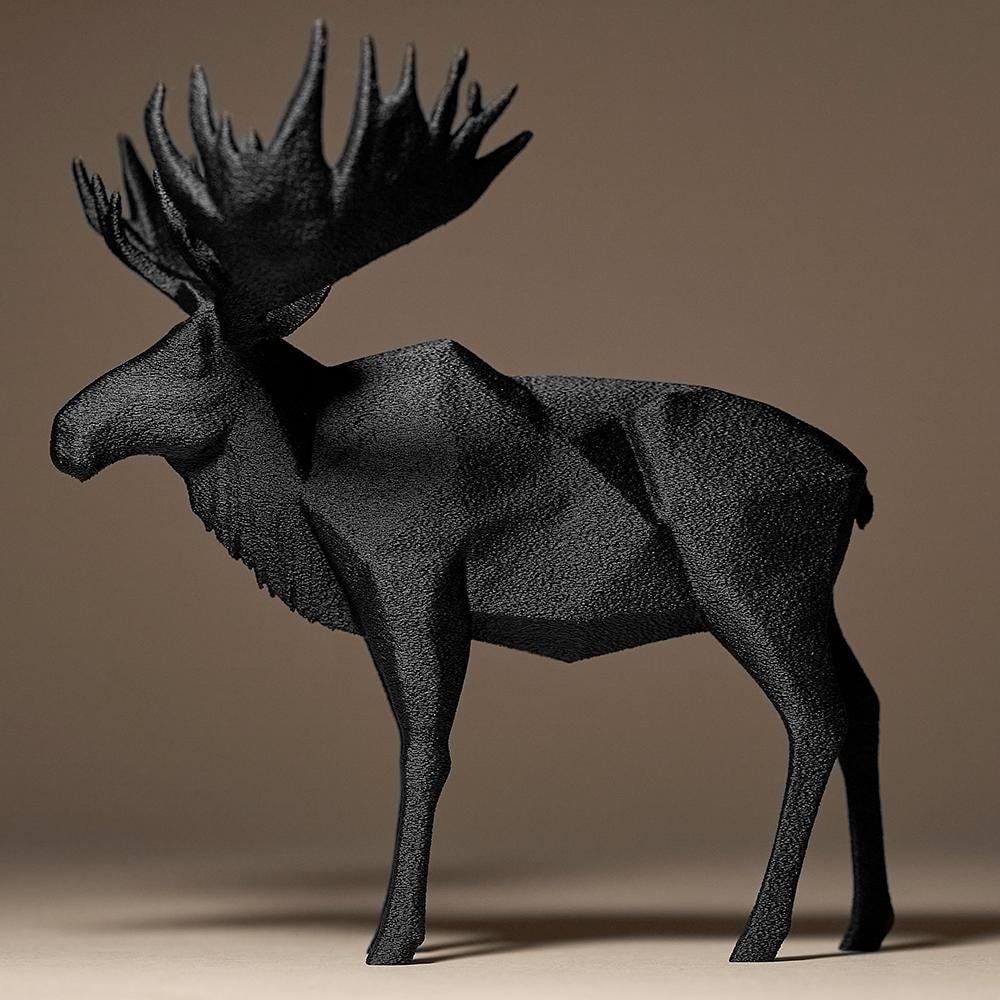

Quick View
The Majestic Moose - Silent Sovereign • 3D Printed Plastic Figurine
from $20.00




Quick View
The Sovereign Stag - Geometric Grandeur • 3D Printed Plastic Figurine
from $20.00




Quick View
The Serene Swan - Sleek Silhouette • 3D Printed Plastic Figurine
from $20.00
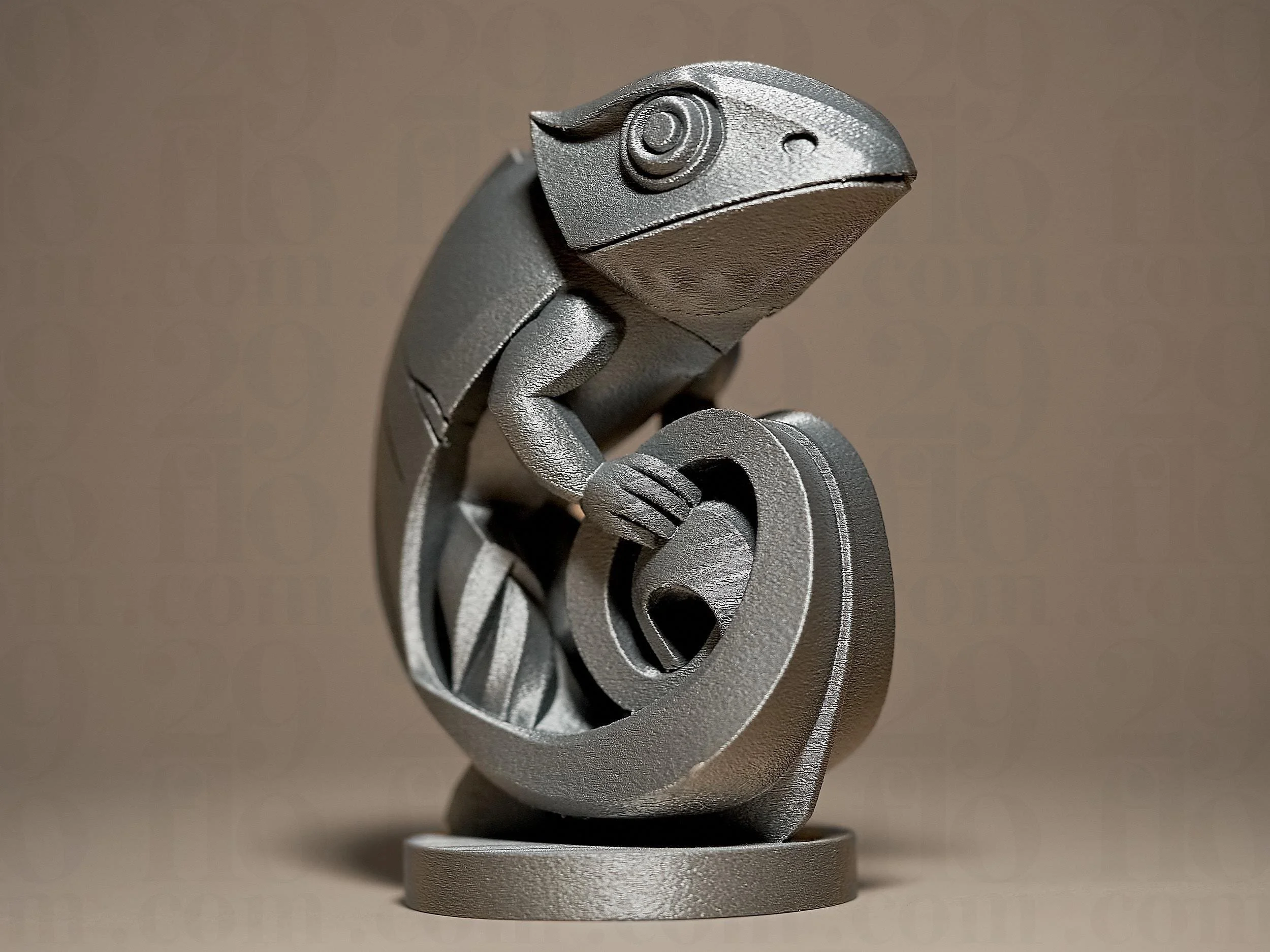
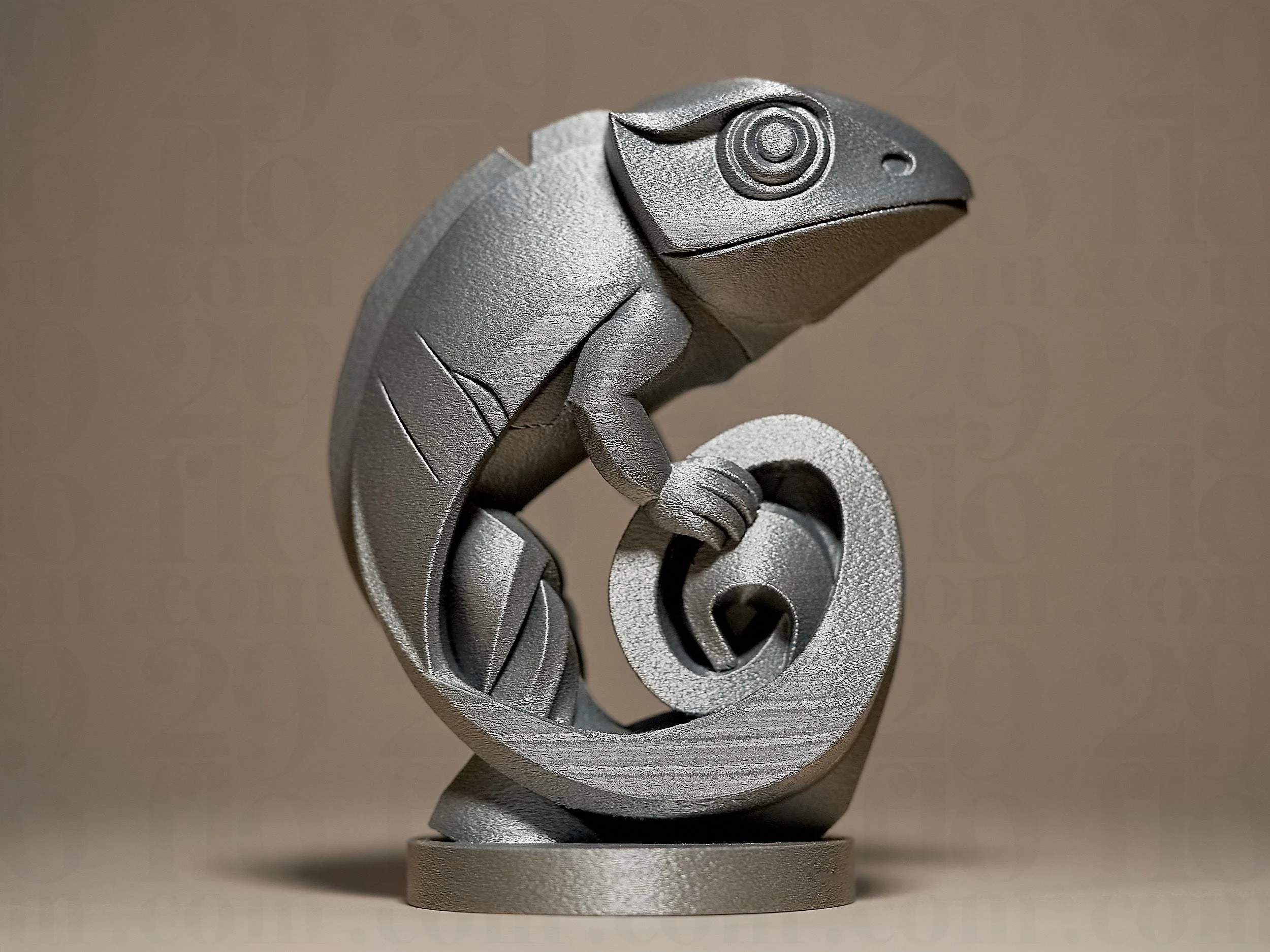


Quick View
The Curious Chameleon - Coiled Character • 3D Printed Plastic Figurine
from $22.00





Quick View
The Visionary Visage - Serene Sentinel • 3D Printed Plastic Figurine
from $22.00

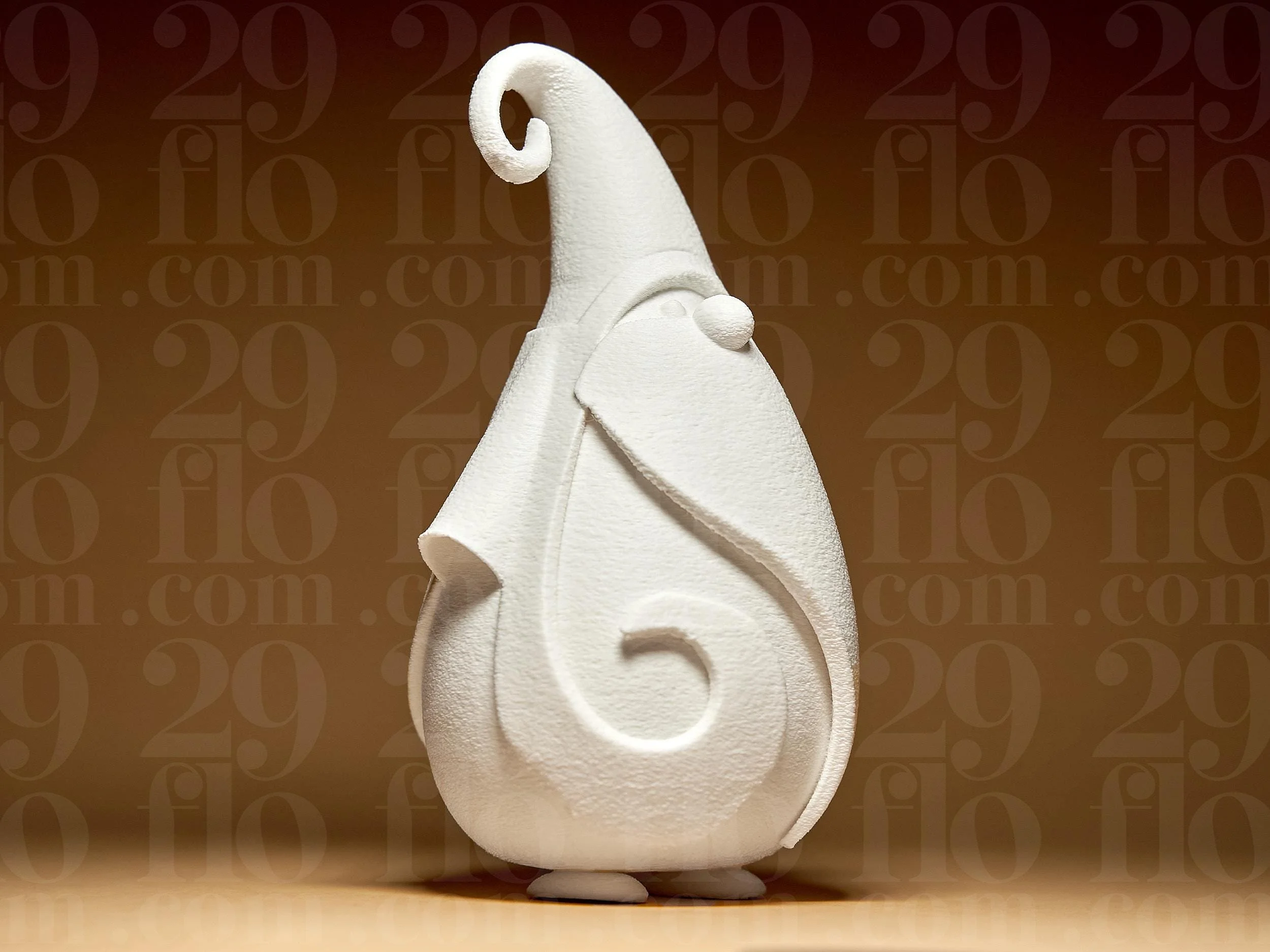
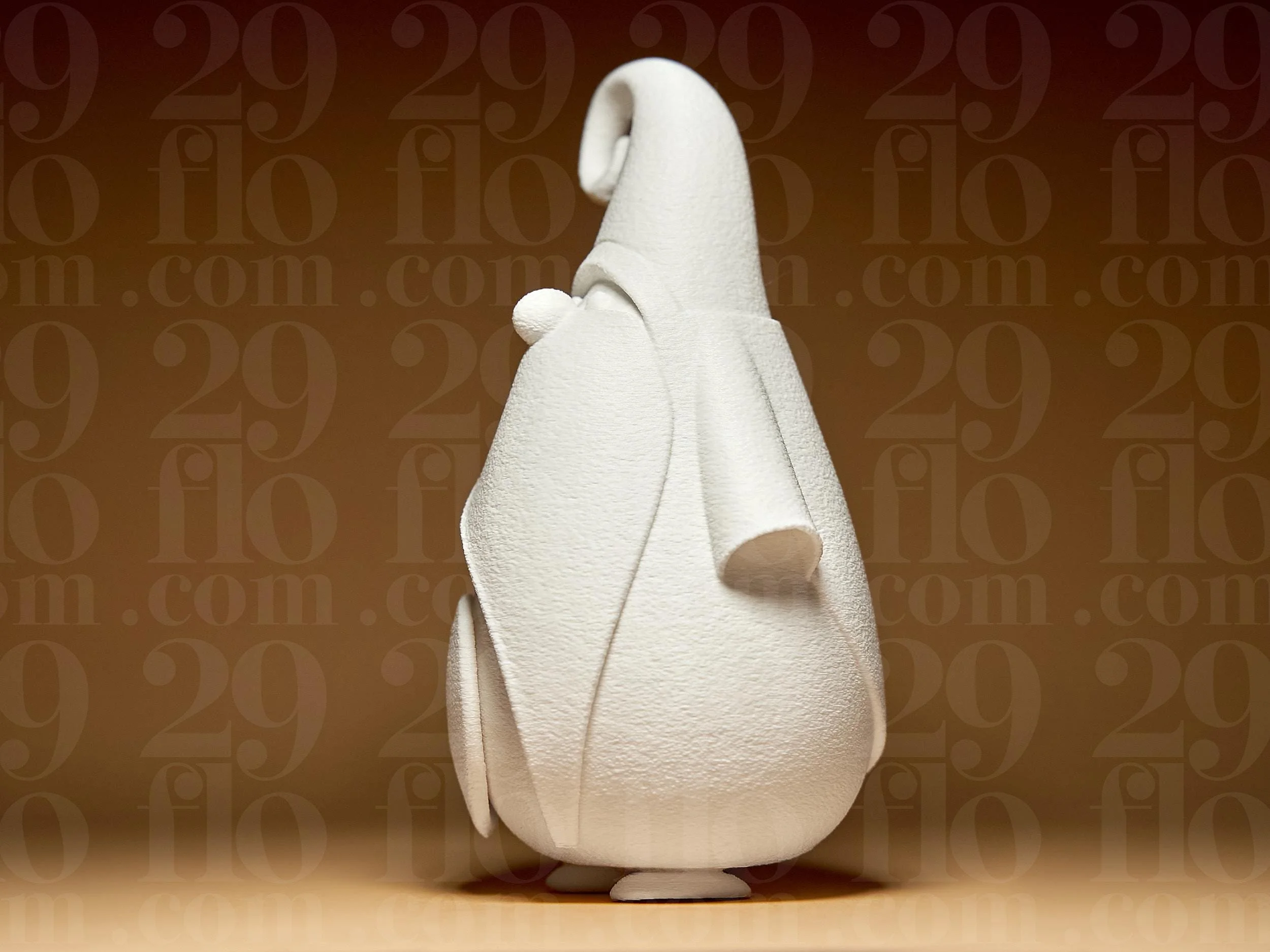
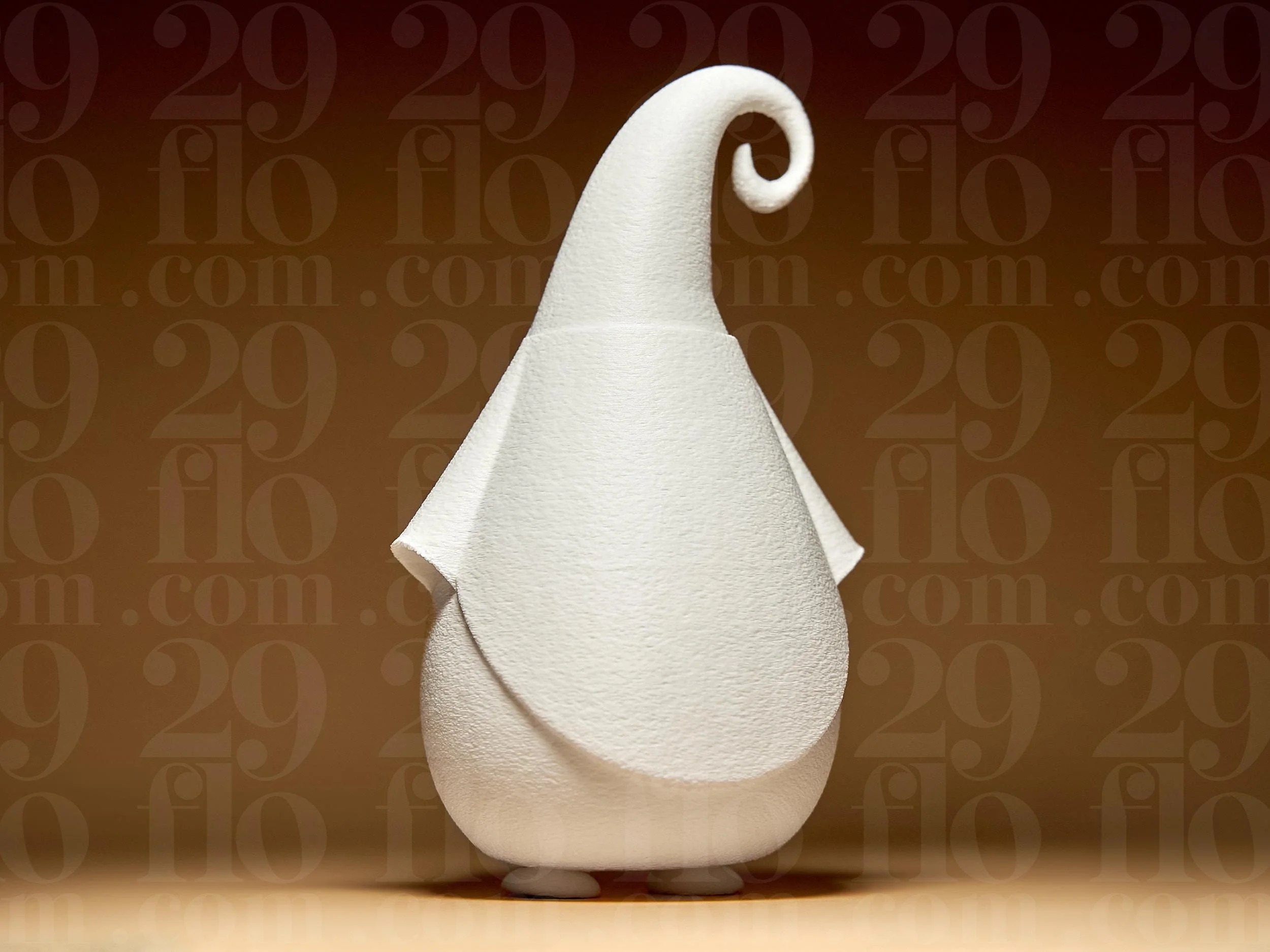

Quick View
The Simple Santa - Festive Figure • 3D Printed Plastic Figurine
from $20.00





Quick View
The Bashful Bunny - Serene Silhouette • 3D Printed Plastic Figurine
from $20.00

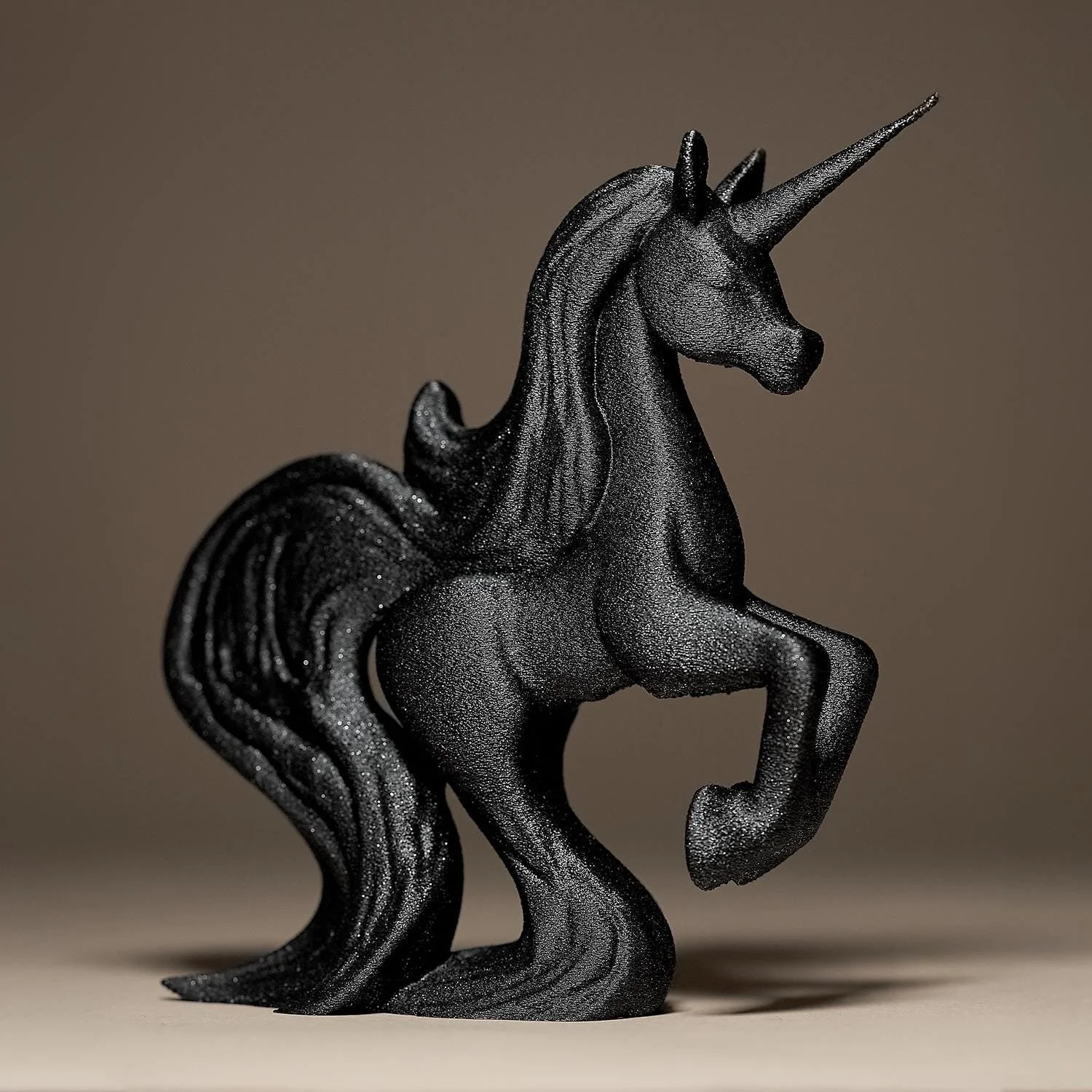
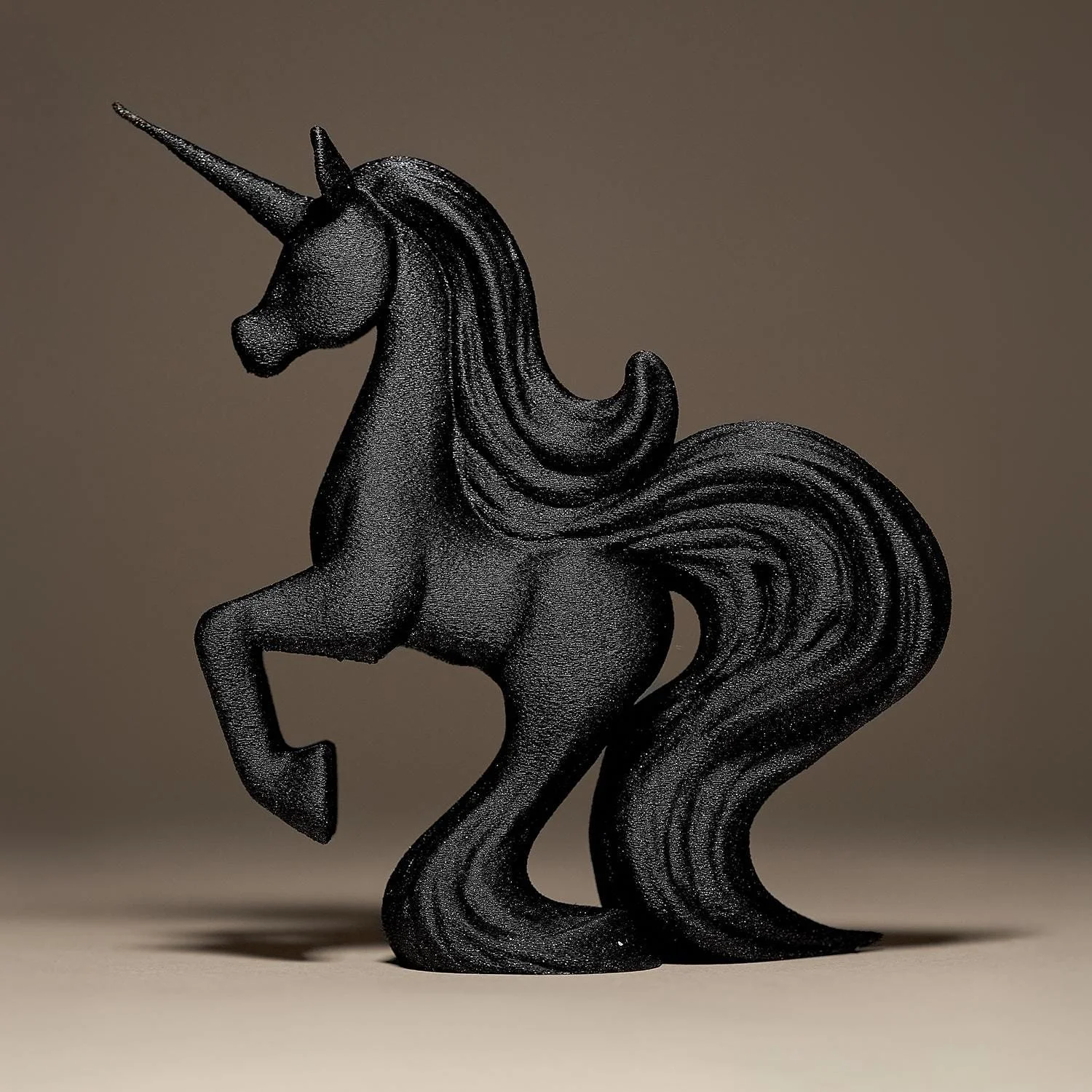
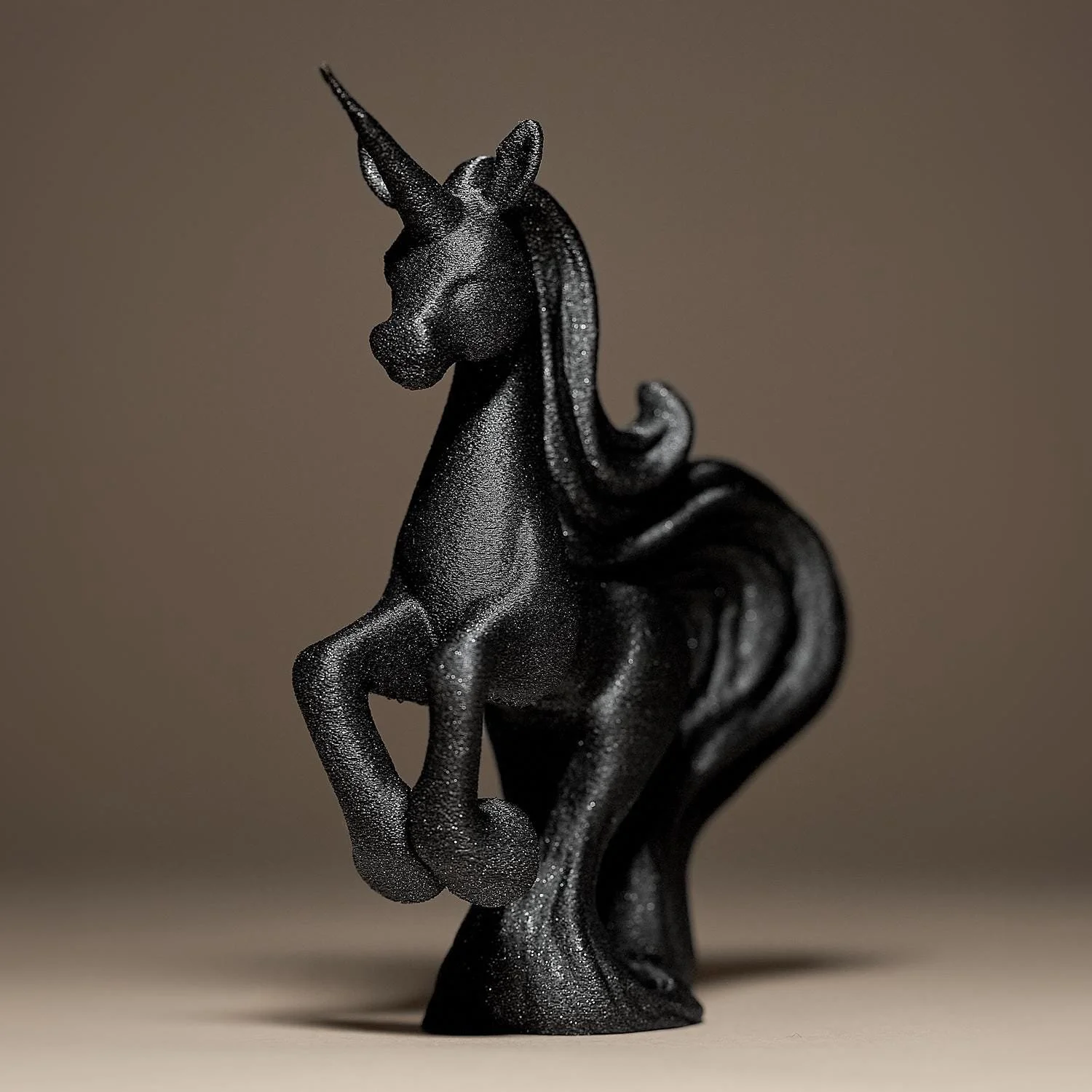

Quick View
The Unique Unicorn - Flowing Form • 3D Printed Plastic Figurine
from $28.00
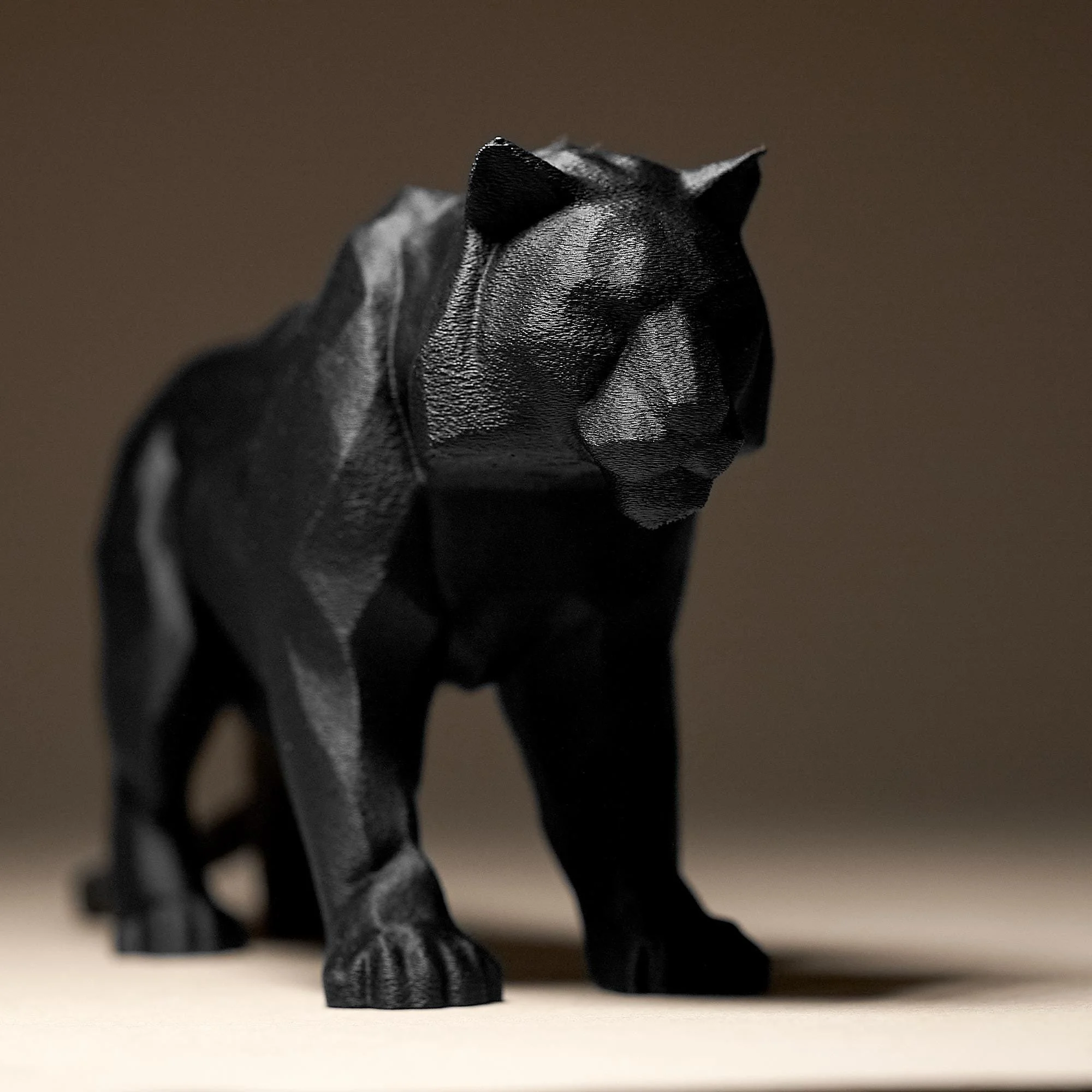
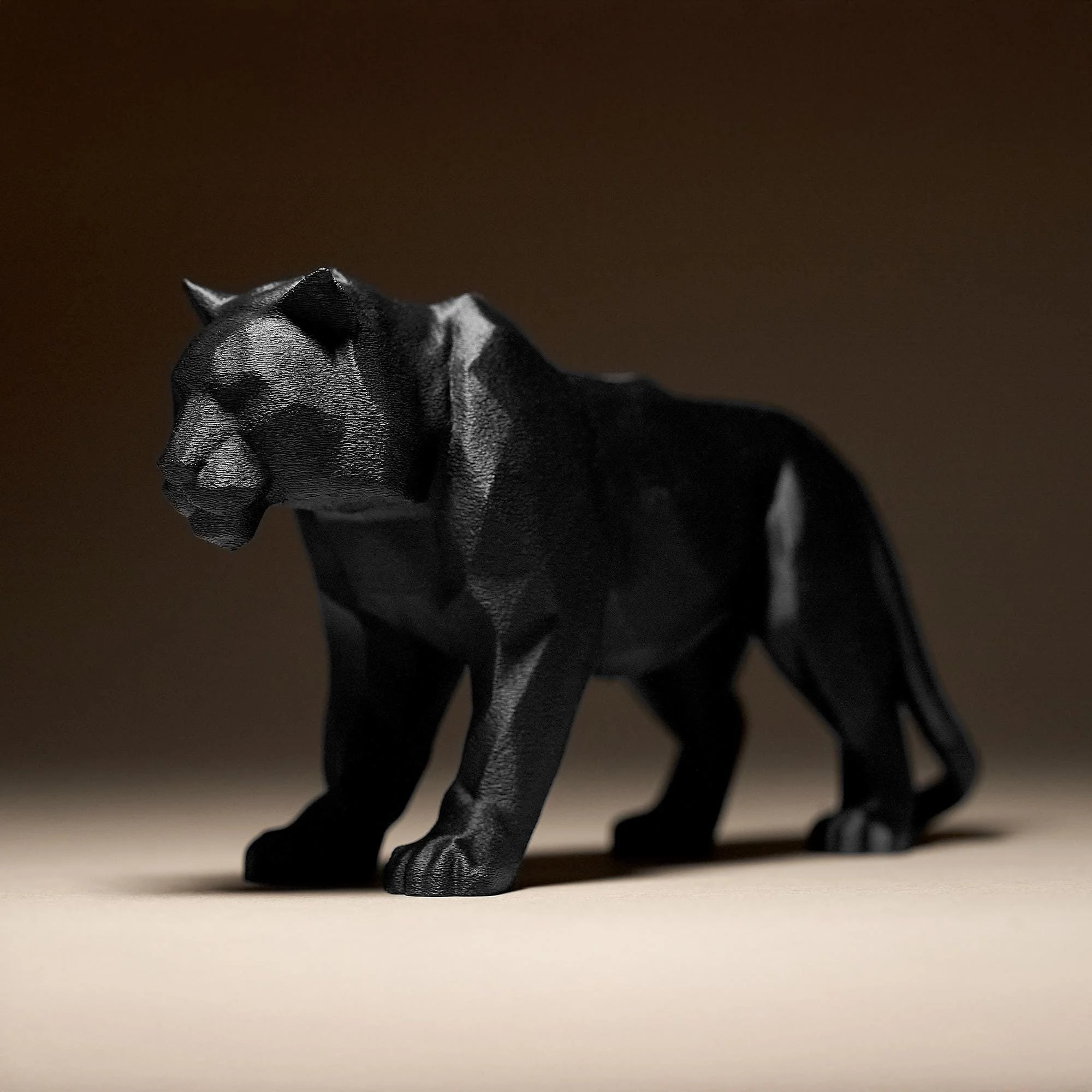

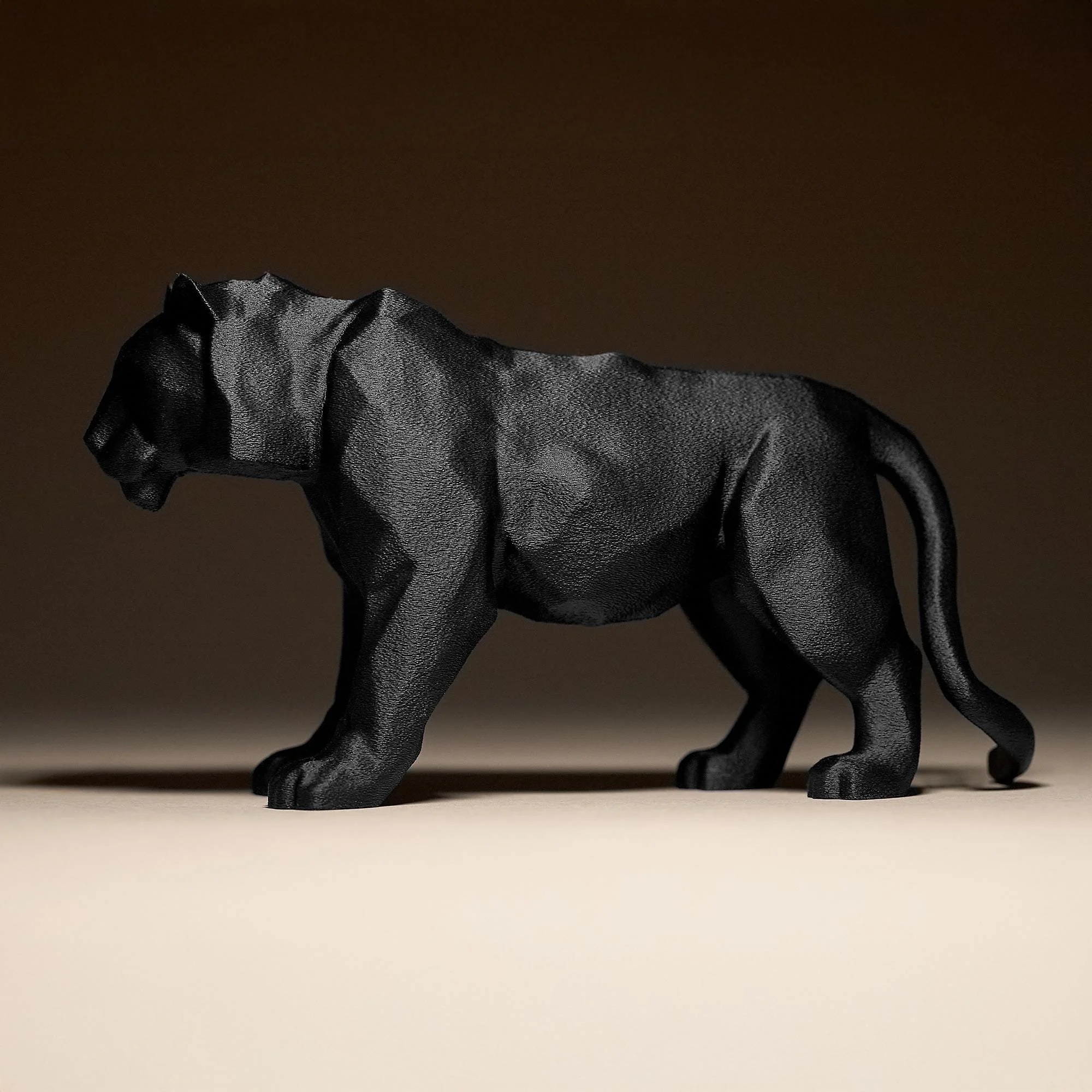

Quick View
The Prowling Panther - Silent Shadow • 3D Printed Plastic Figurine
from $24.00
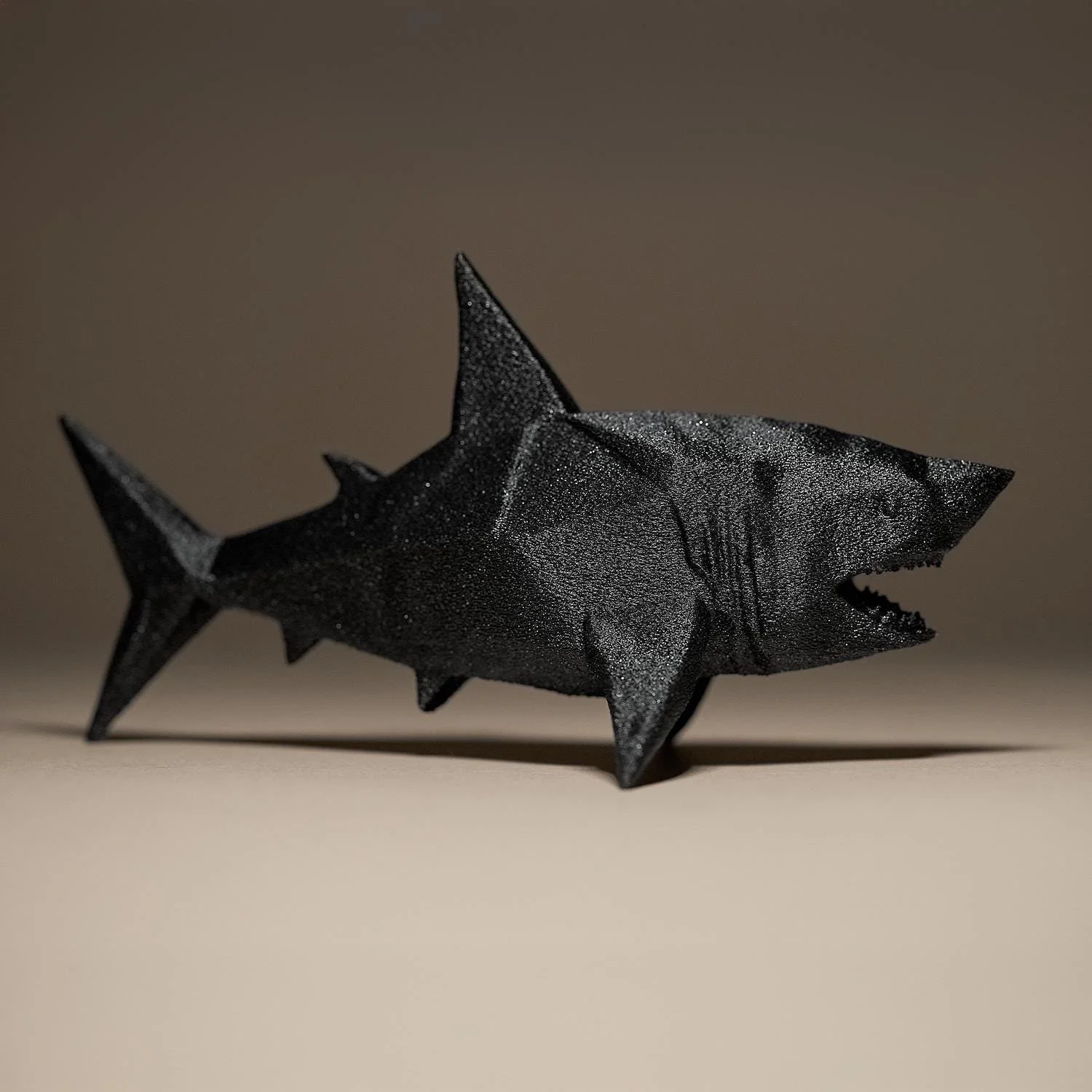
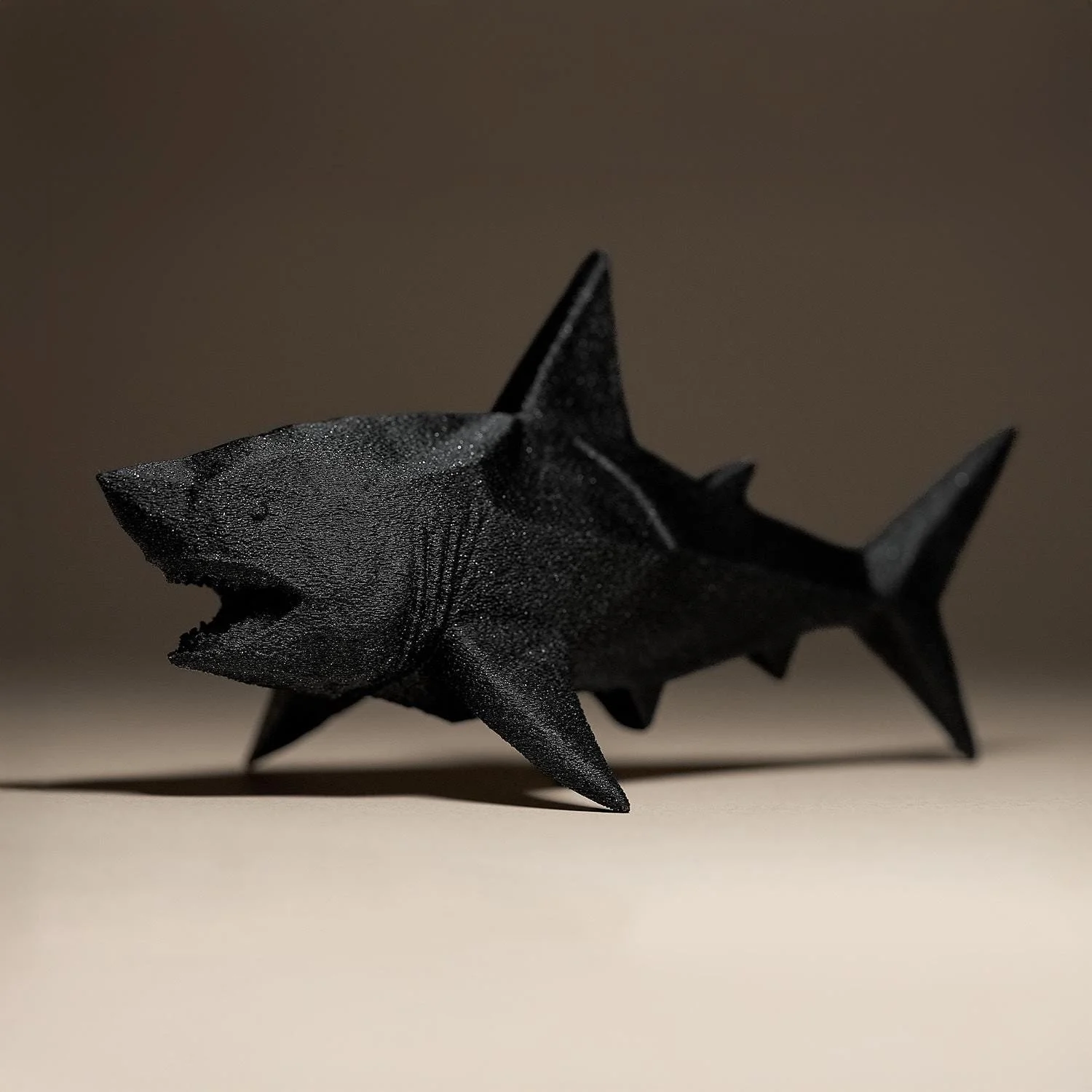
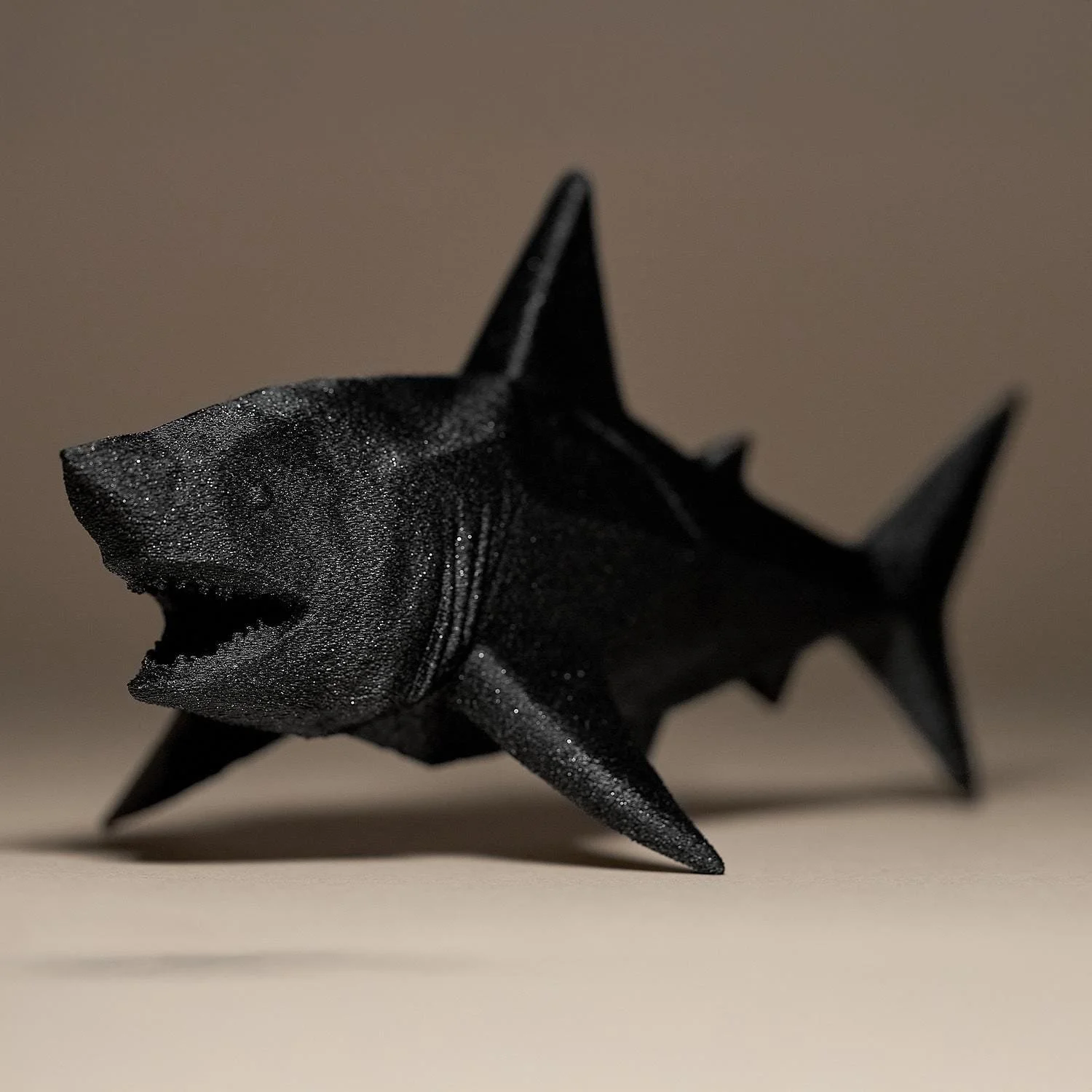

Quick View
The Sinister Shark - Silent Shadow • 3D Printed Plastic Figurine
from $22.00
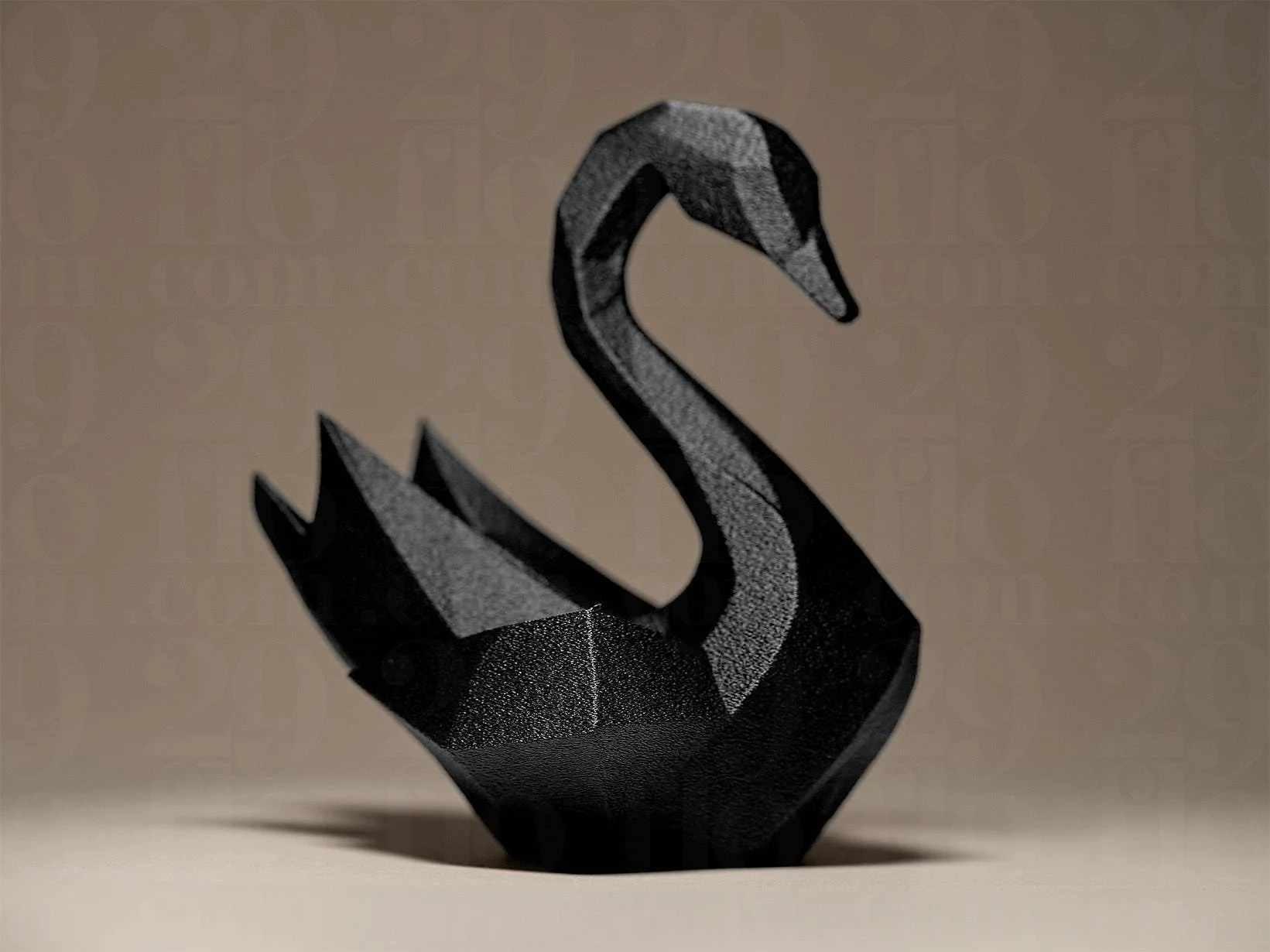
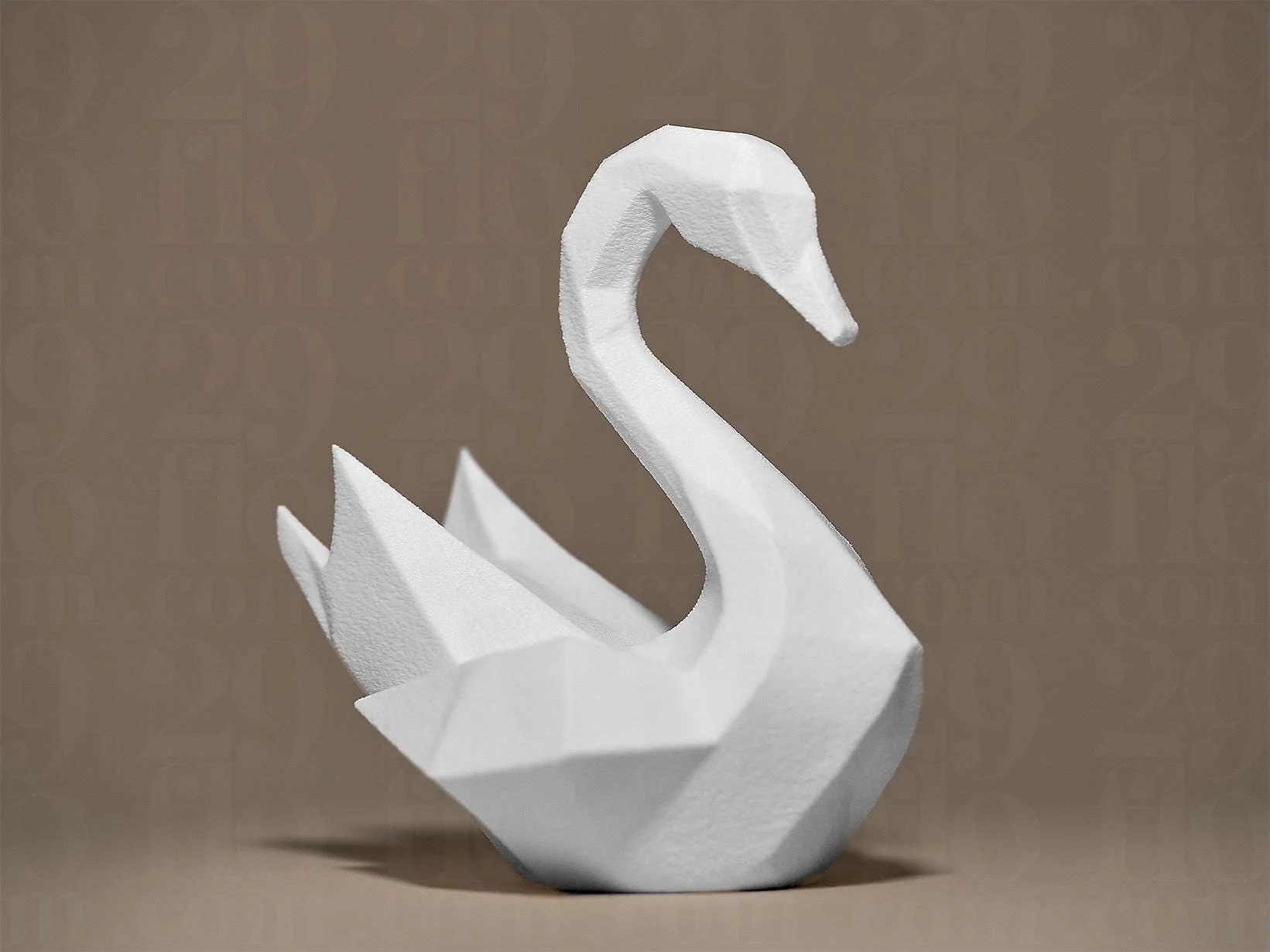
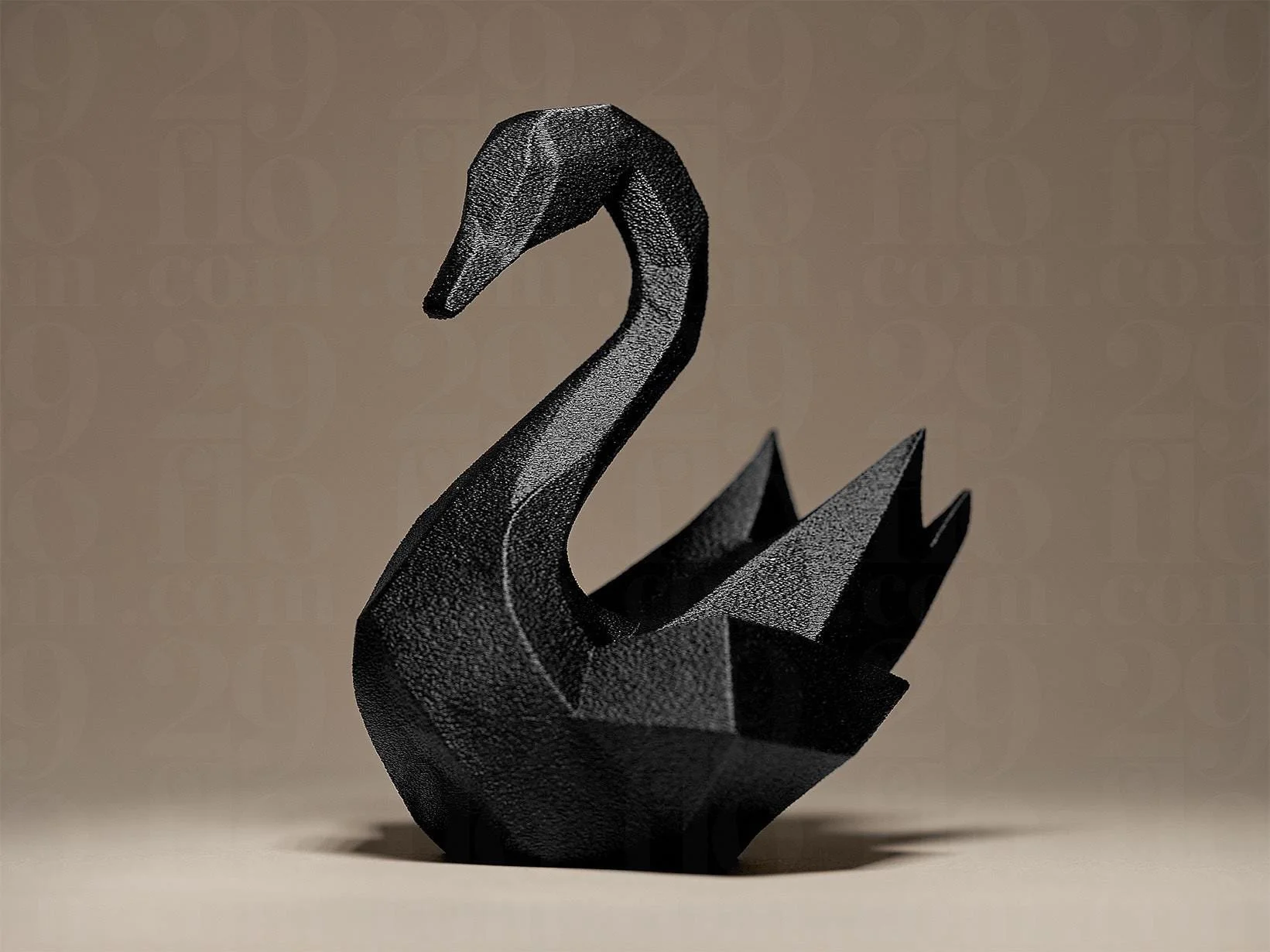
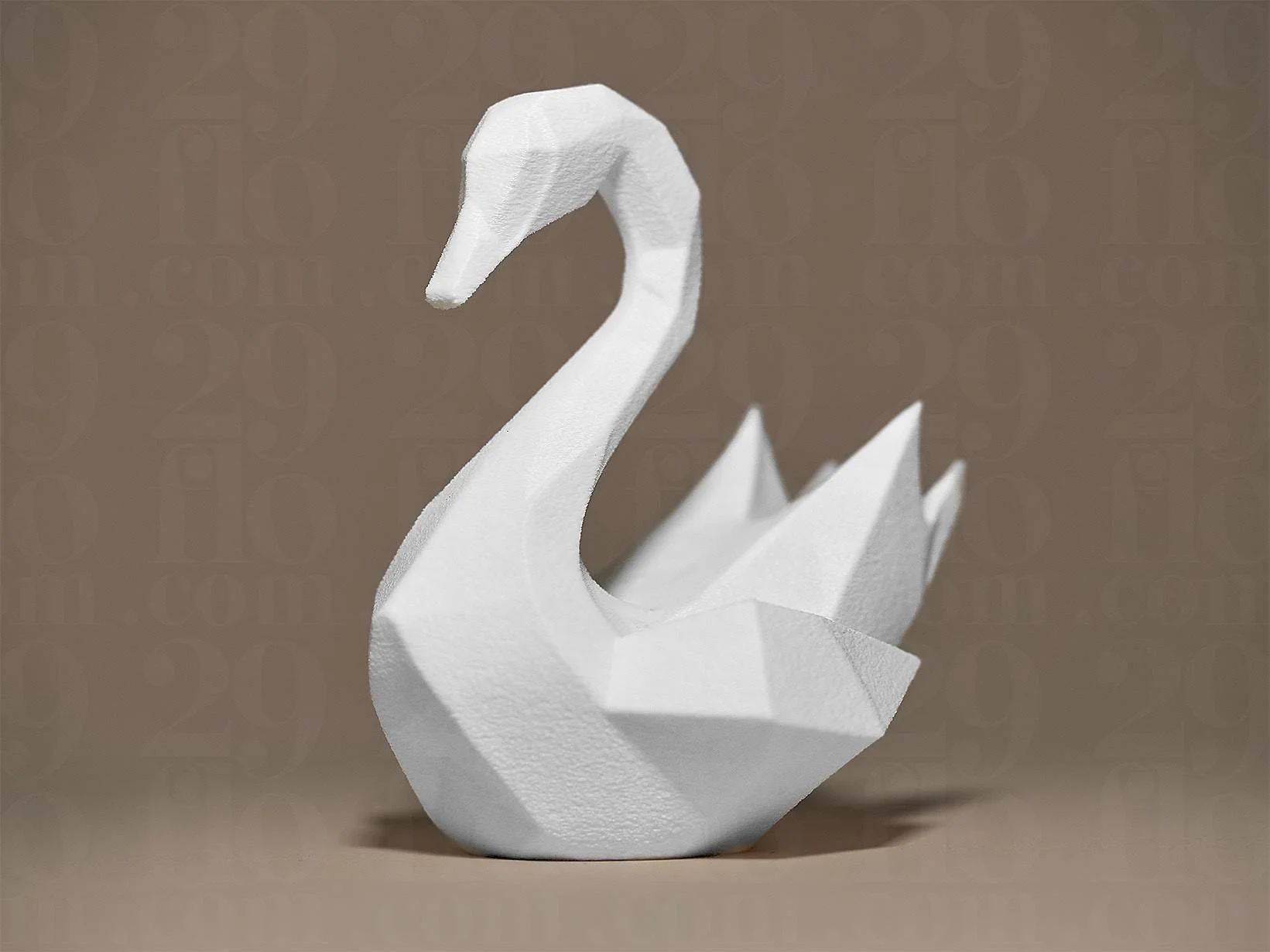
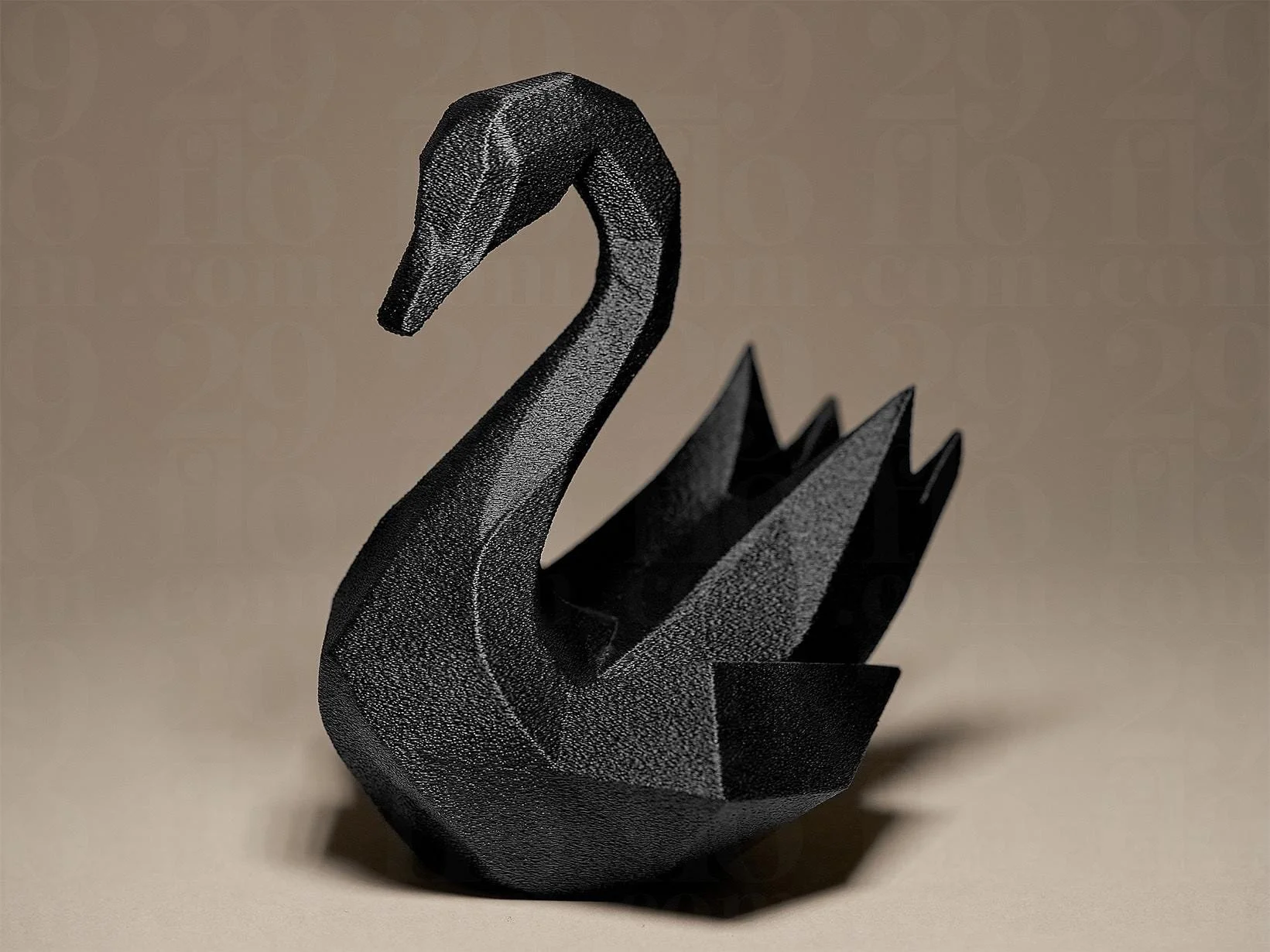

Quick View
The Sovereign Swan - Stylized Stature • 3D Printed Plastic Figurine
from $22.00




Quick View
The Polygonal Parrot - Perched Presence • 3D Printed Plastic Figurine
from $20.00




Quick View
The Poised Pigeon - Urban Presence • 3D Printed Plastic Figurine
from $22.00
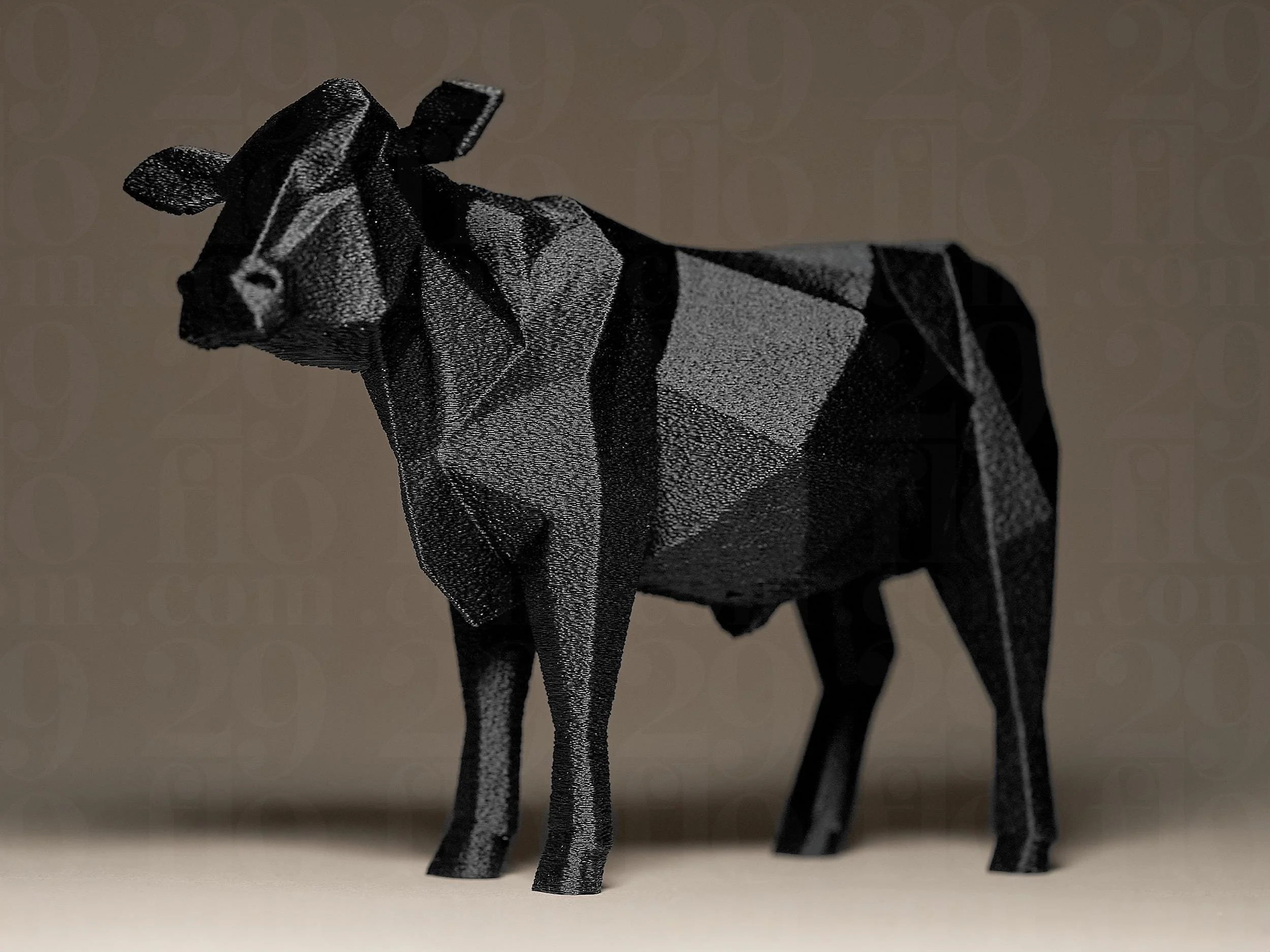


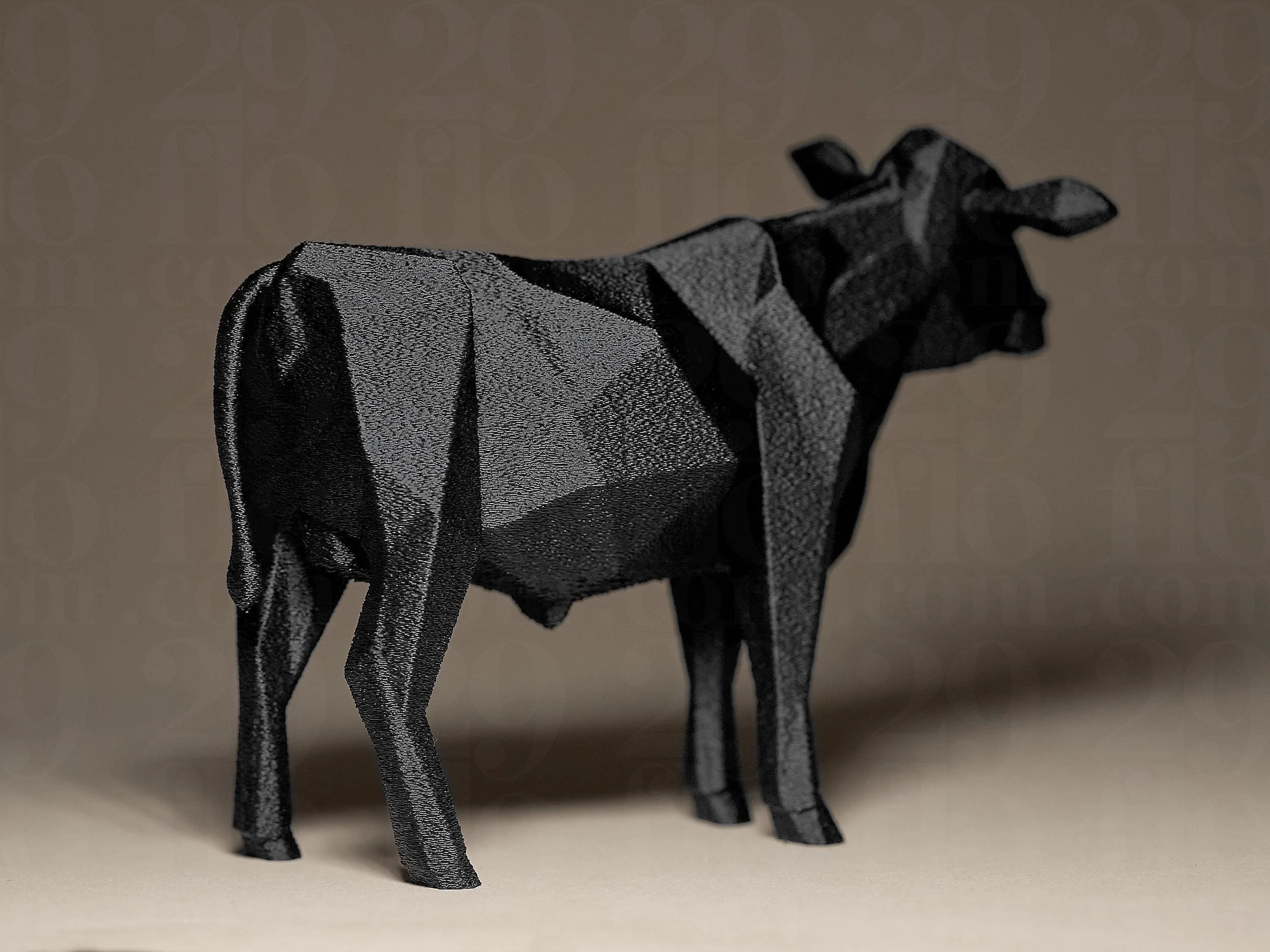

Quick View
The Contemporary Cow - Geometric Grace • 3D Printed Plastic Figurine
from $22.00
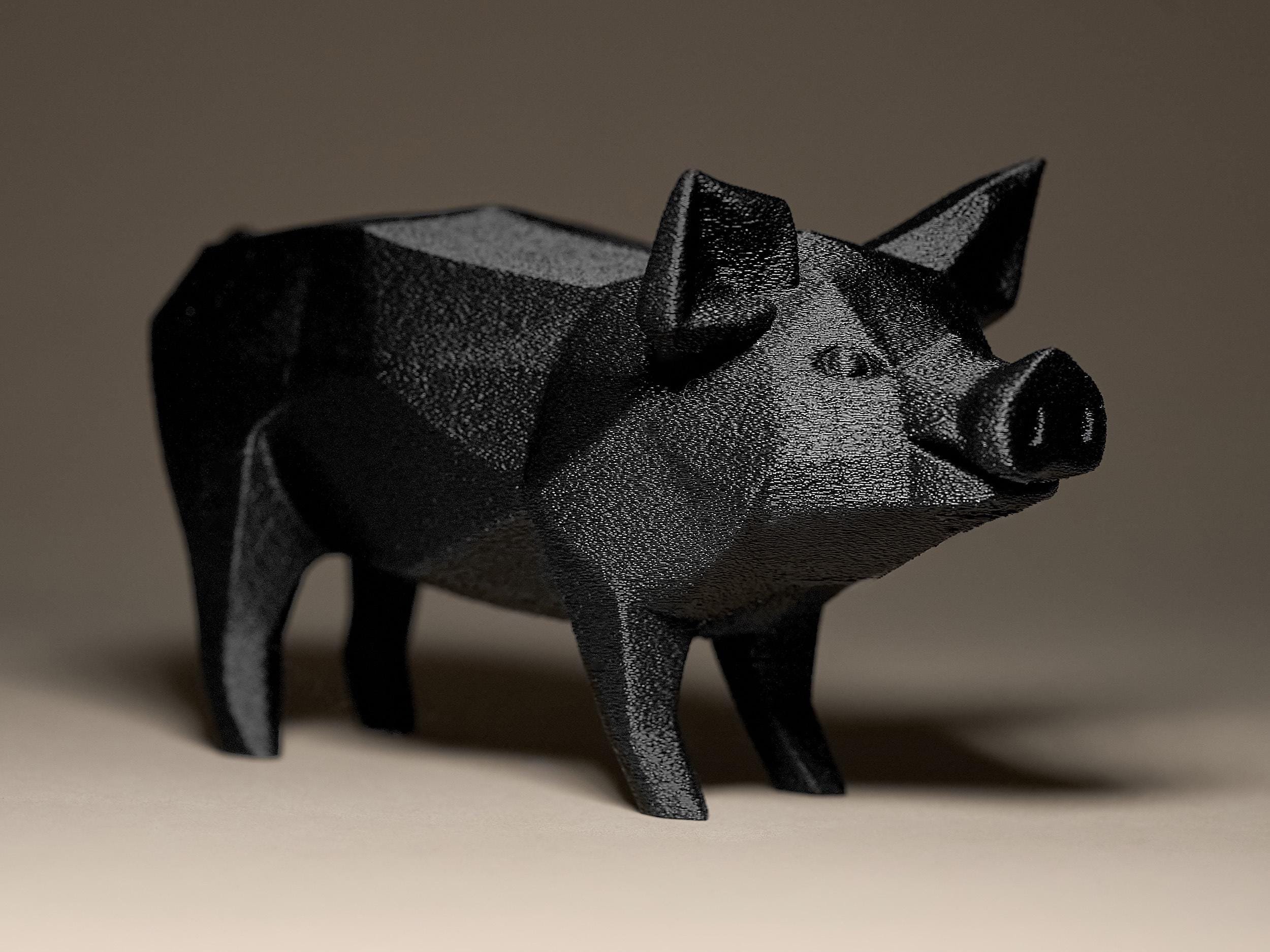
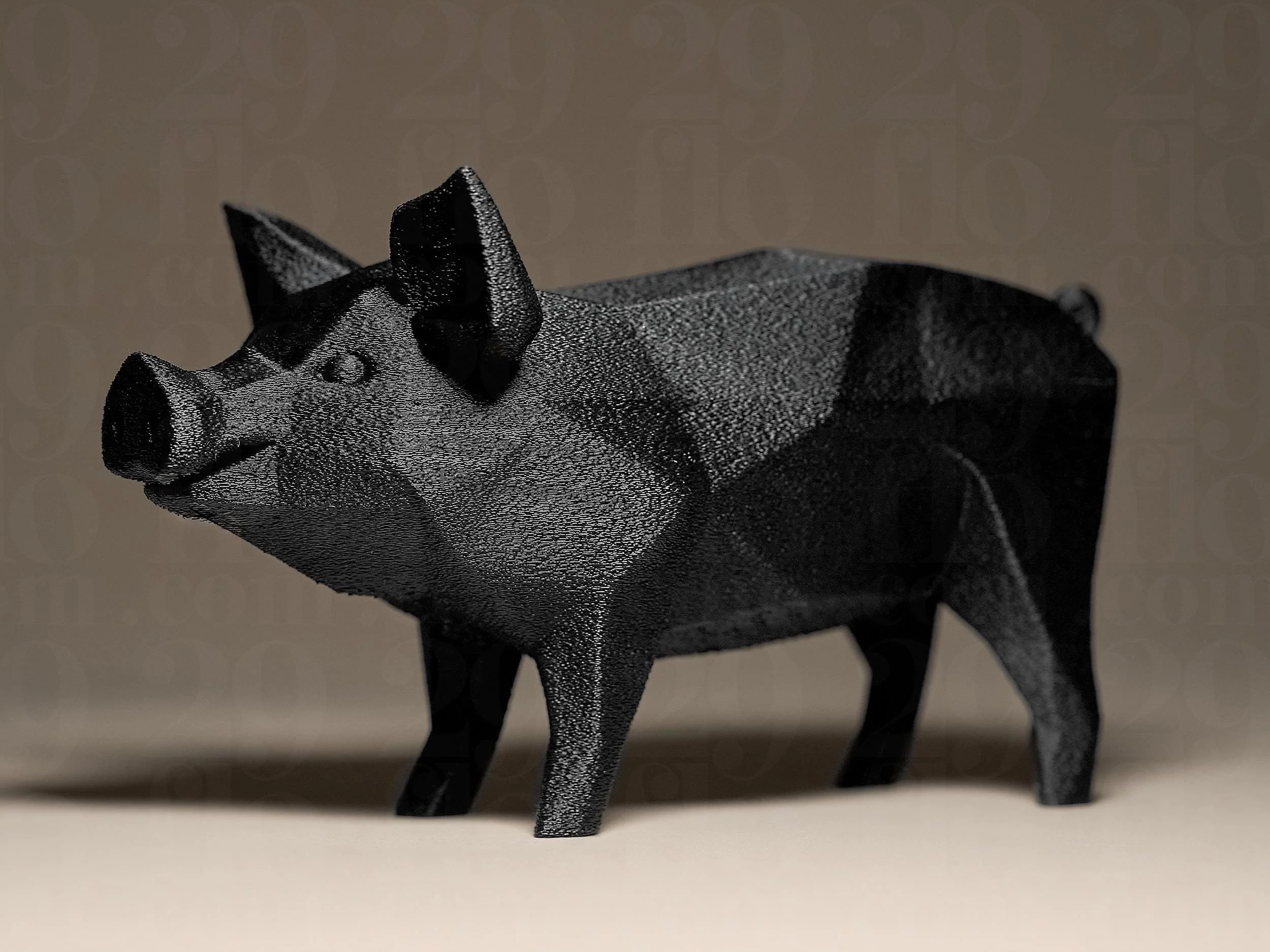
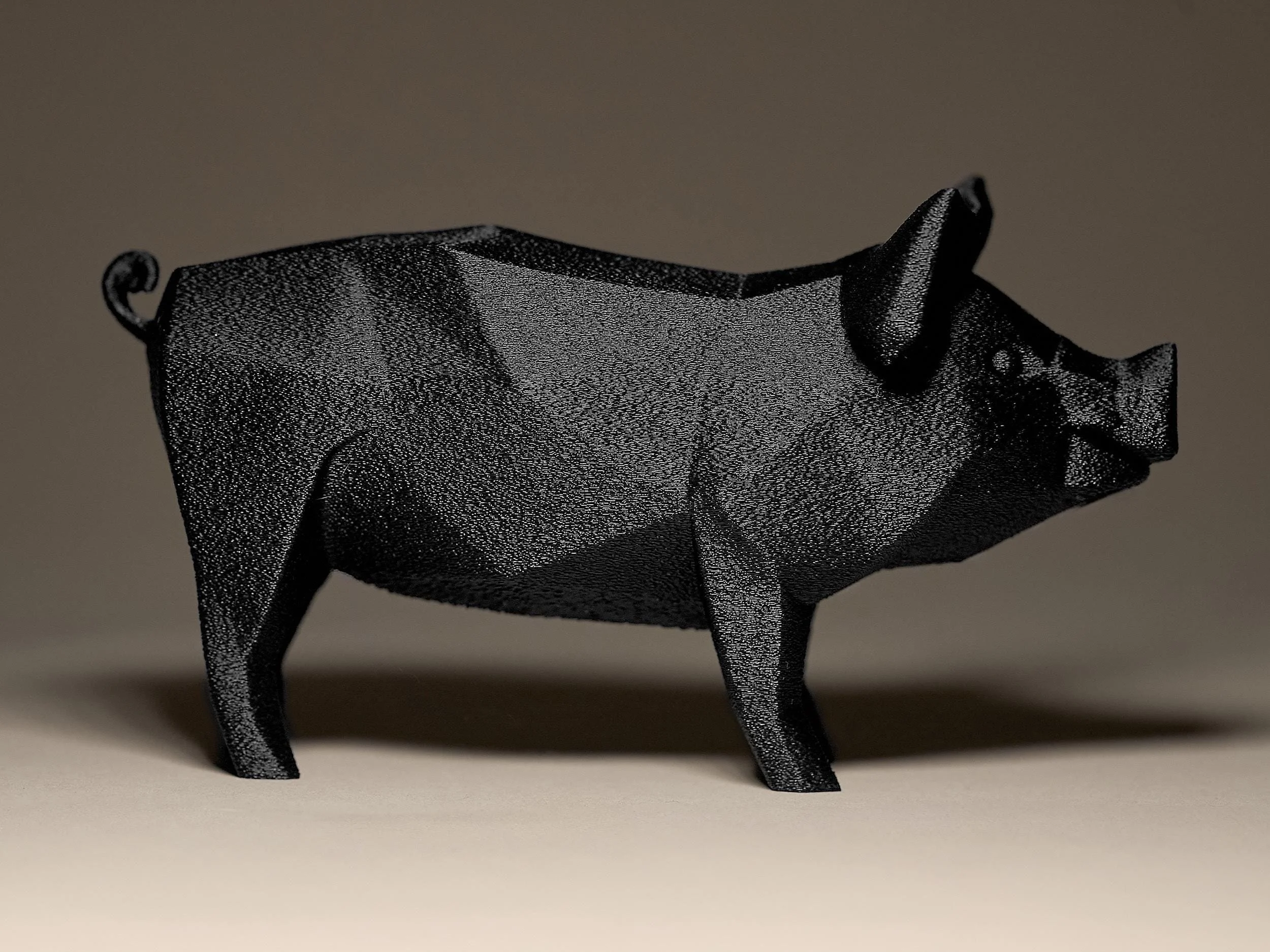

Quick View
The Portly Pig - Geometric Grower • 3D Printed Plastic Figurine
from $24.00





Quick View
The Geometric Goat - Majestic Mountain-dweller • 3D Printed Plastic Figurine
from $20.00
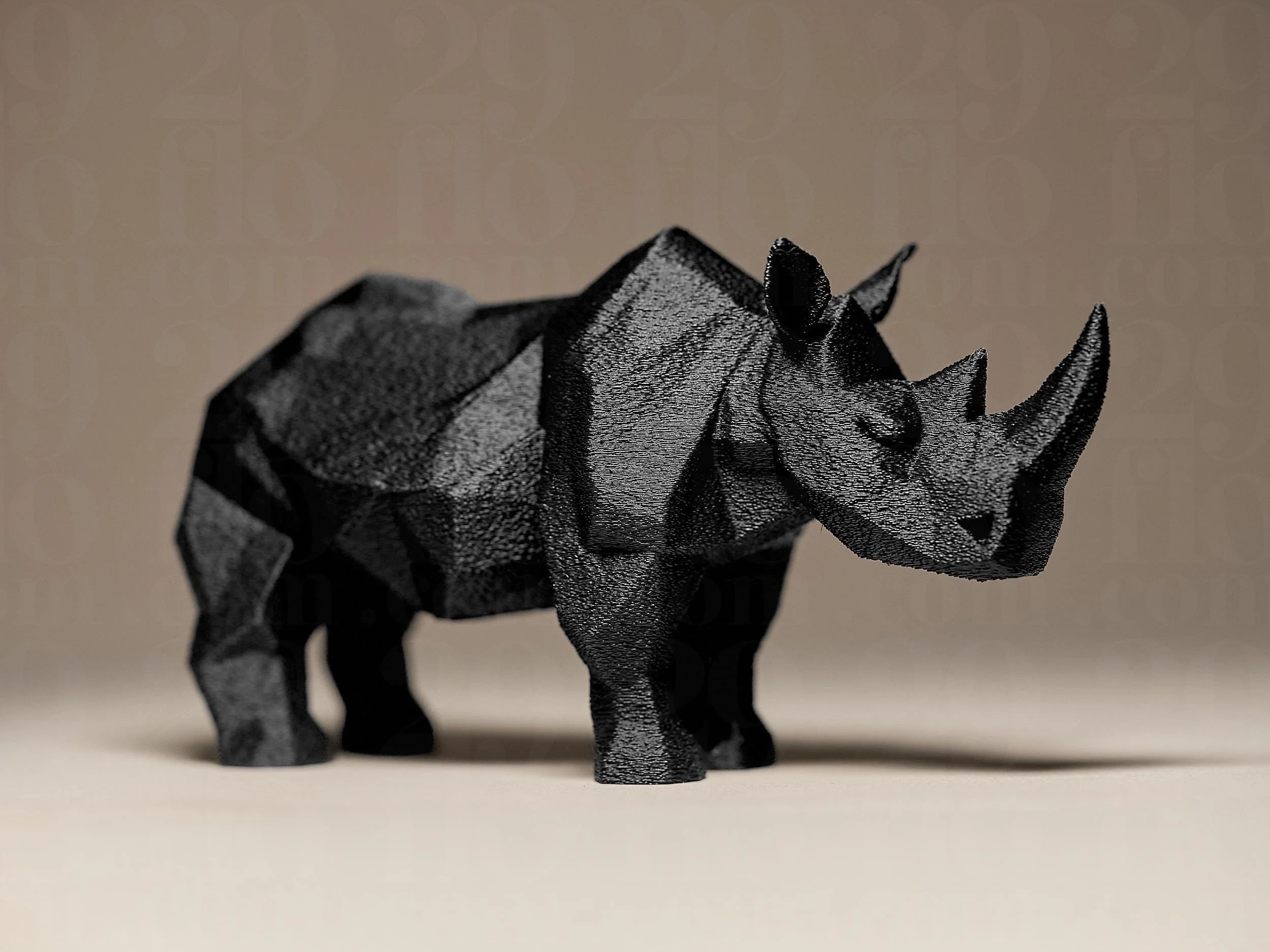

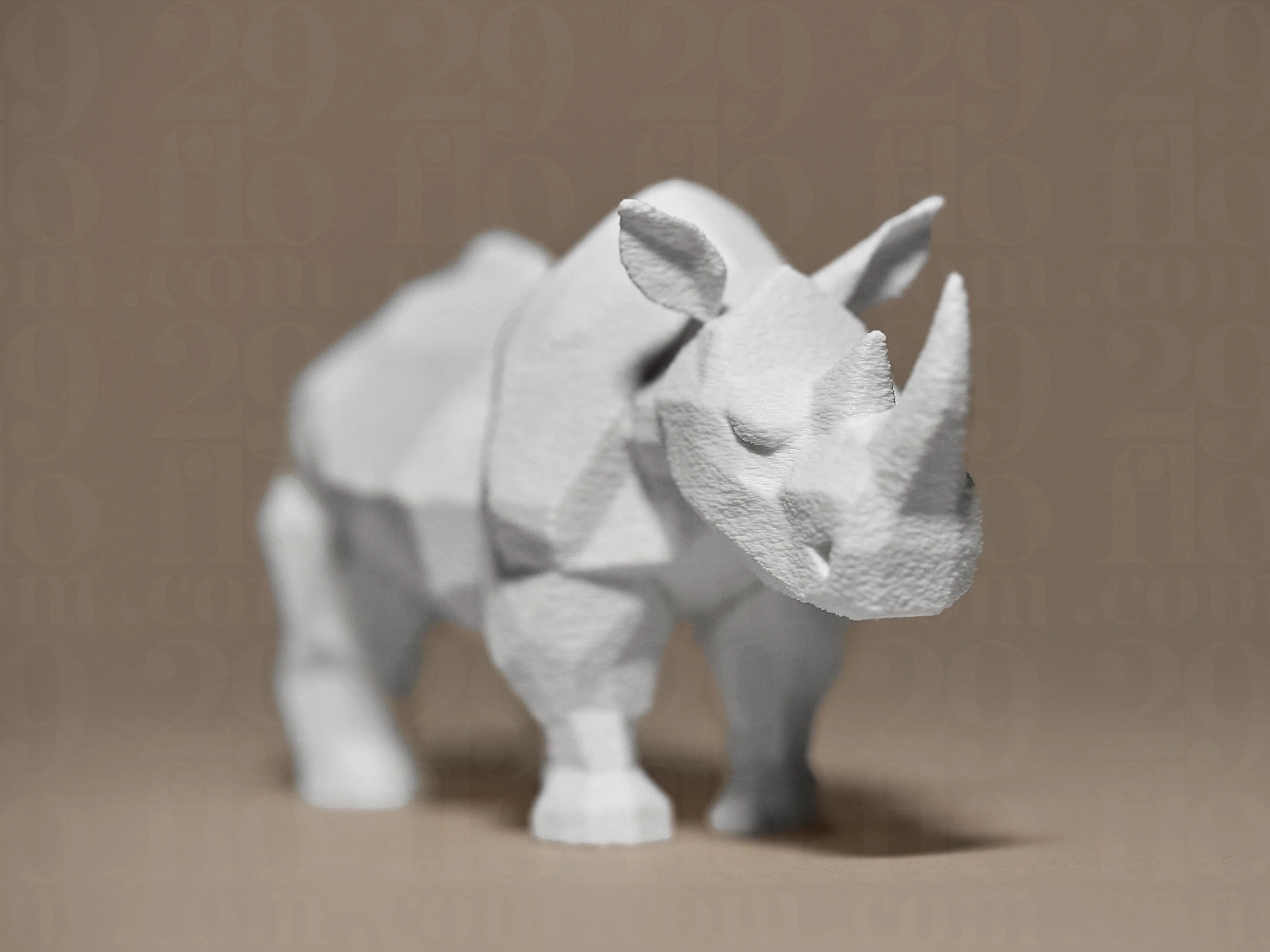
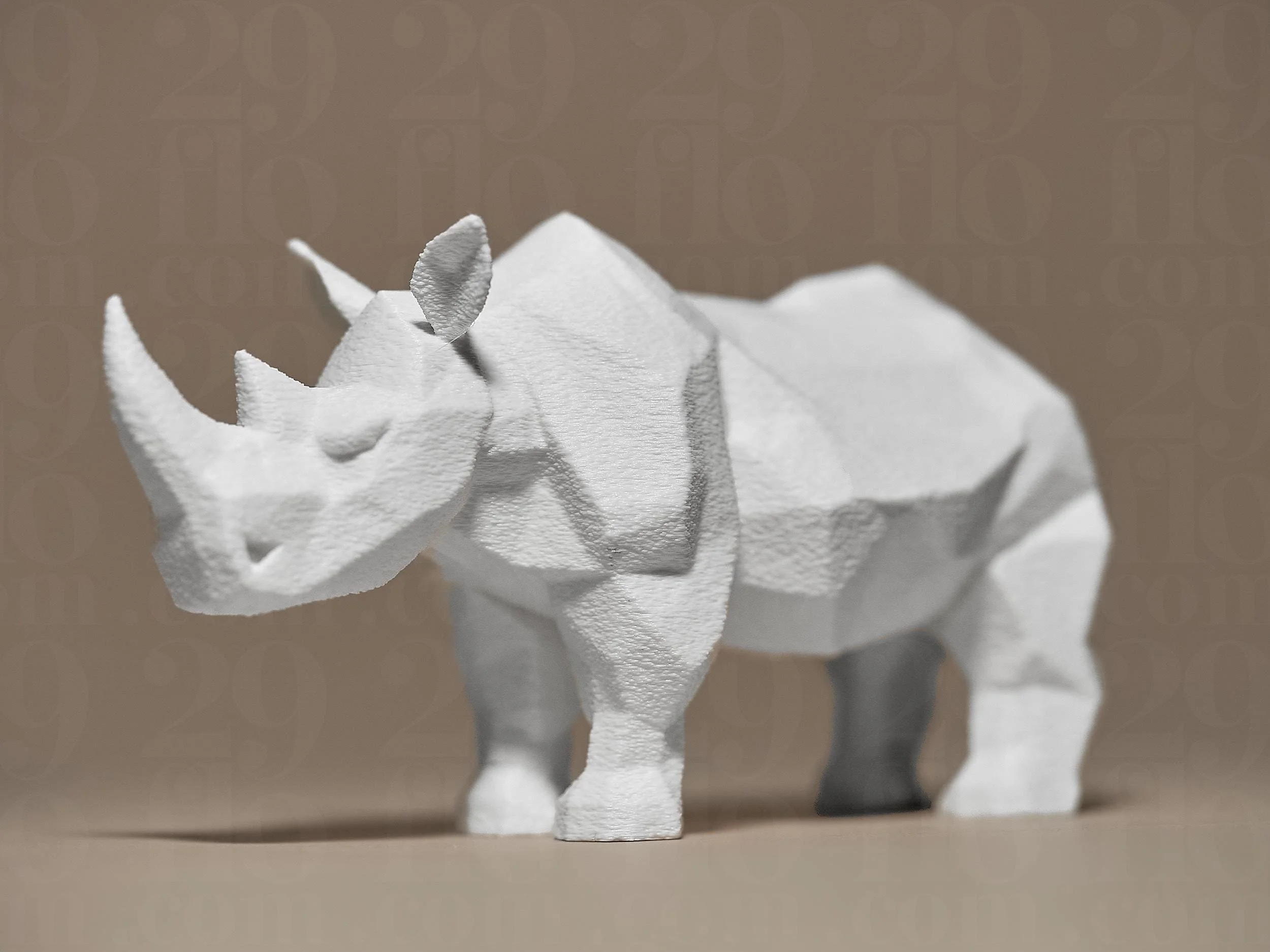
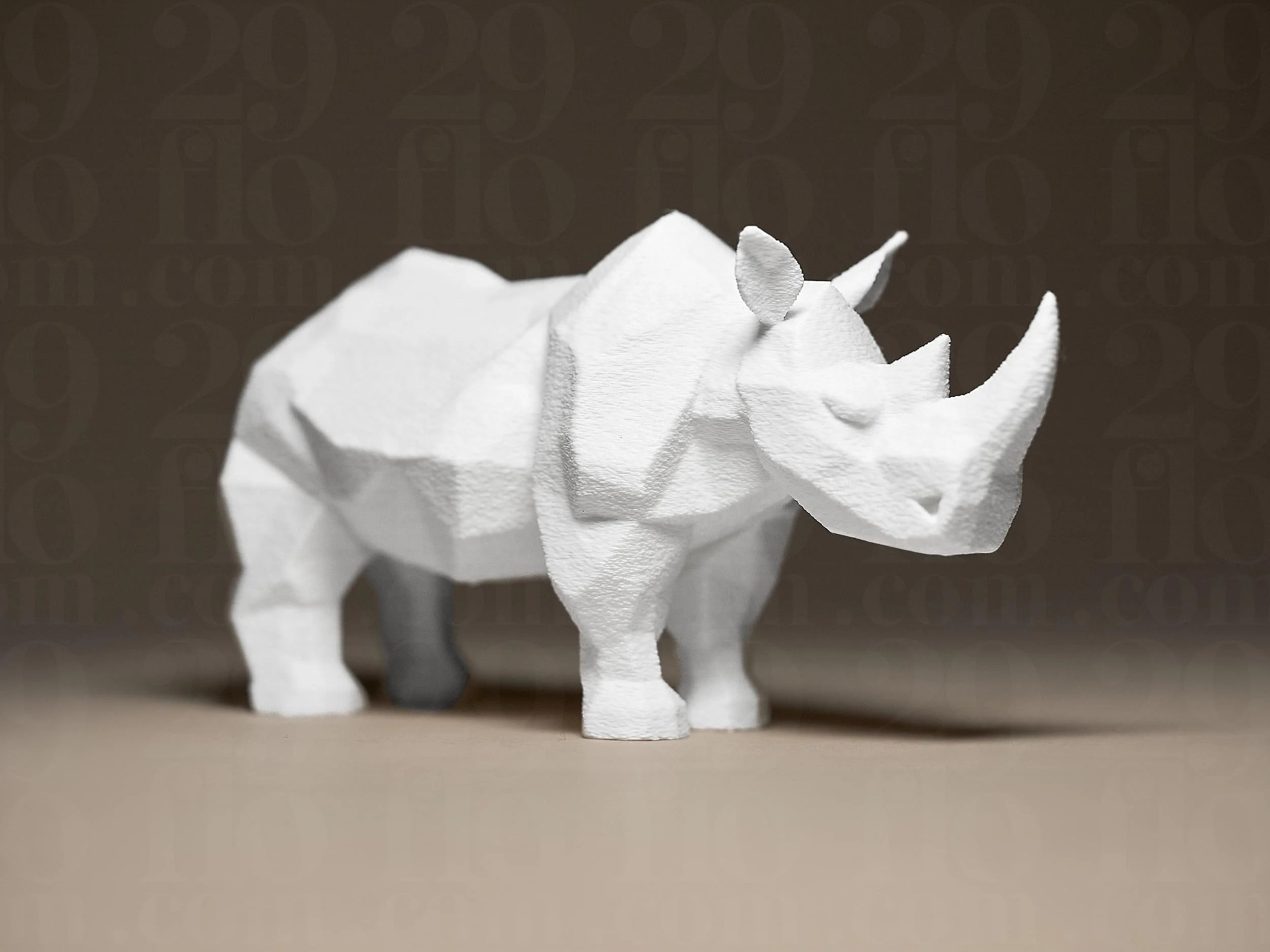
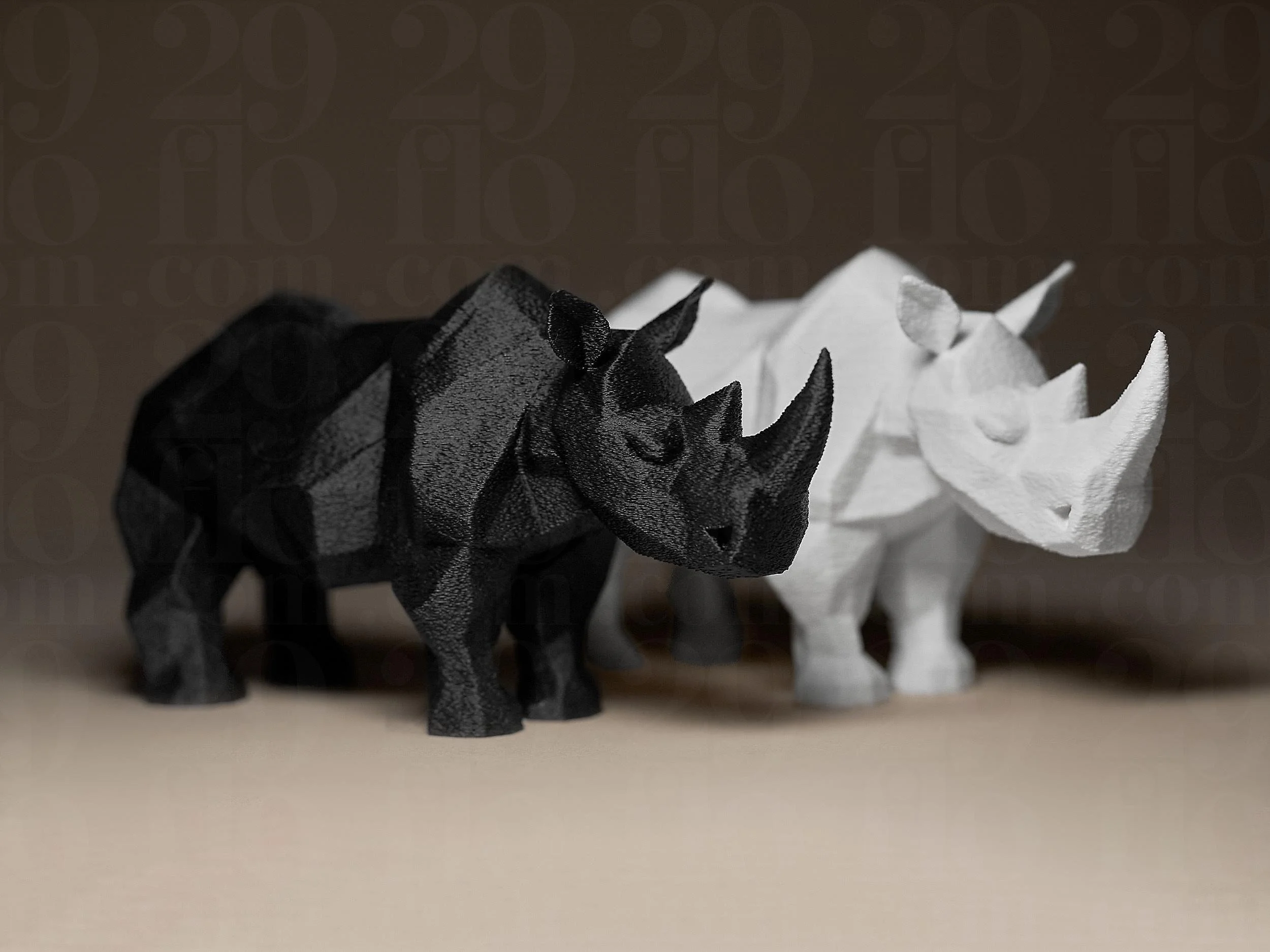

Quick View
The Robust Rhino - Solid Stance • 3D Printed Plastic Figurine
from $26.00




Quick View
The Sacred Savior - Geometric Grace • 3D Printed Plastic Figurine
from $22.00
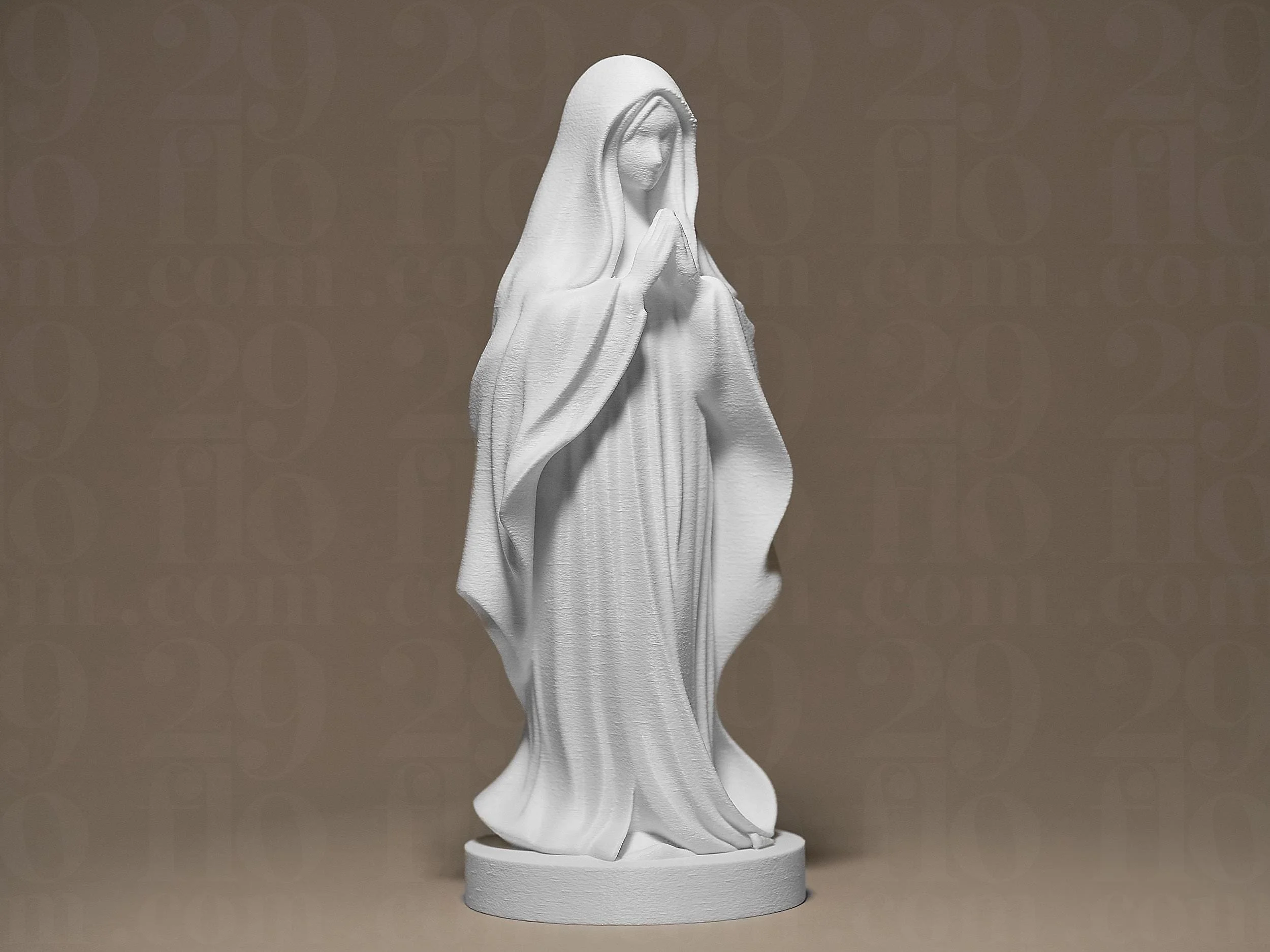
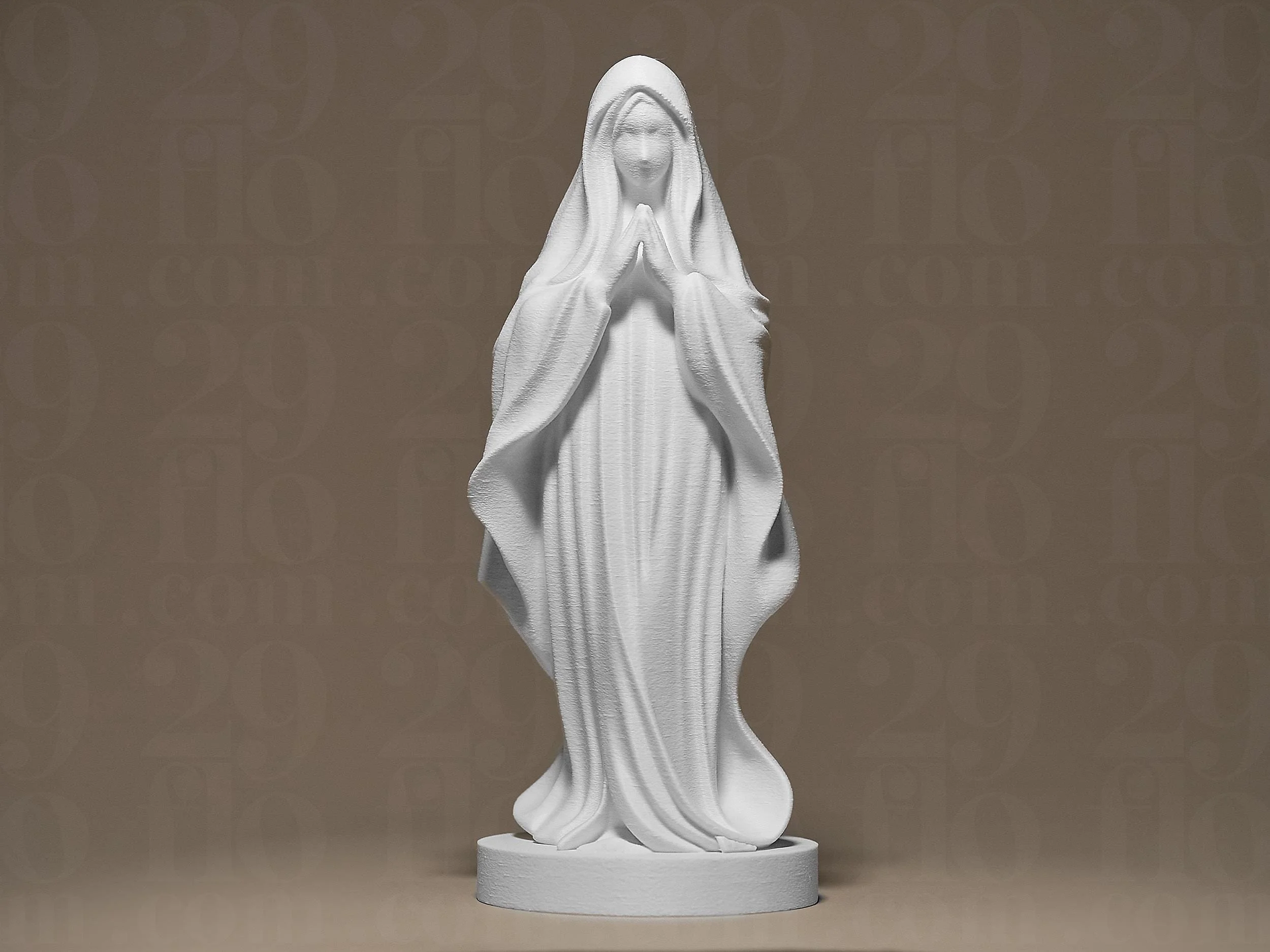

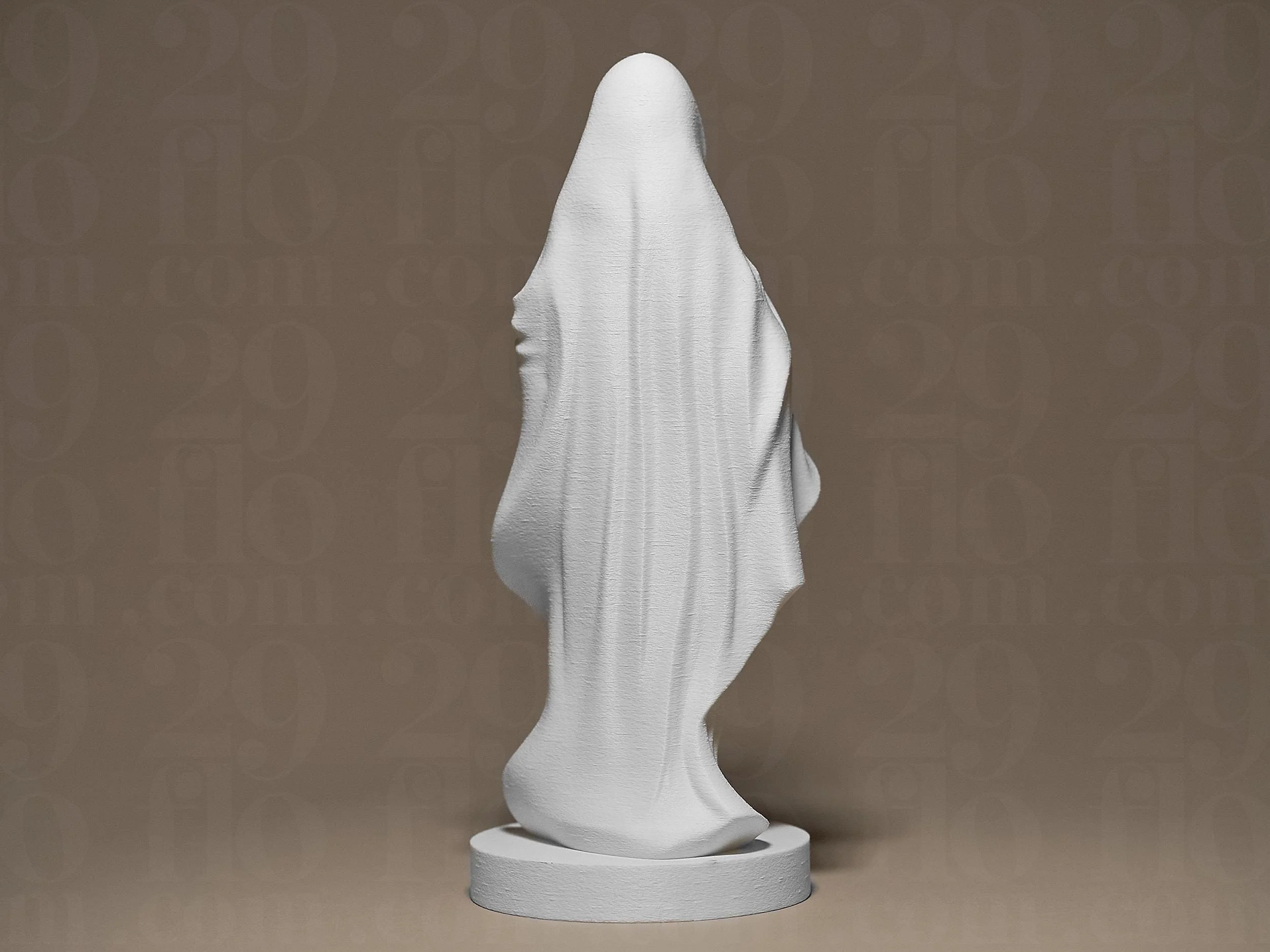

Quick View
The Meditative Mary - Sacred Silhouette • 3D Printed Plastic Figurine
from $22.00

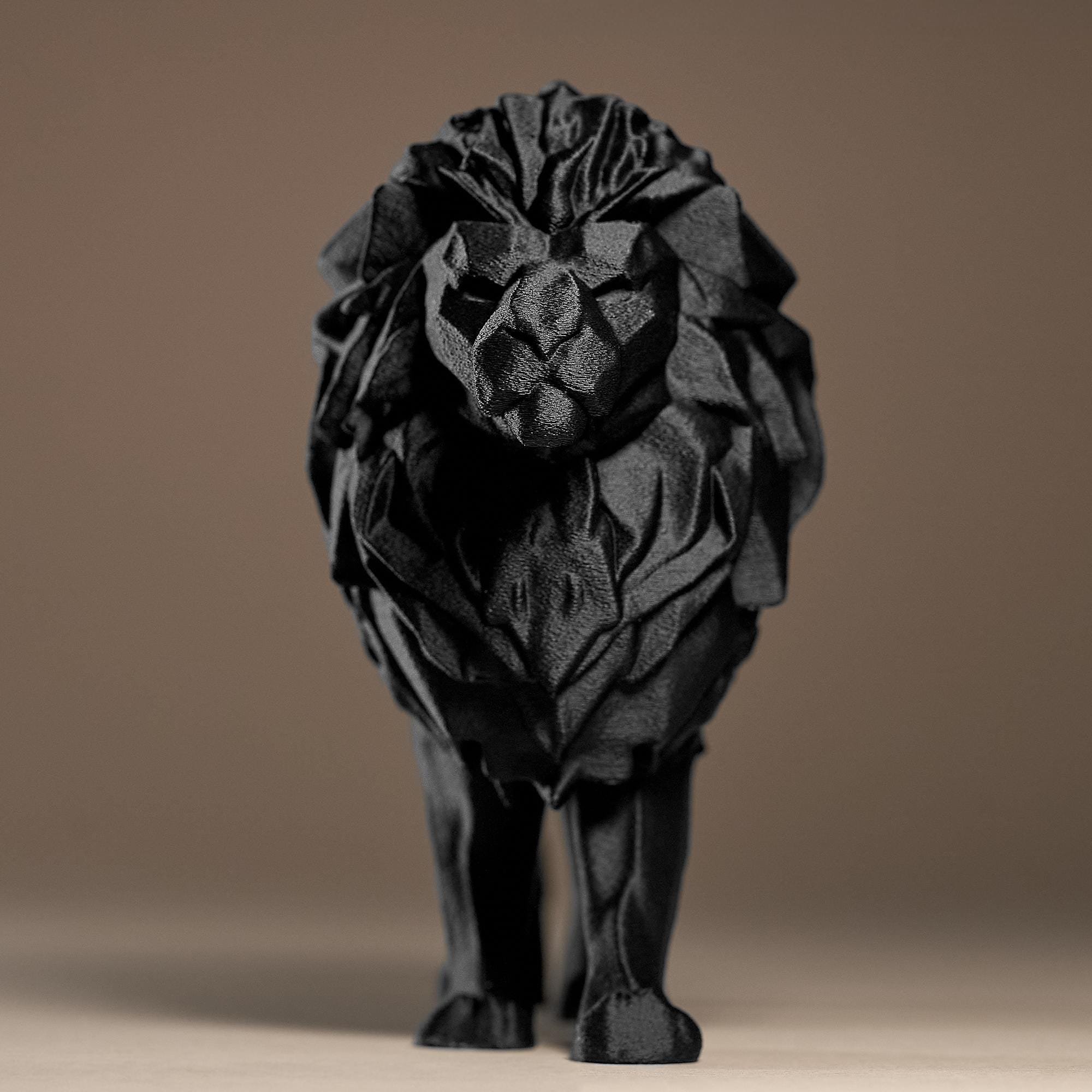
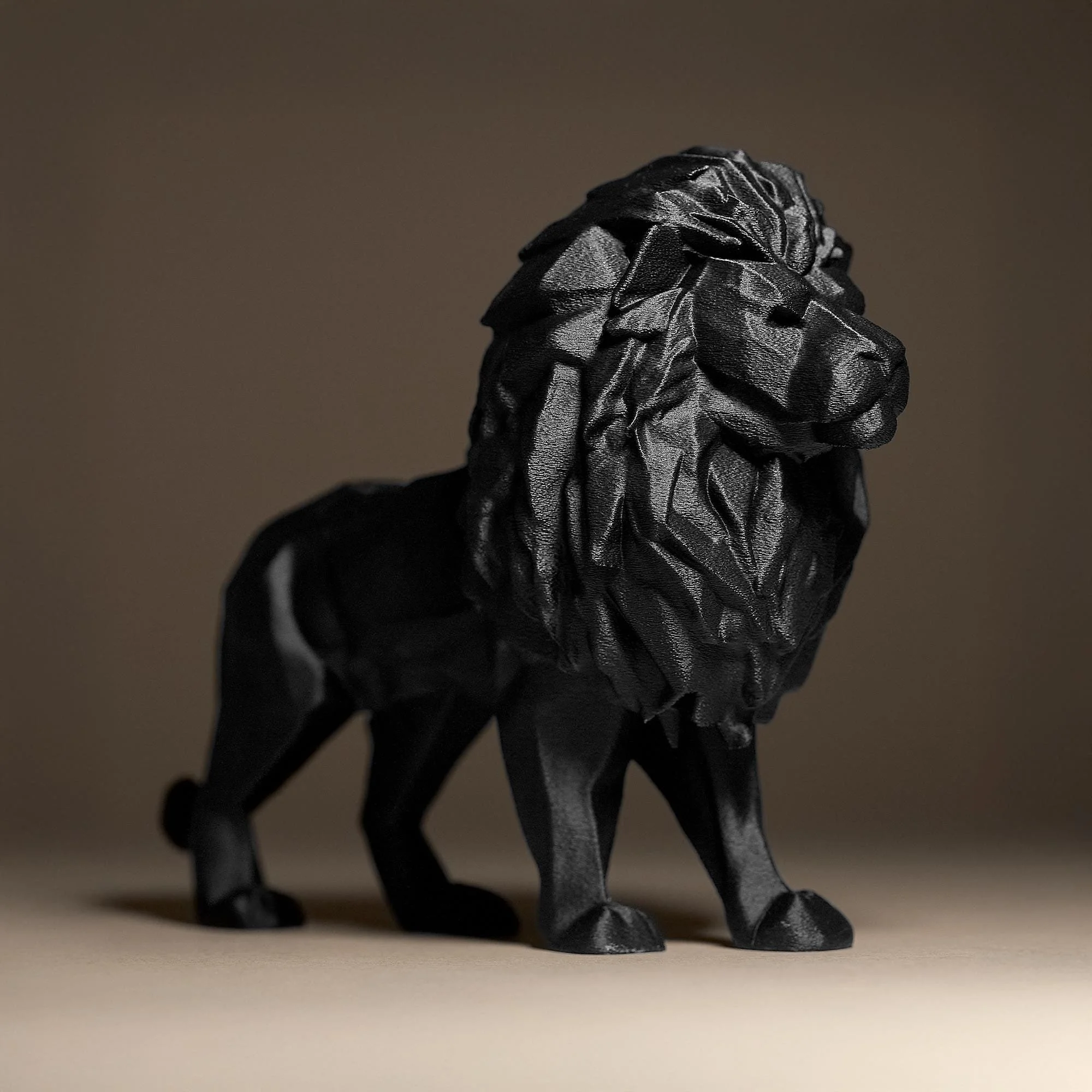


Quick View
The Stately Lion - Geometric Grace • 3D Printed Plastic Figurine
from $22.00



Quick View
The Heartfelt Harmony - Abstract Ardor • 3D Printed Plastic Figurine
from $22.00




Quick View
The Sensual Silhouette - Twisting Torso • 3D Printed Plastic Figurine
from $20.00




Quick View
The Kindred Kitties - Feline Formation • 3D Printed Plastic Figurine
from $22.00





Quick View
The Maternal Moment - Hallowed Heart • 3D Printed Plastic Figurine
from $22.00




Quick View
The Modern Mother - Geometric Grace • 3D Printed Plastic Figurine
from $22.00







